Five poems of remembrance for the Jews of Greece, five visual elegies to contemplate what genocide leaves behind.
1. Elegy for Evraiki
A poem of remembrance for the Jews of Crete, whose communities existed at least since the time of Alexander the Great. The photographs were made in the historic Jewish quarter of Chania, still called Evraiki.
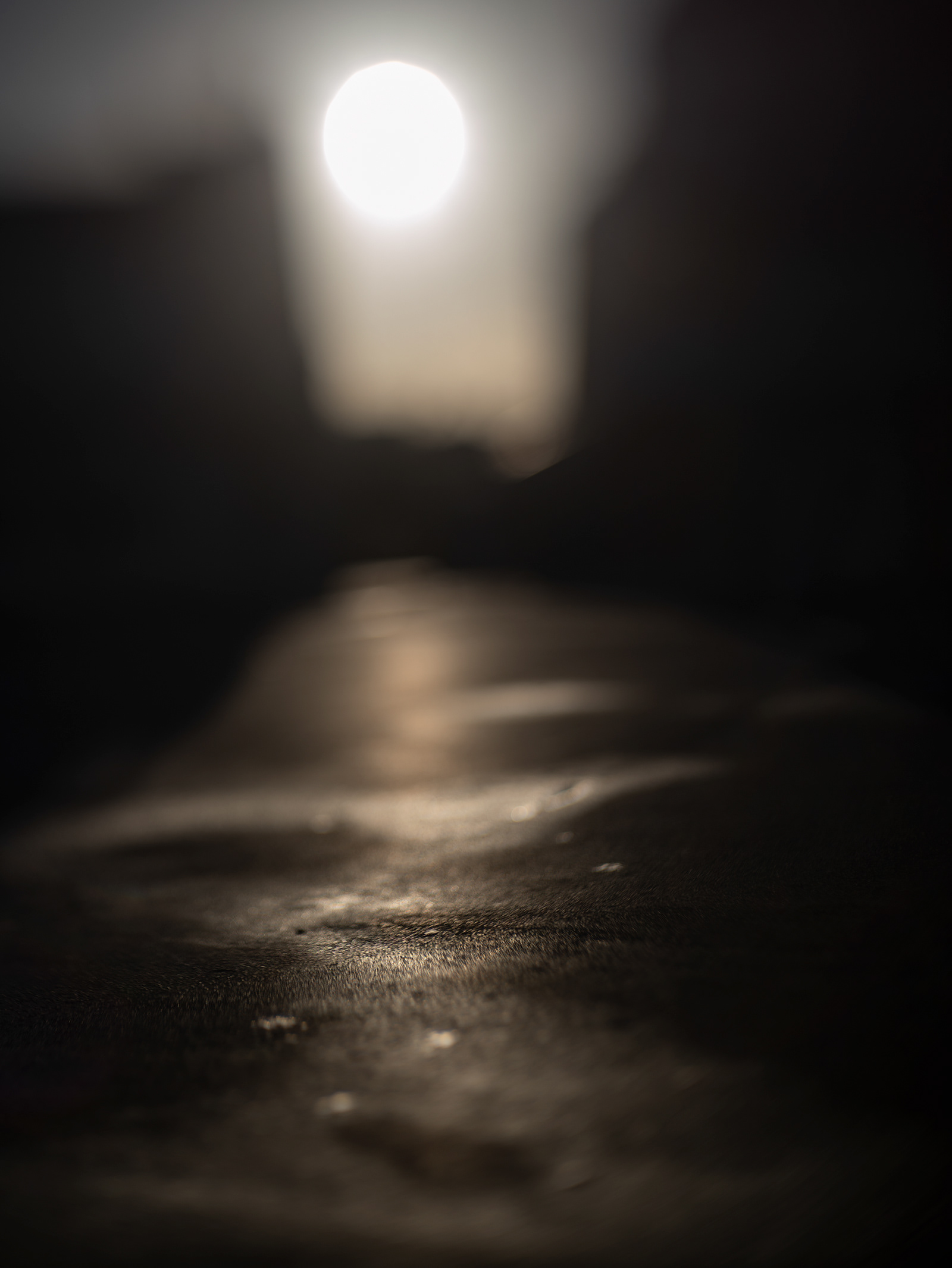
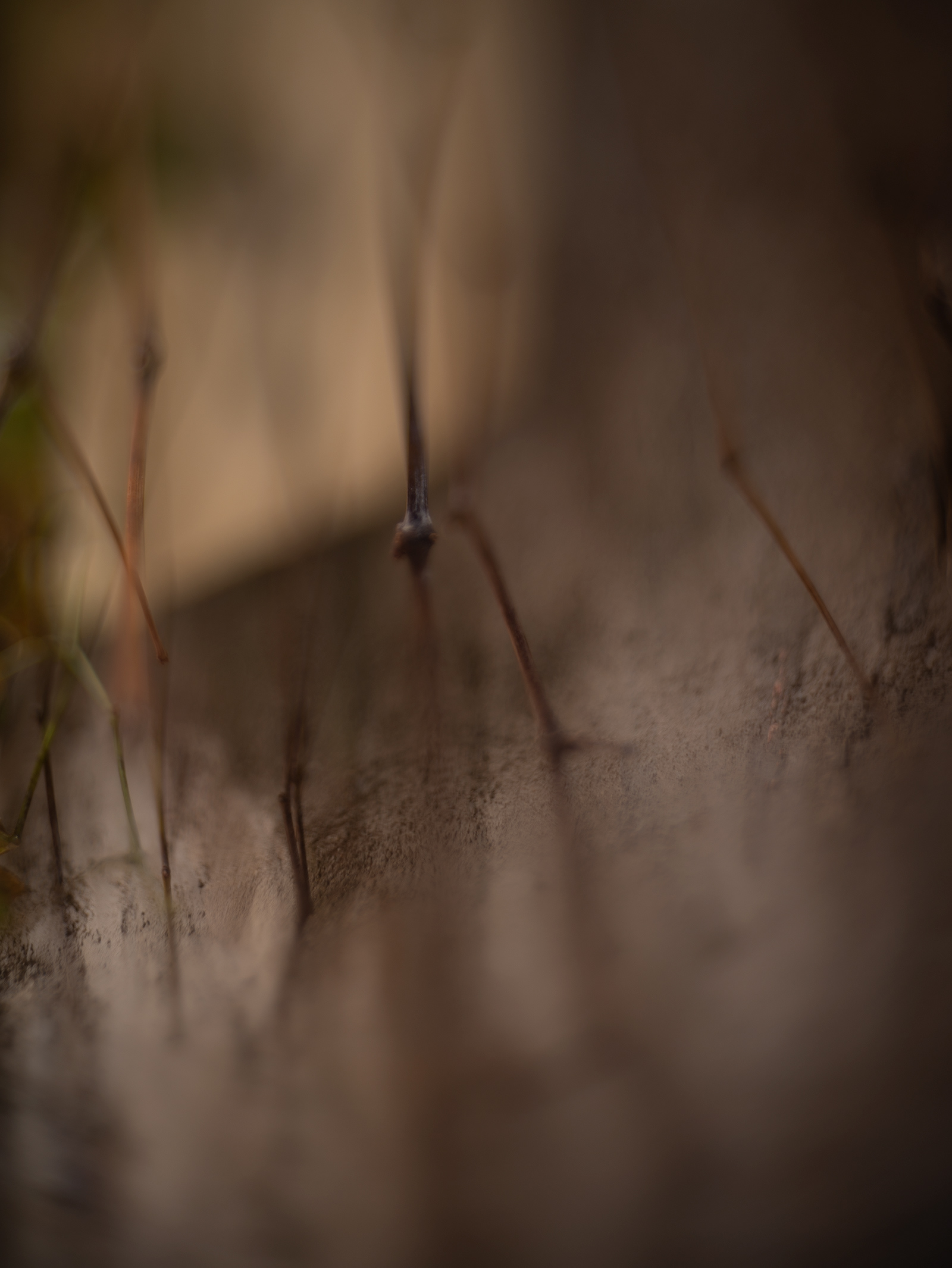
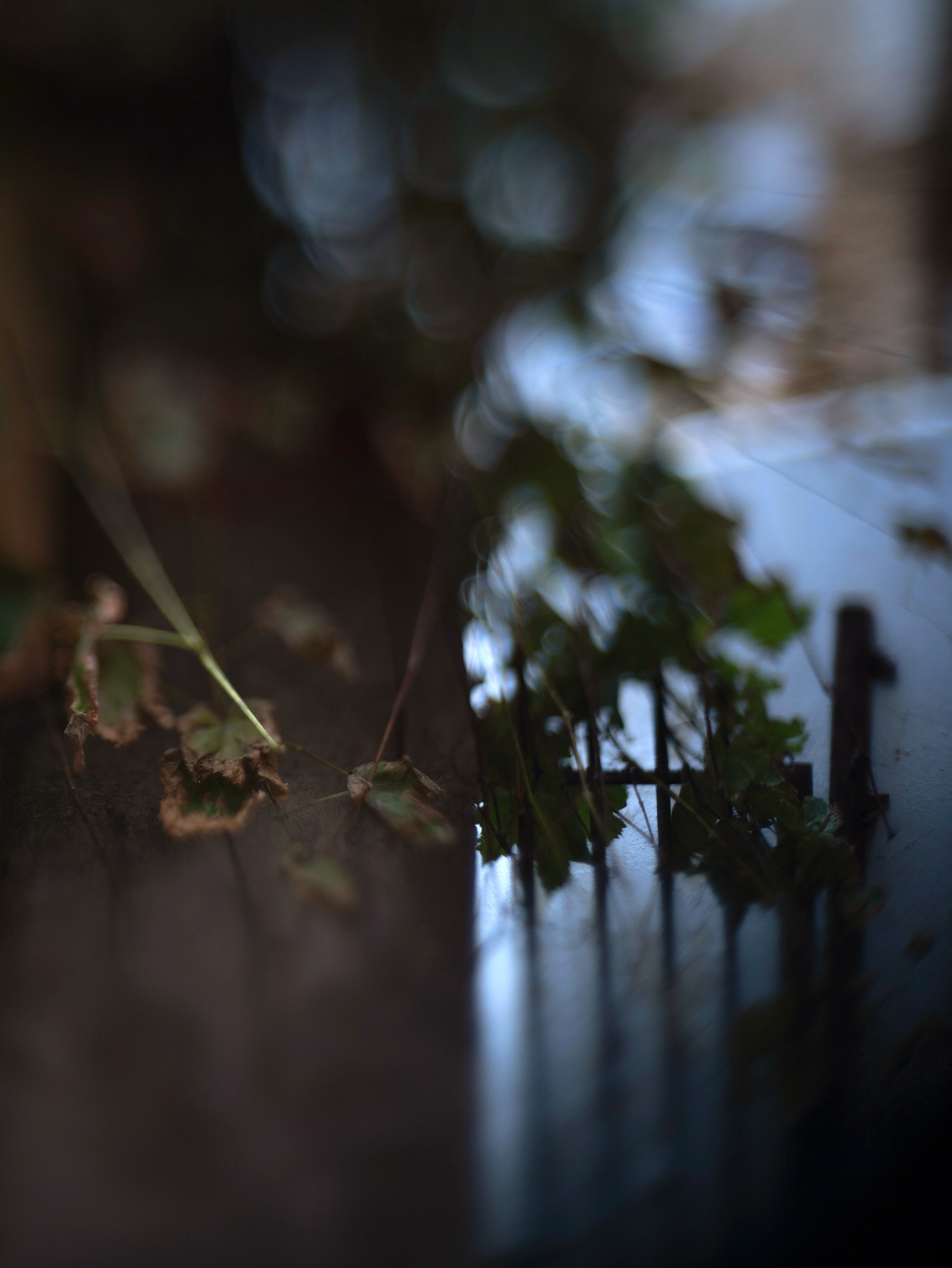
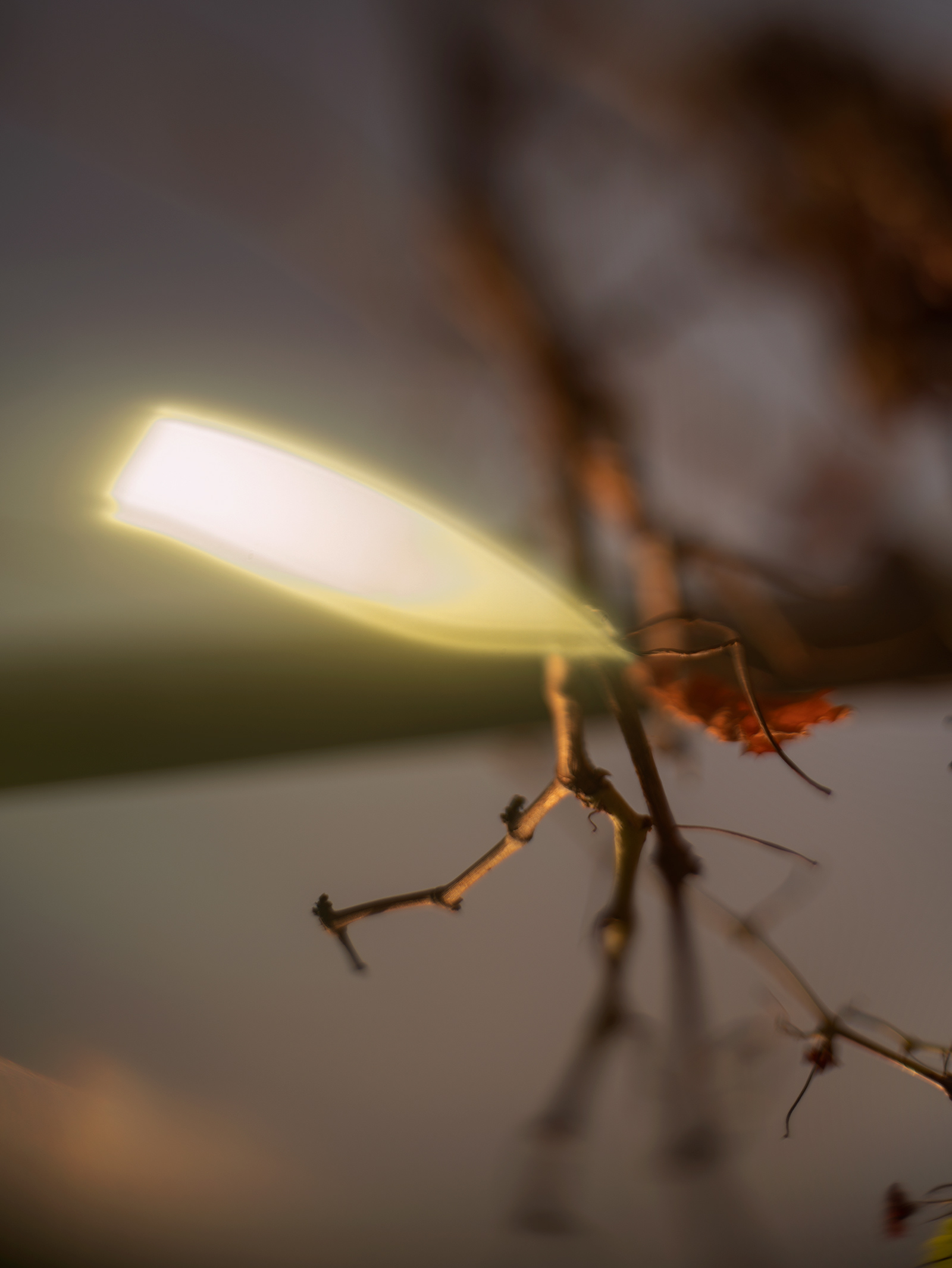
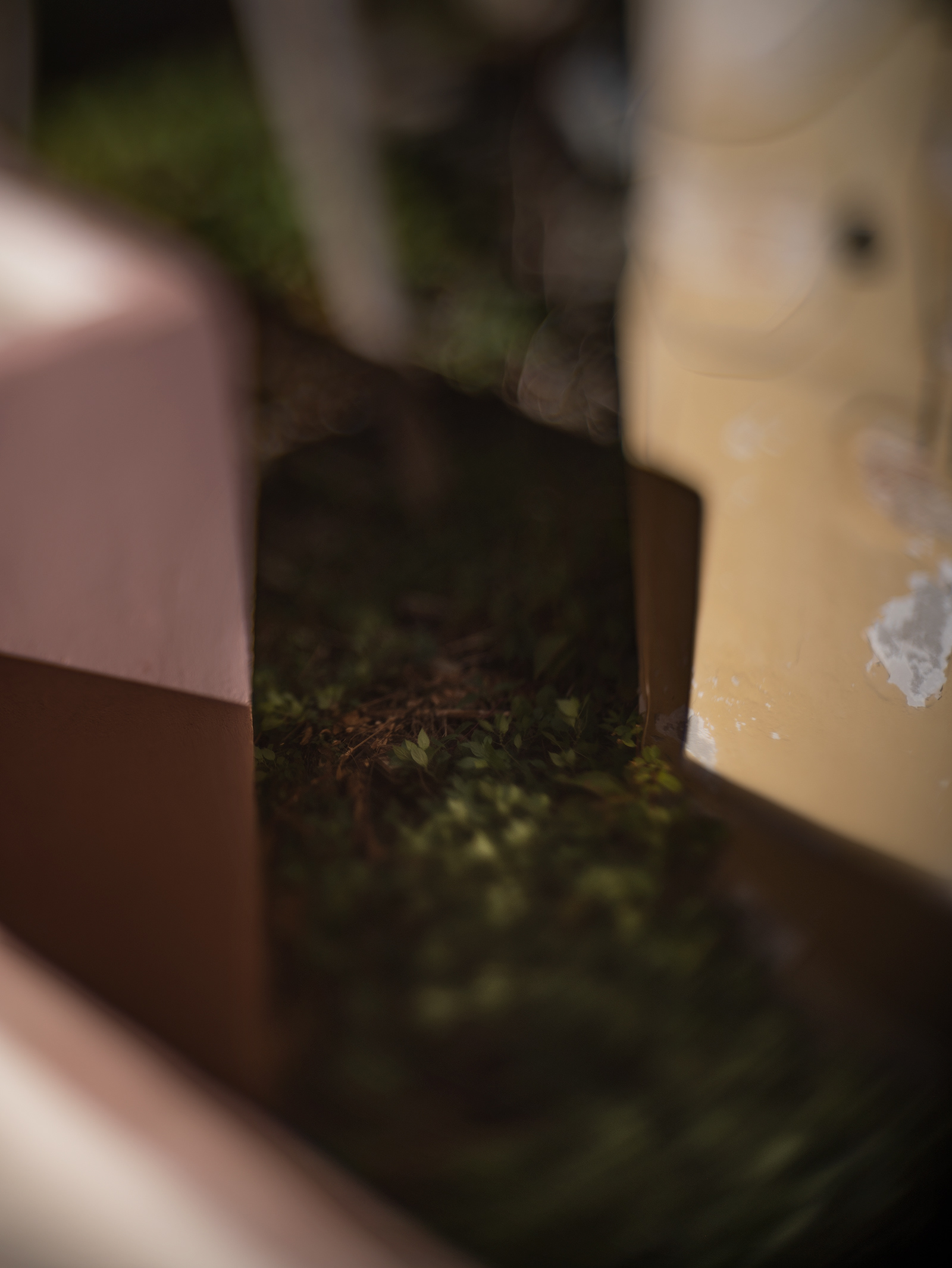
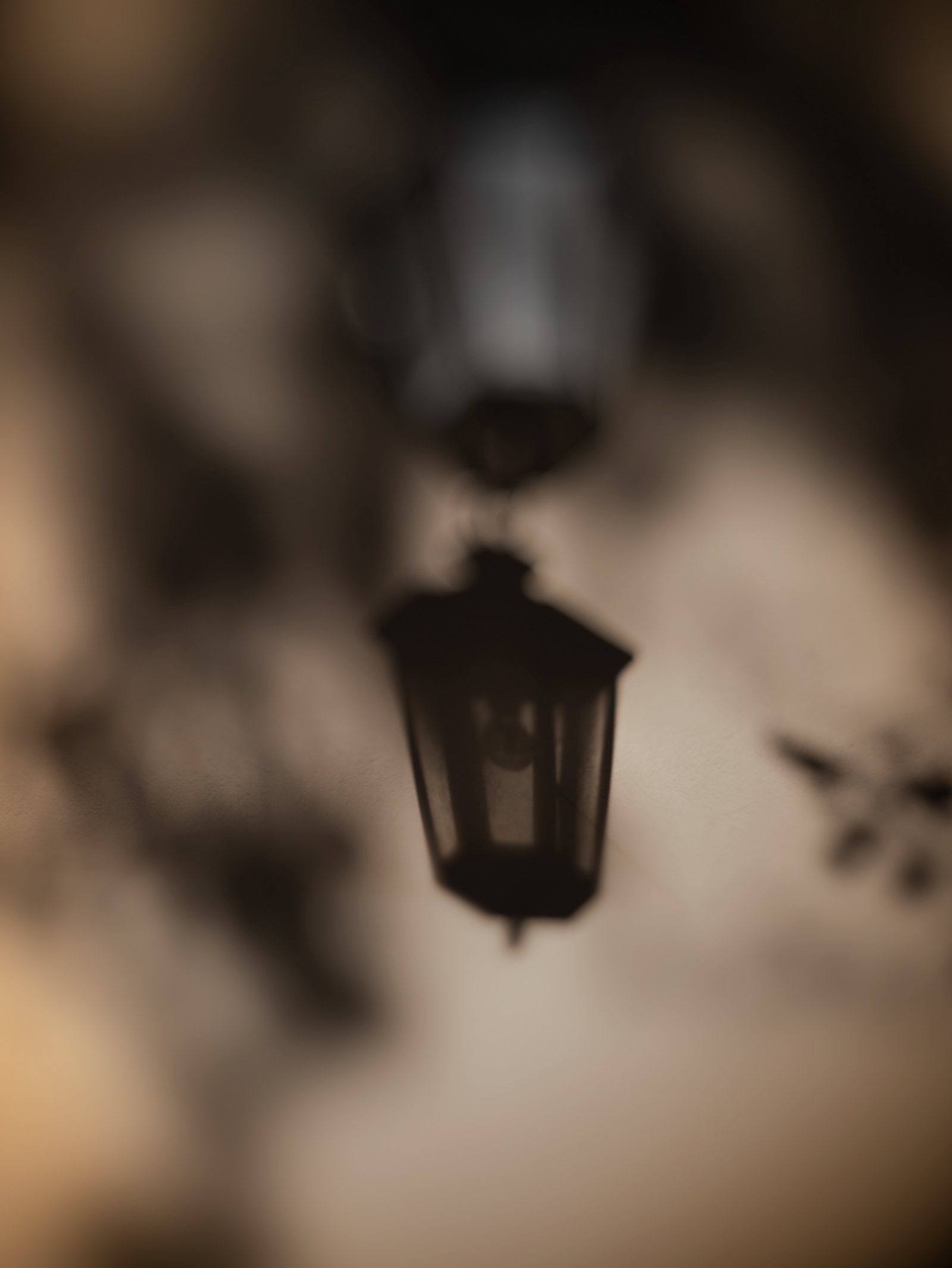
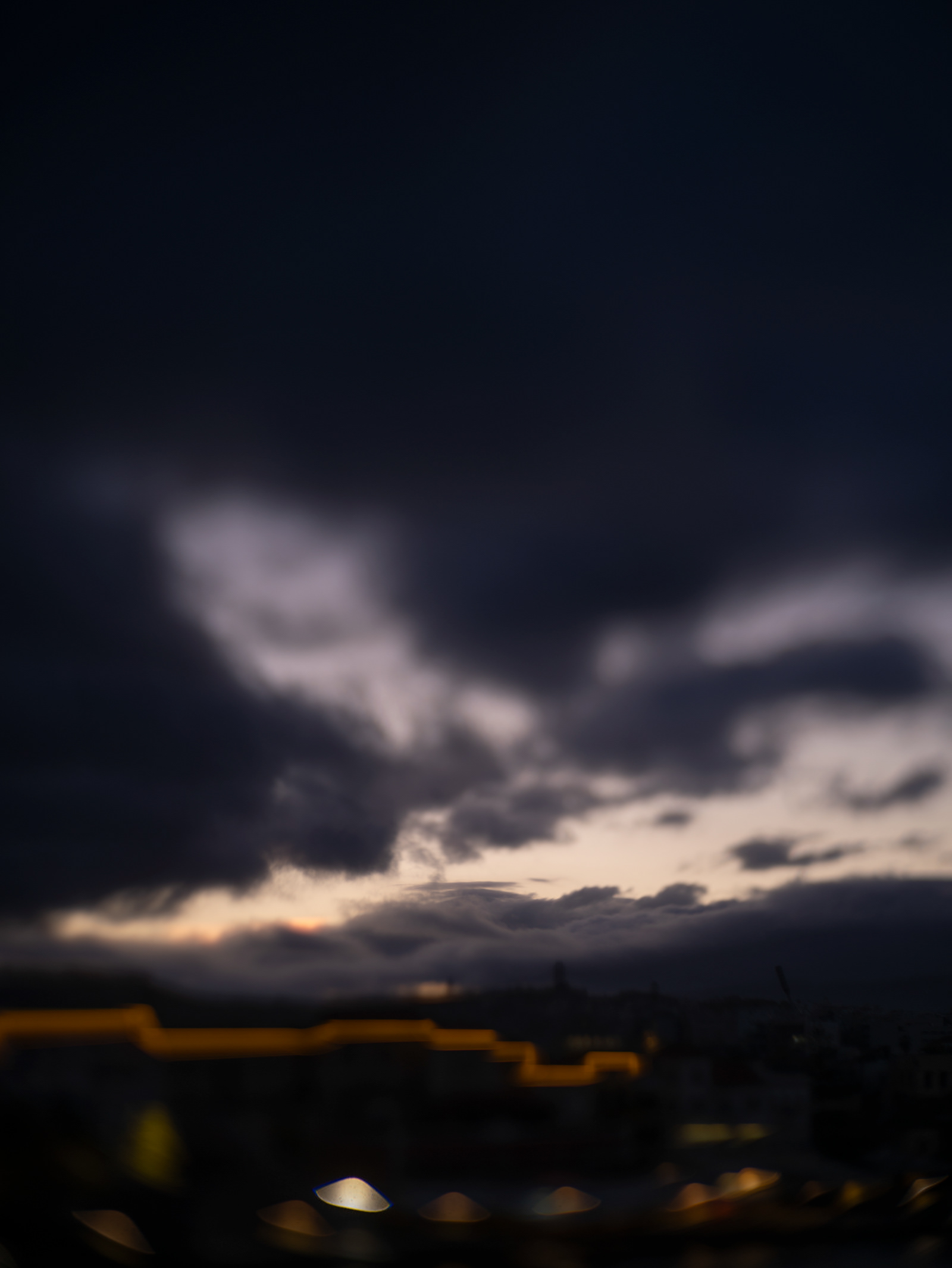
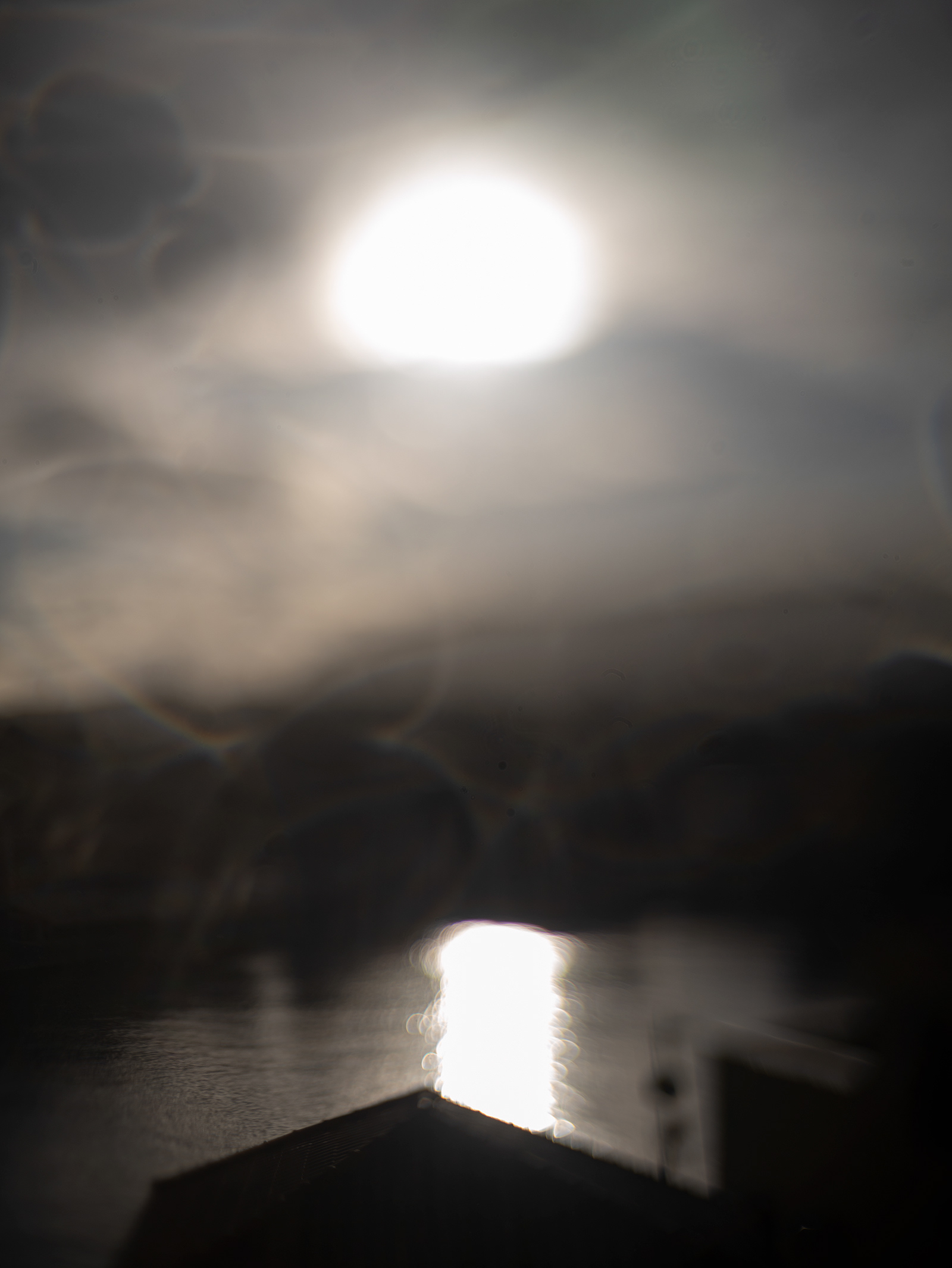
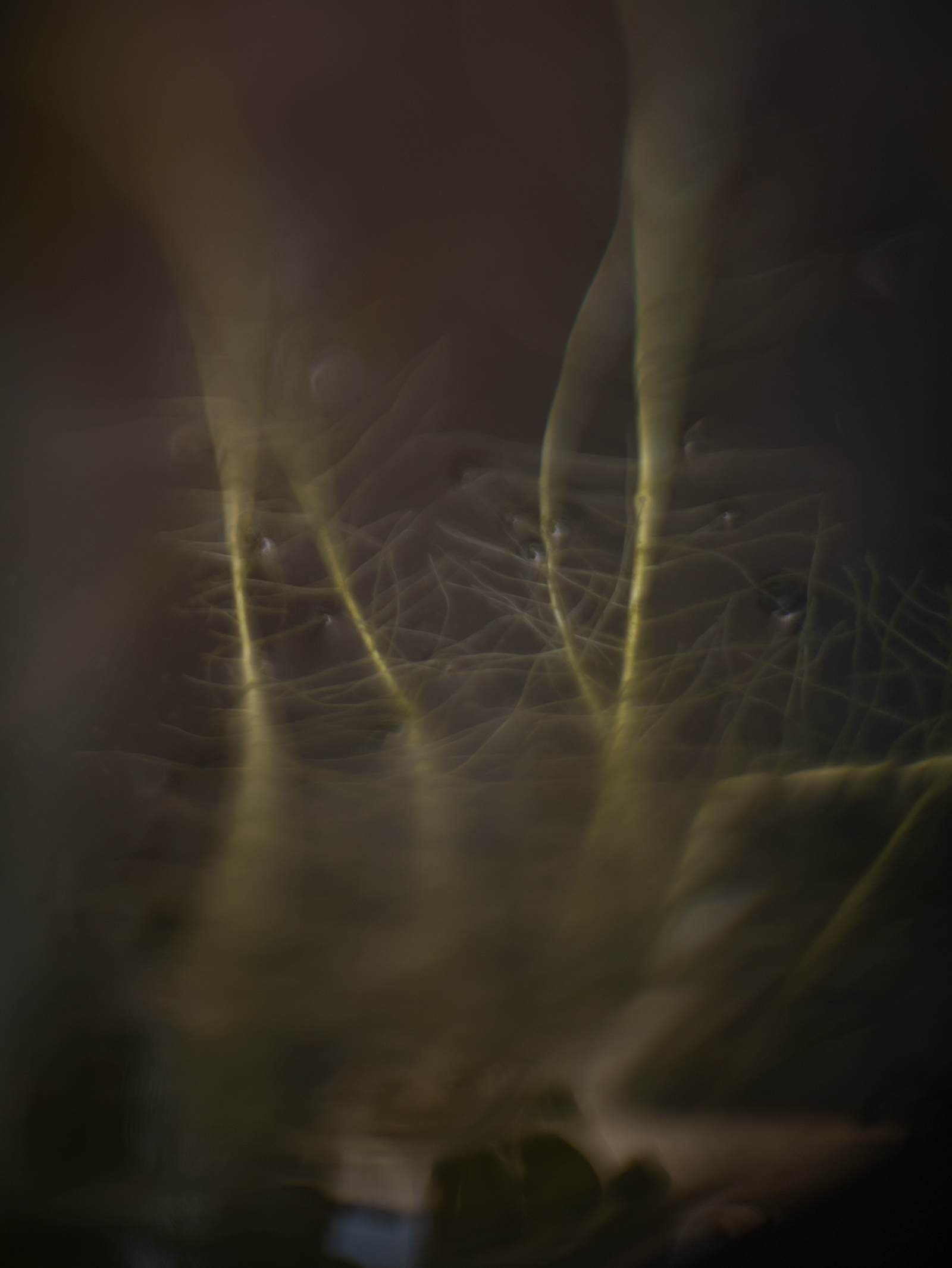
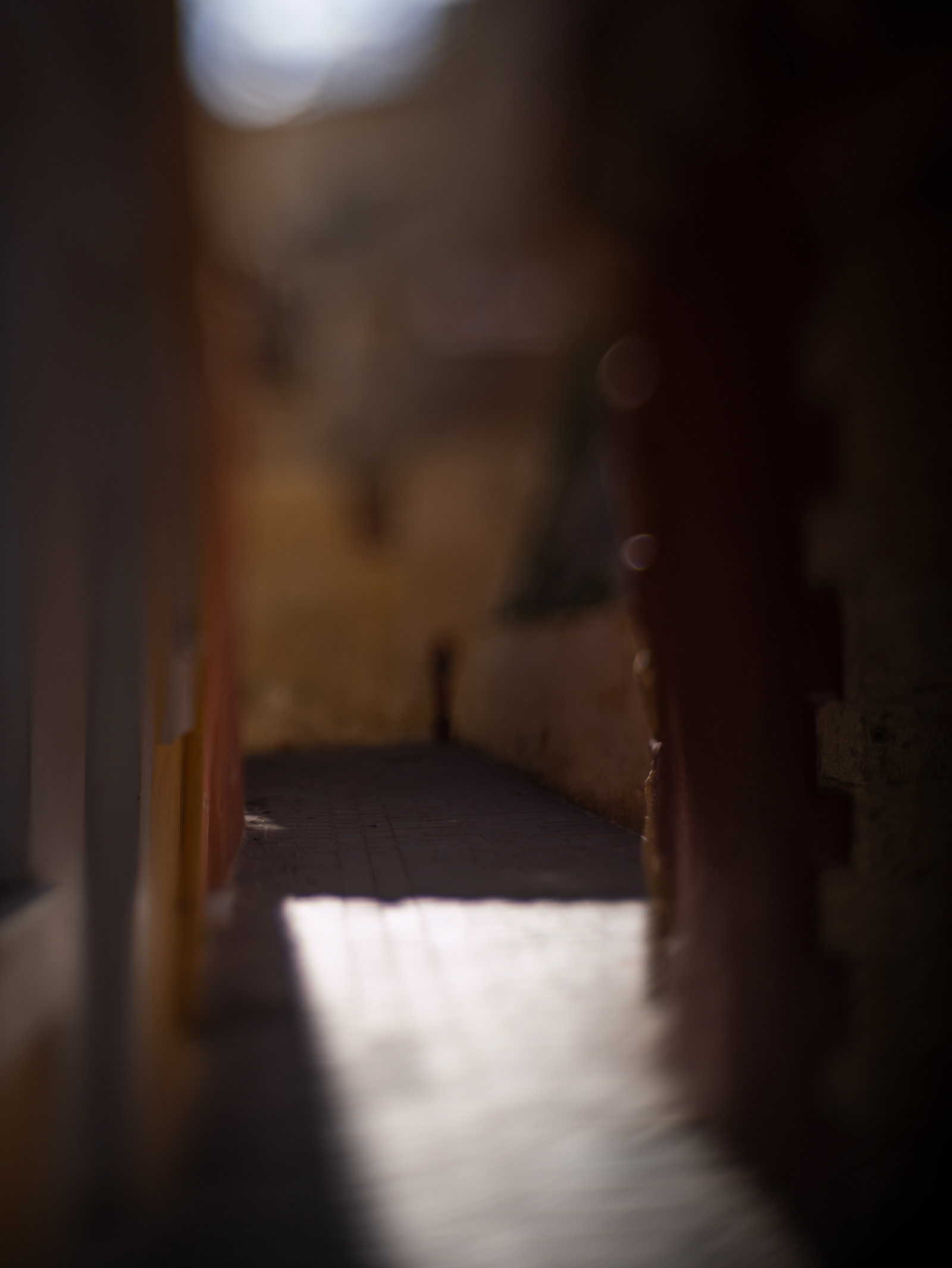

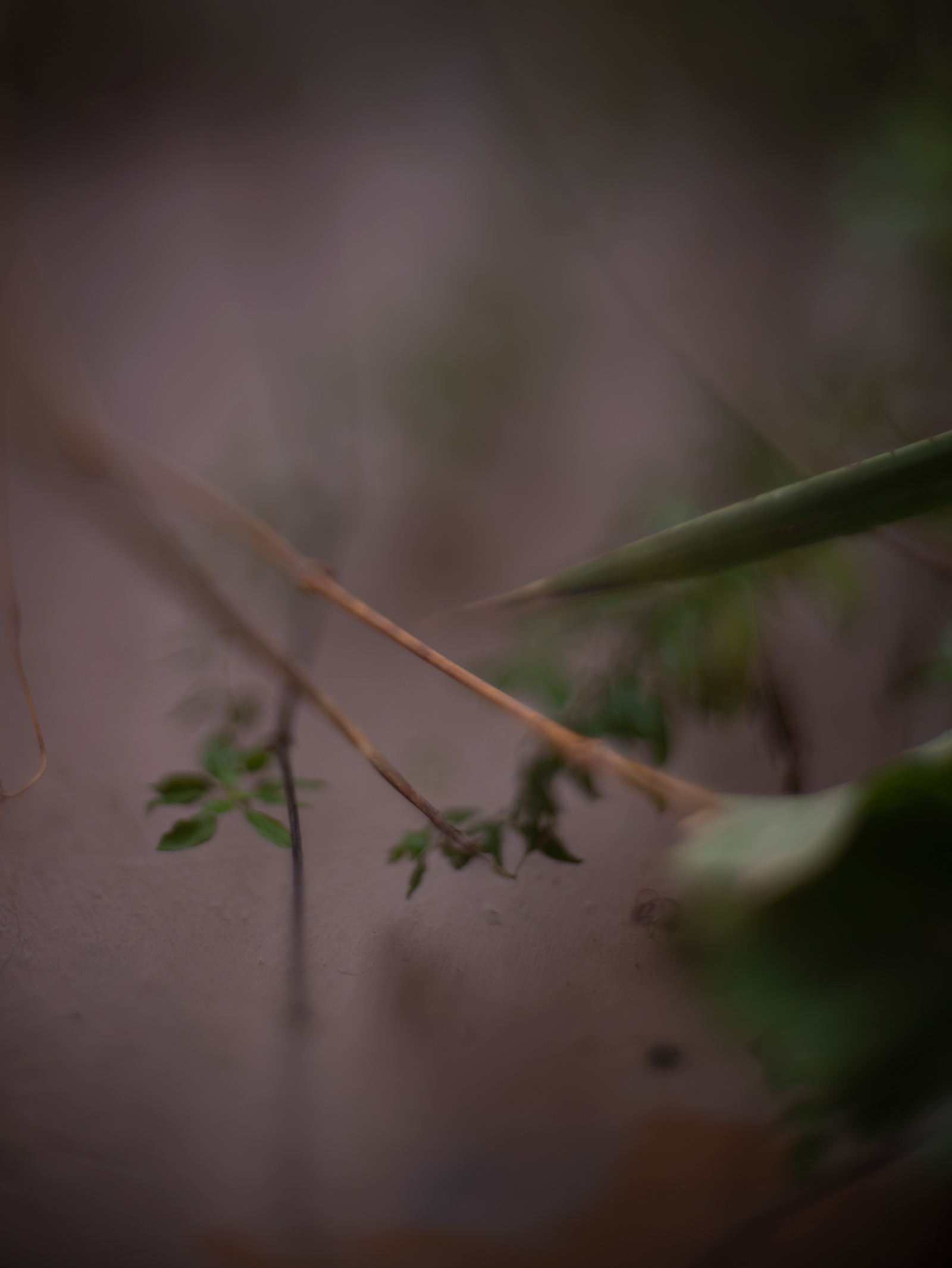

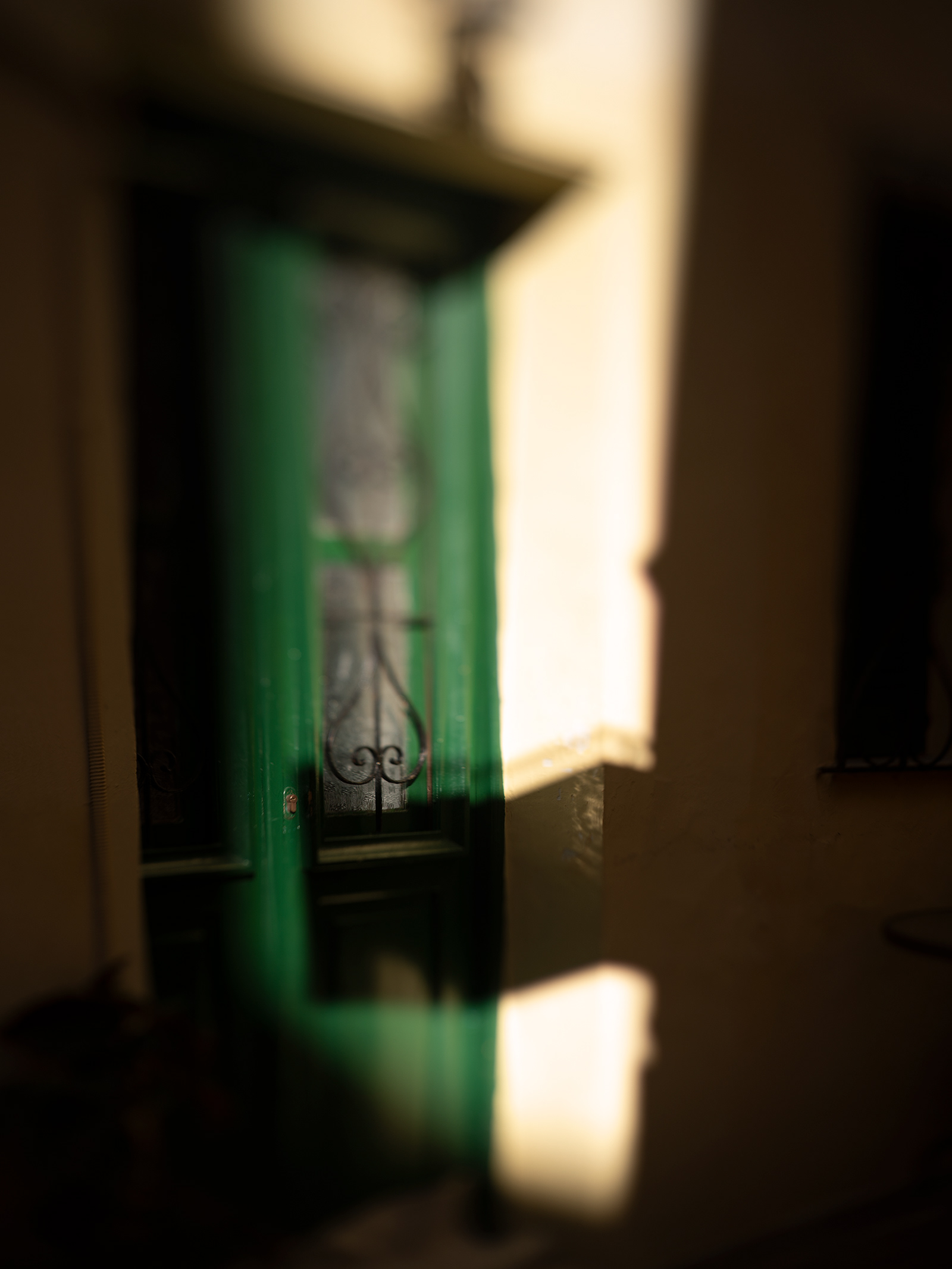
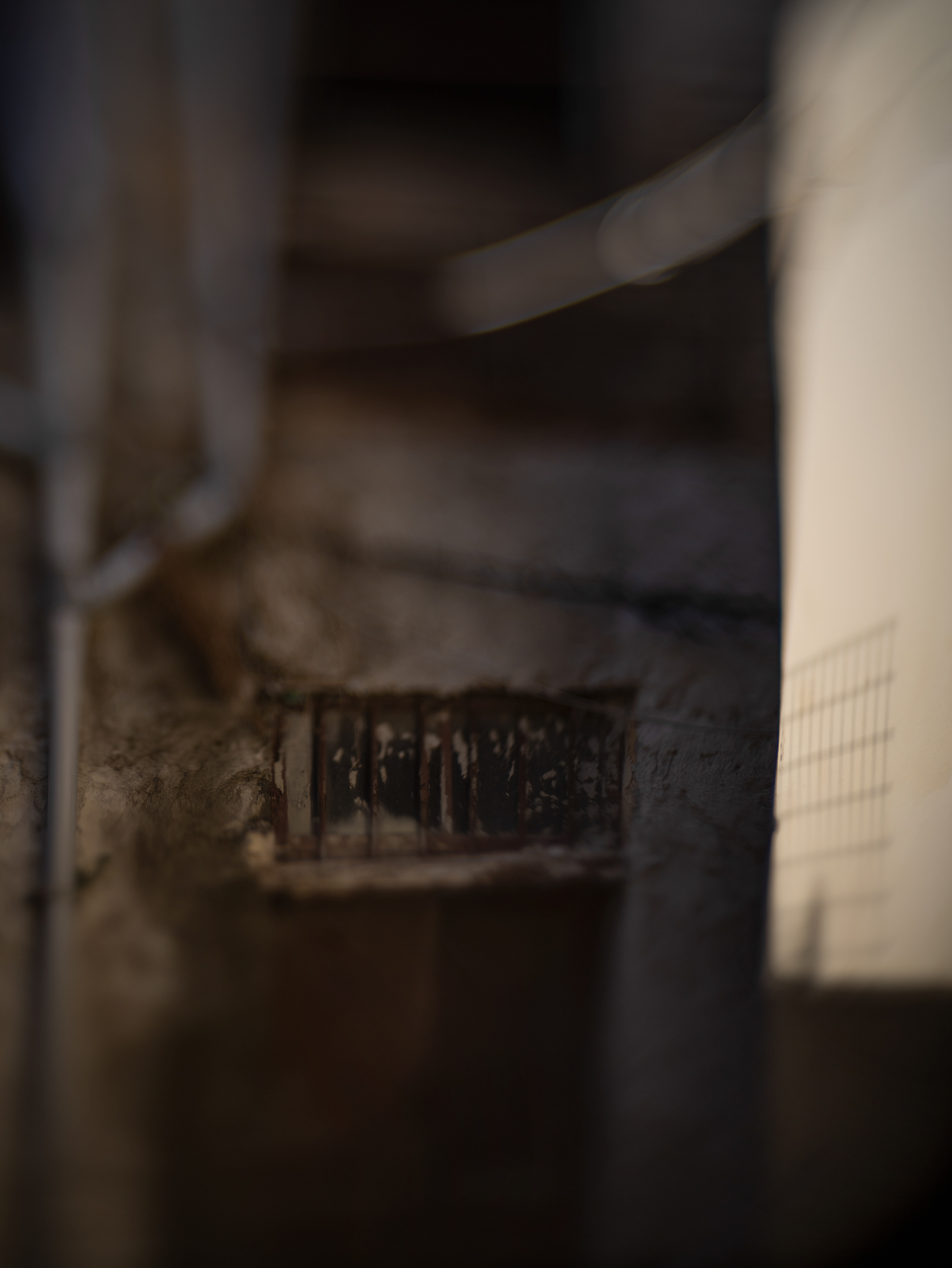
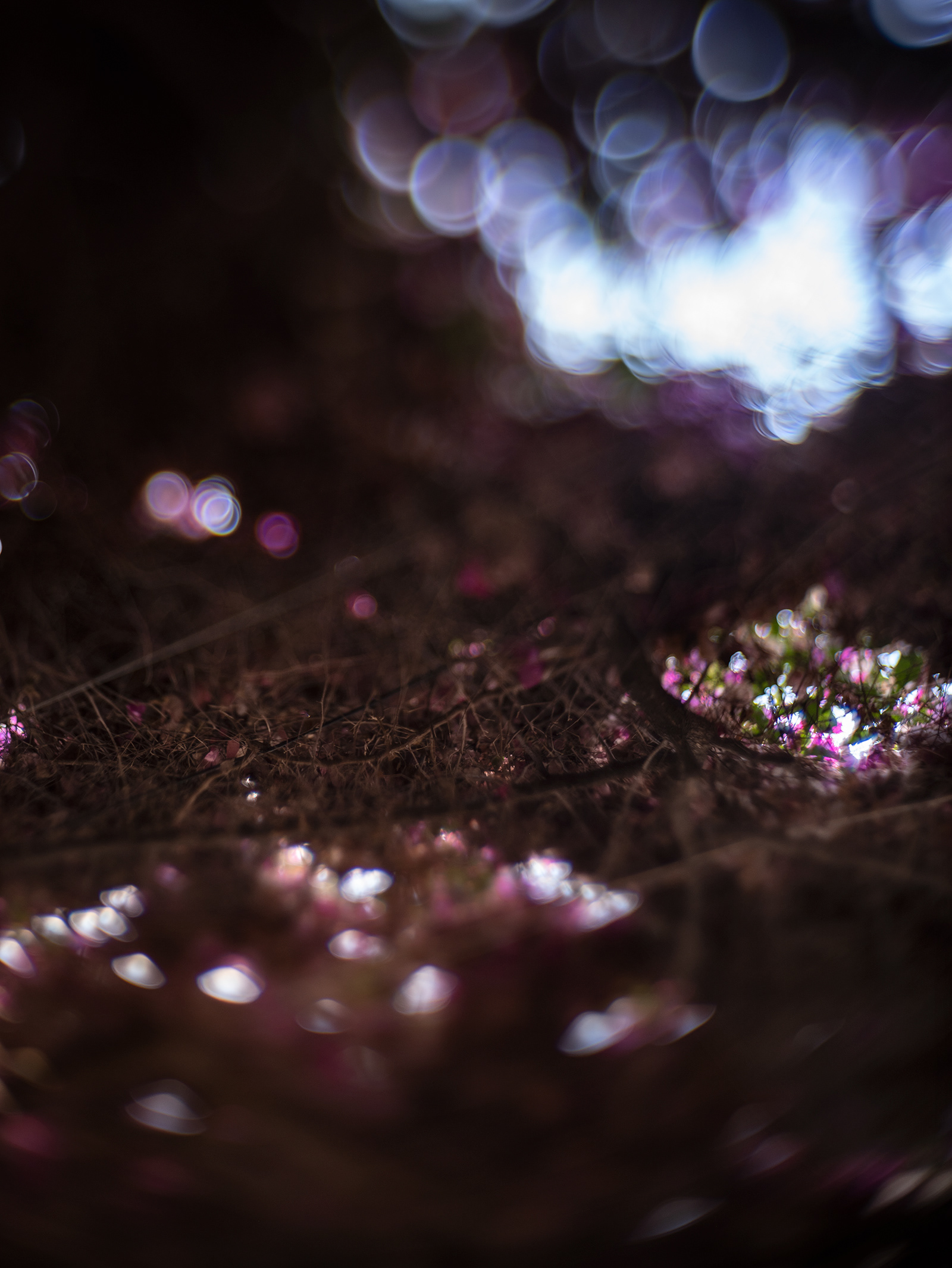
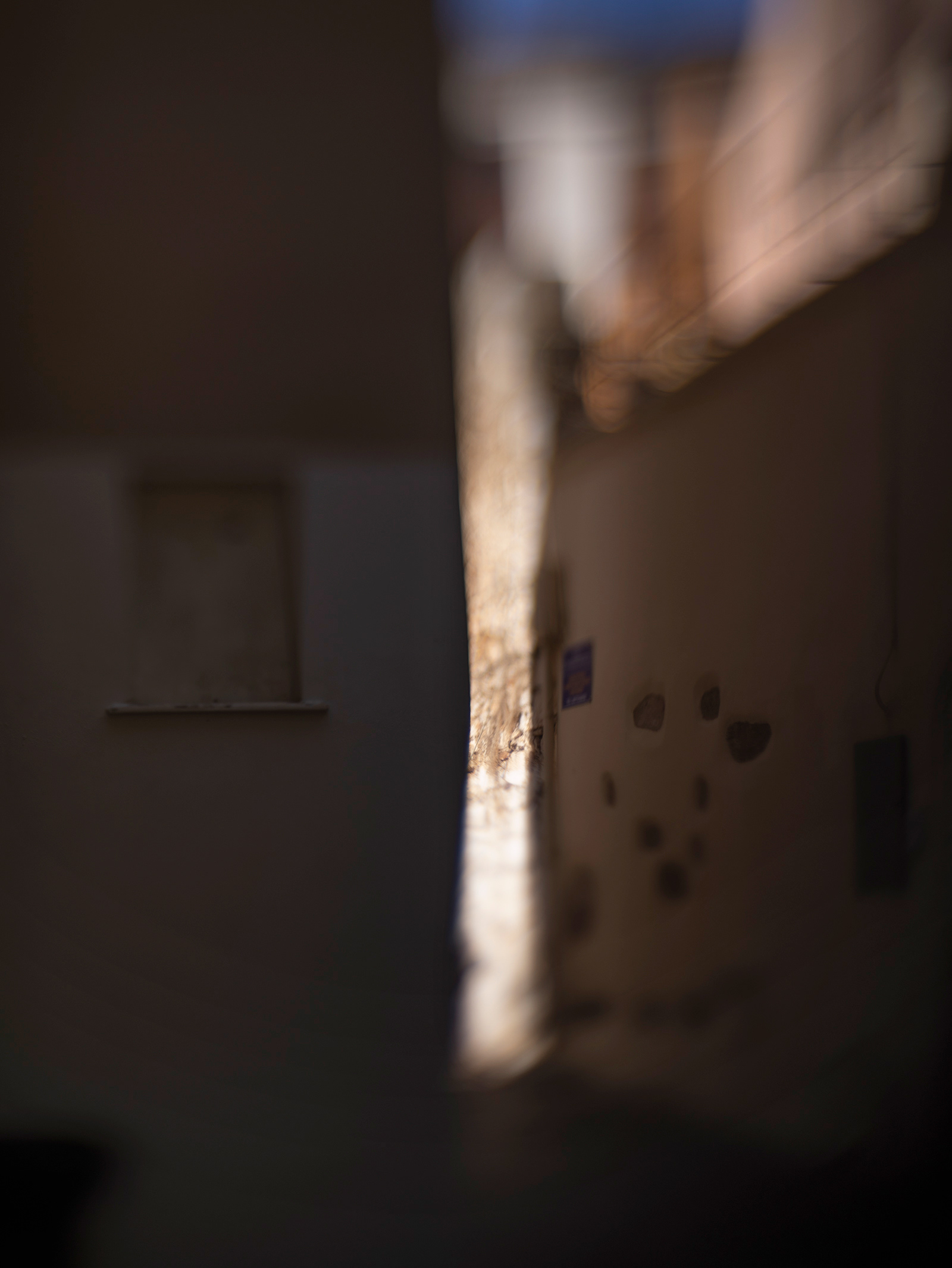
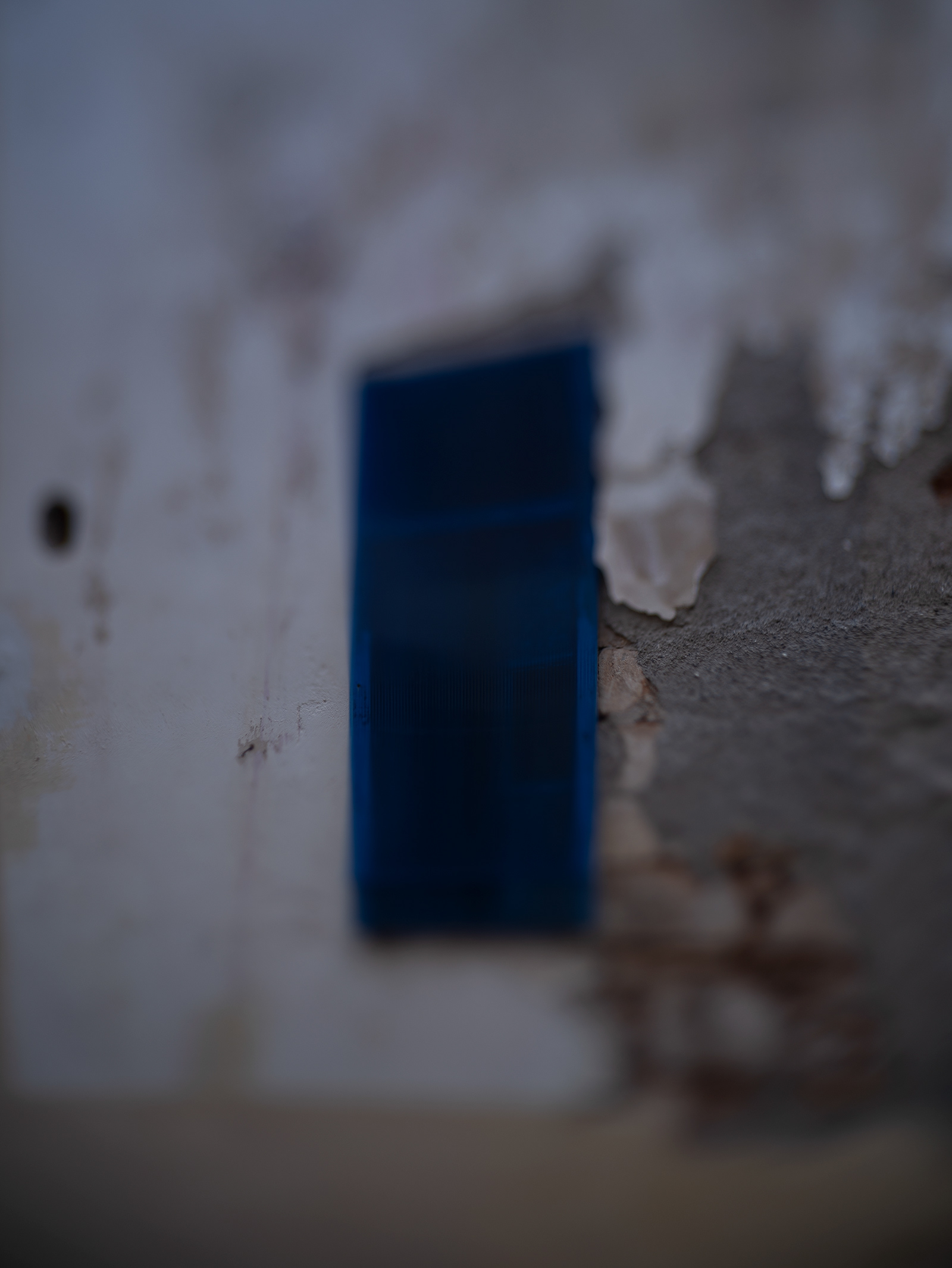
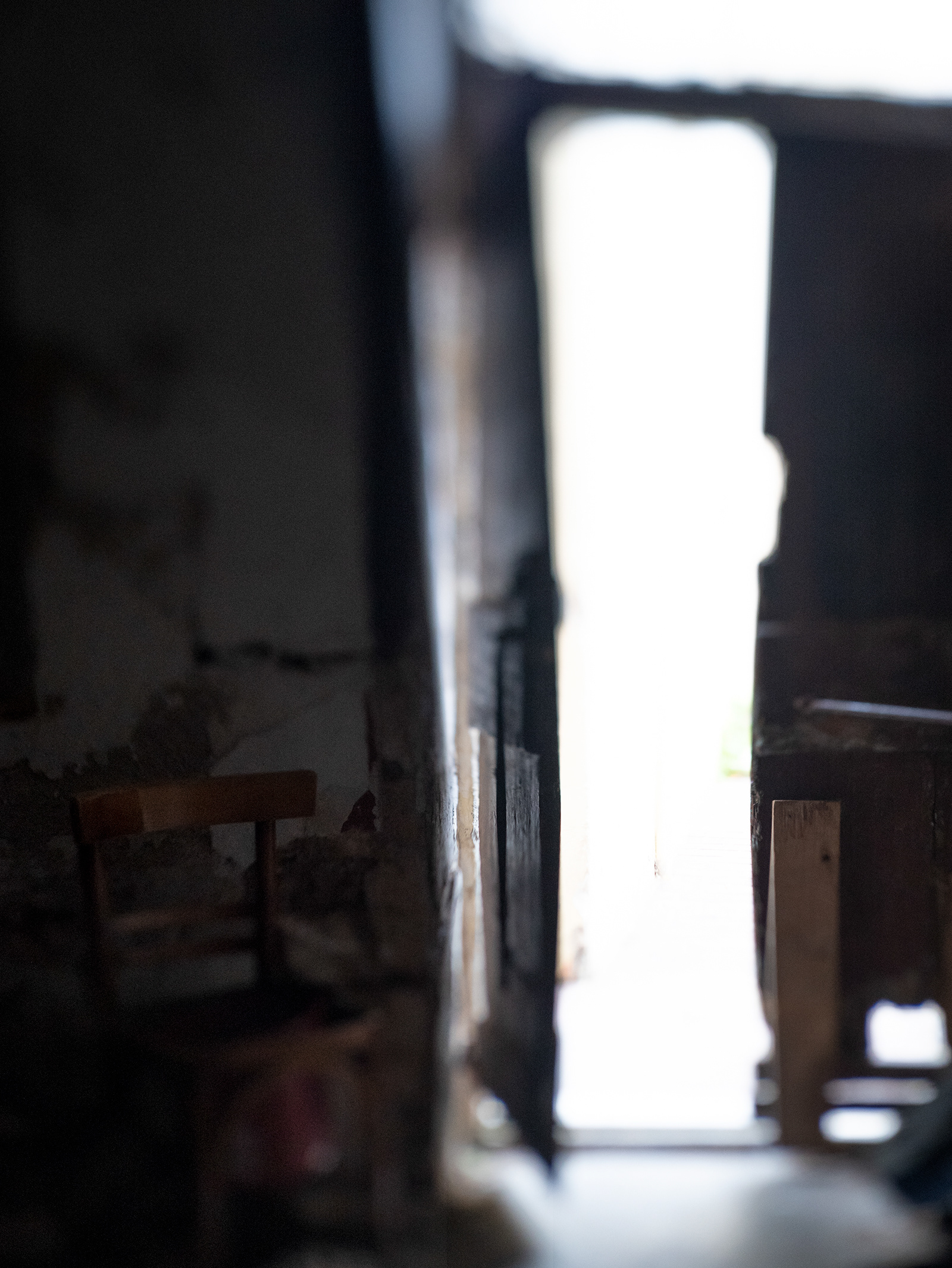

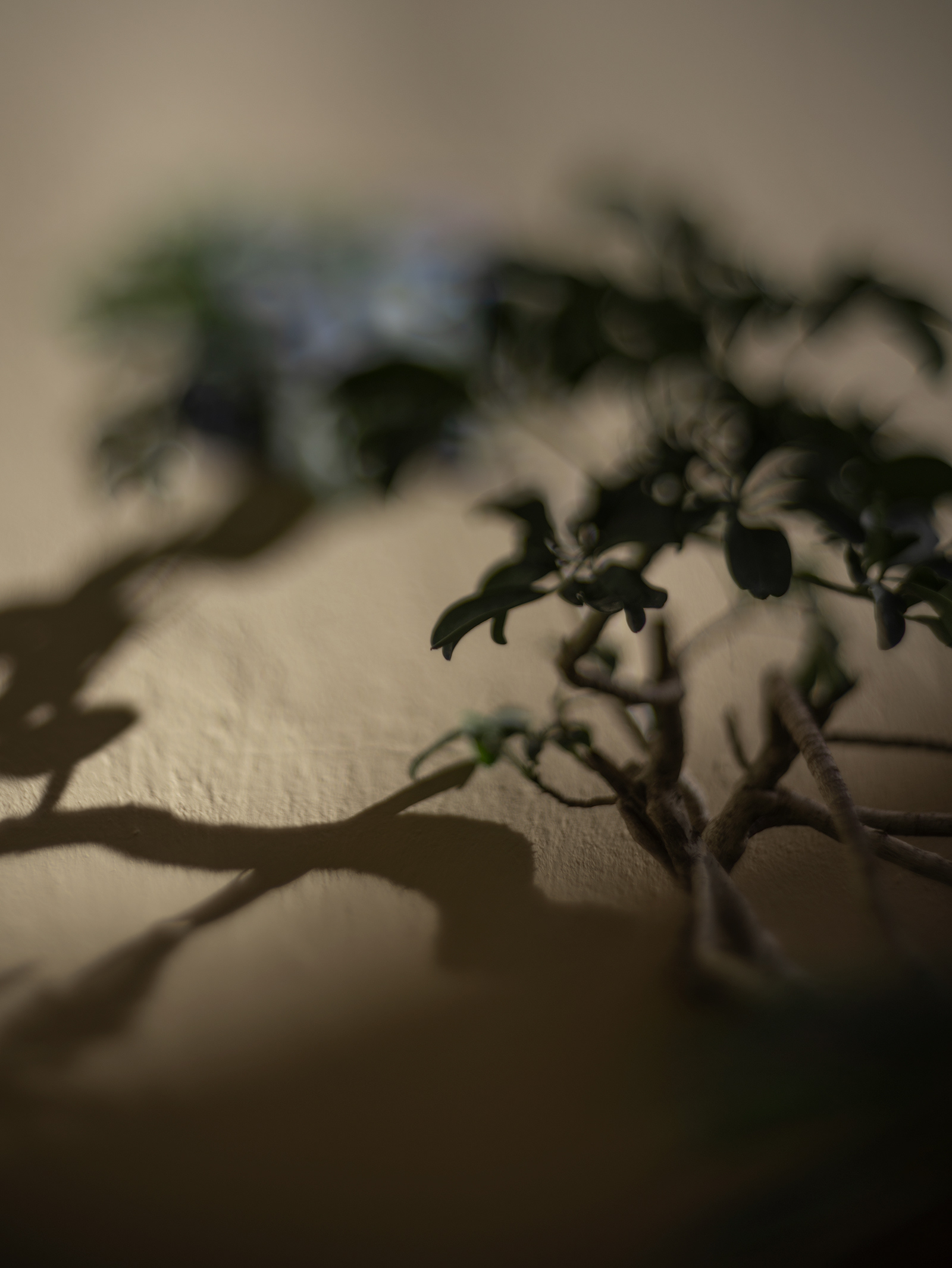
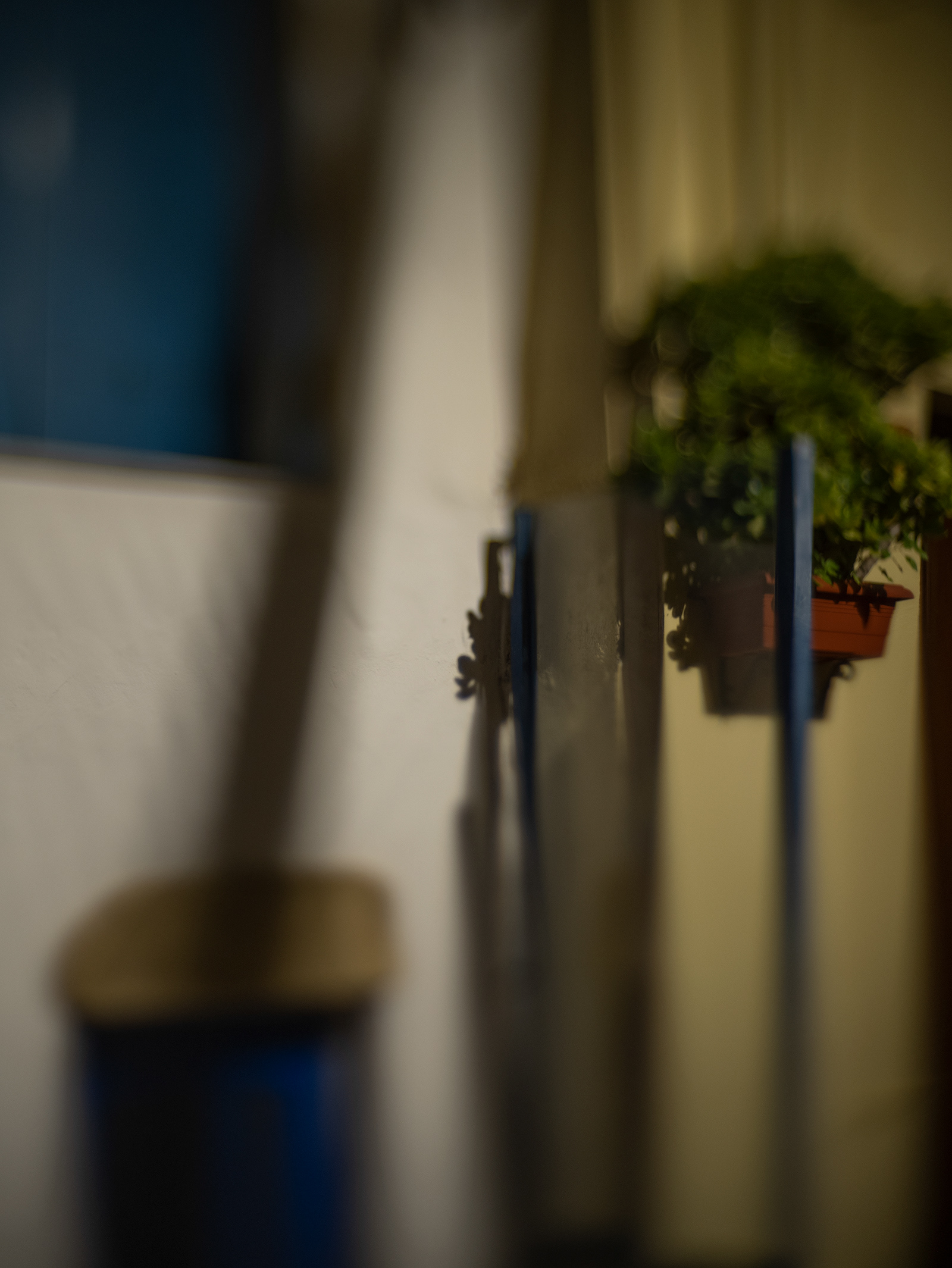

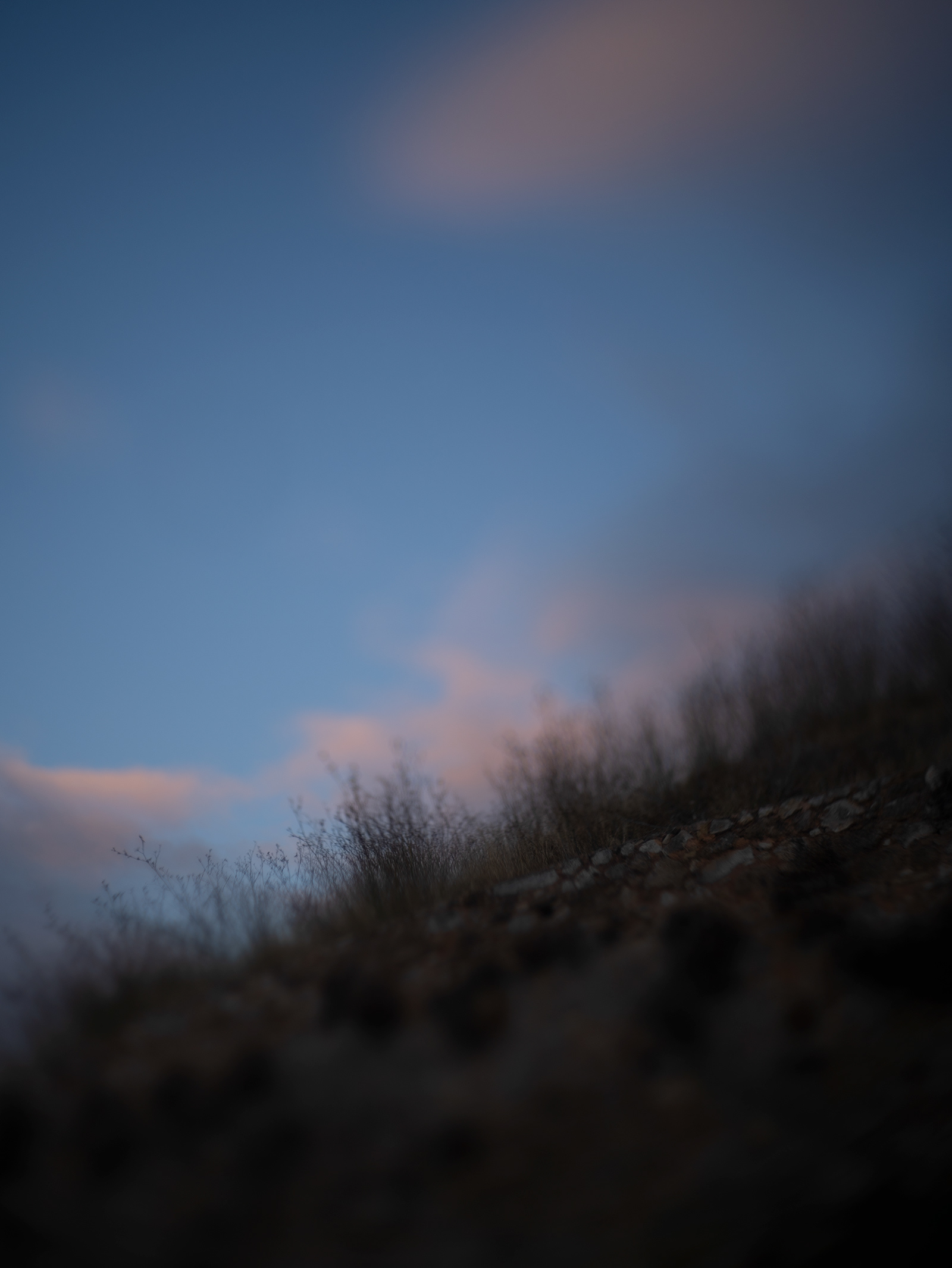
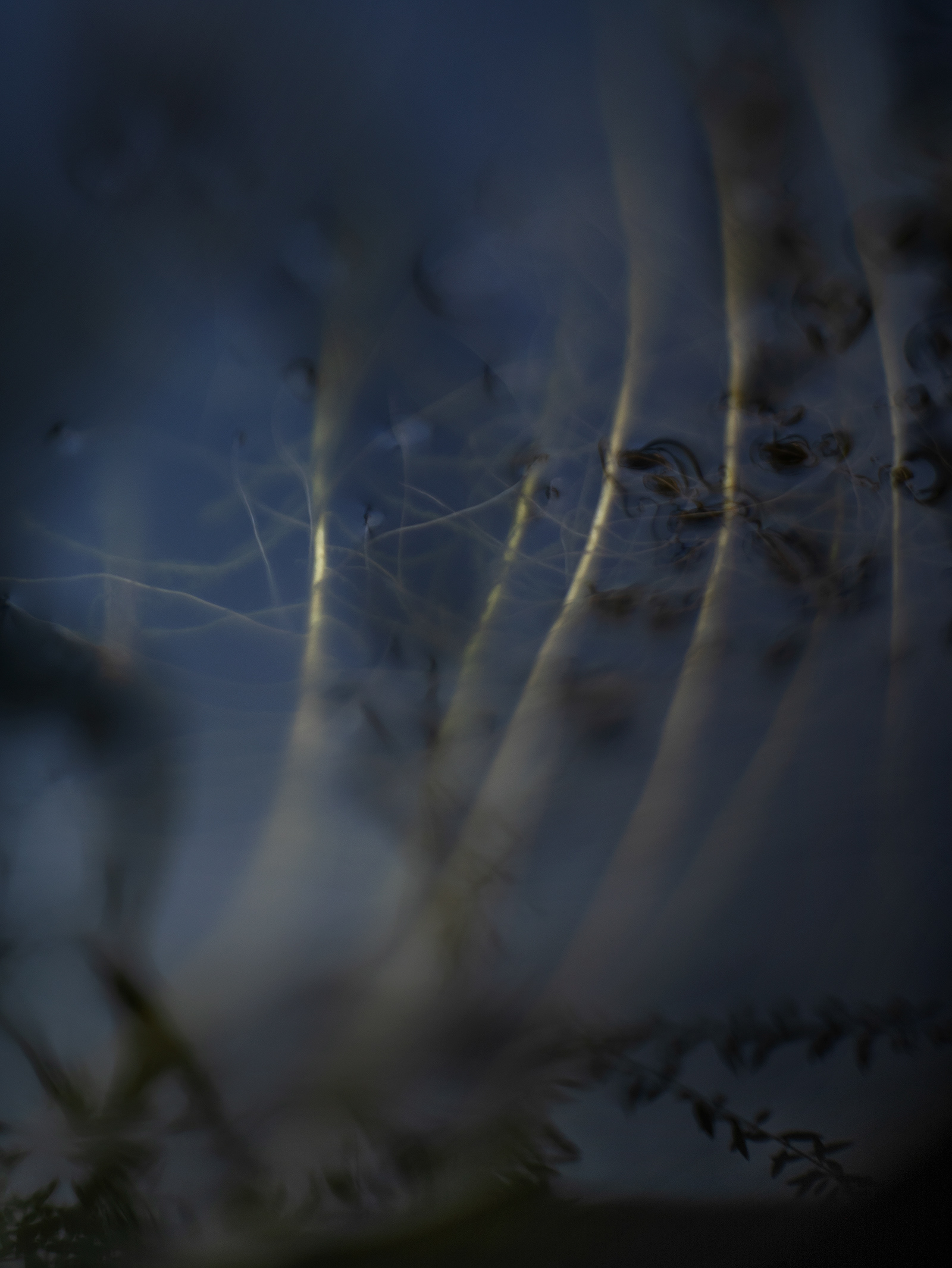
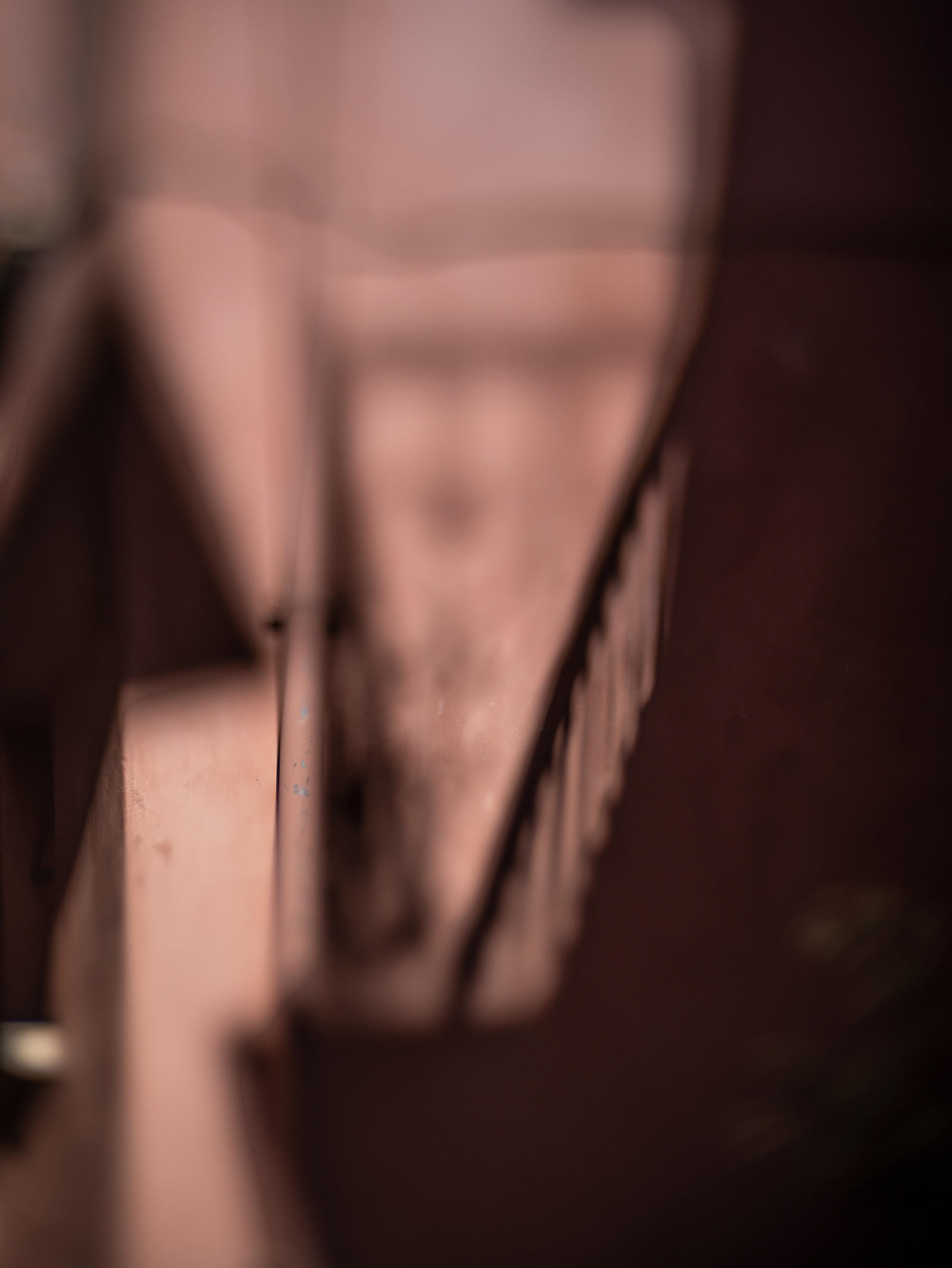
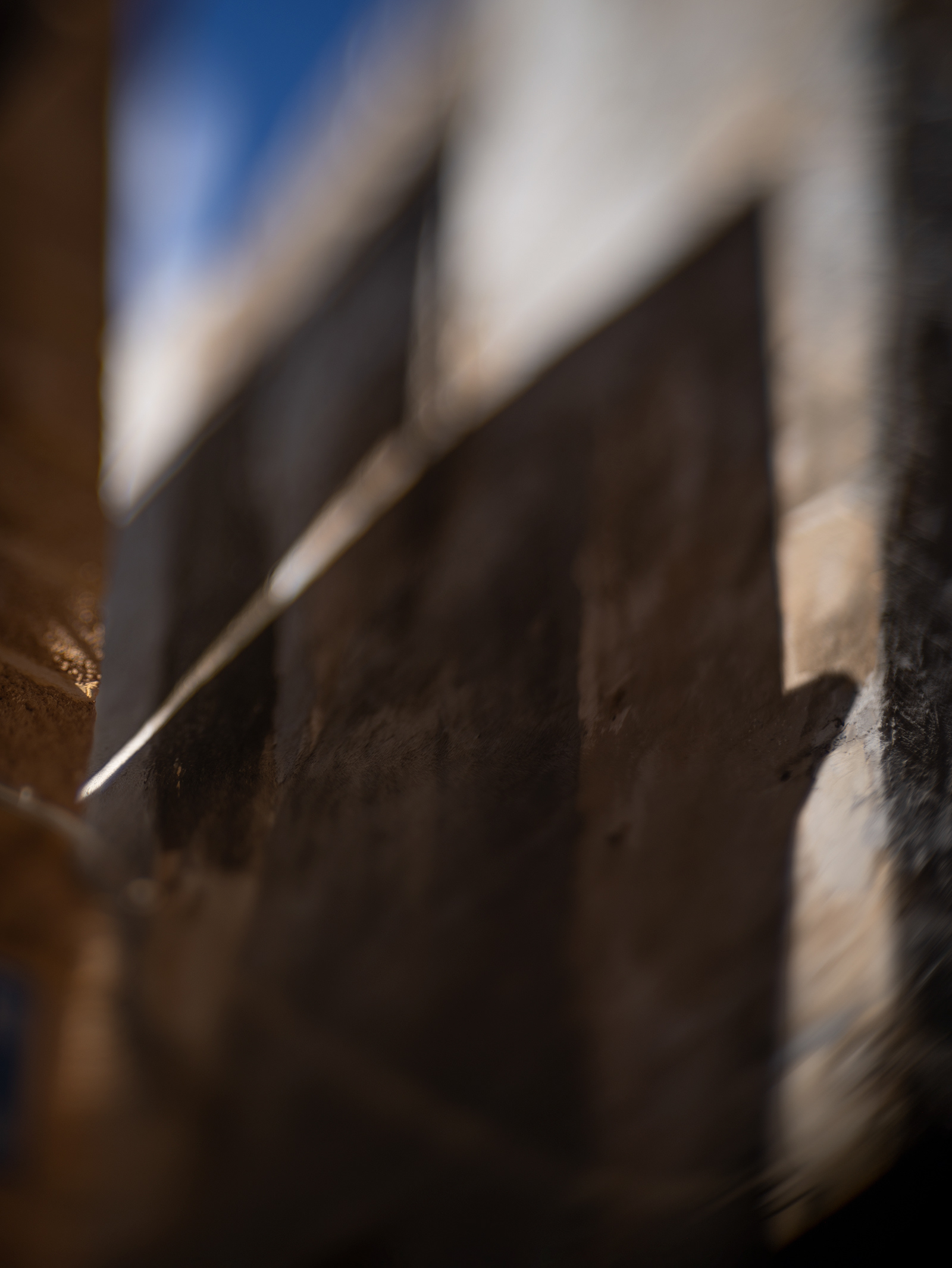
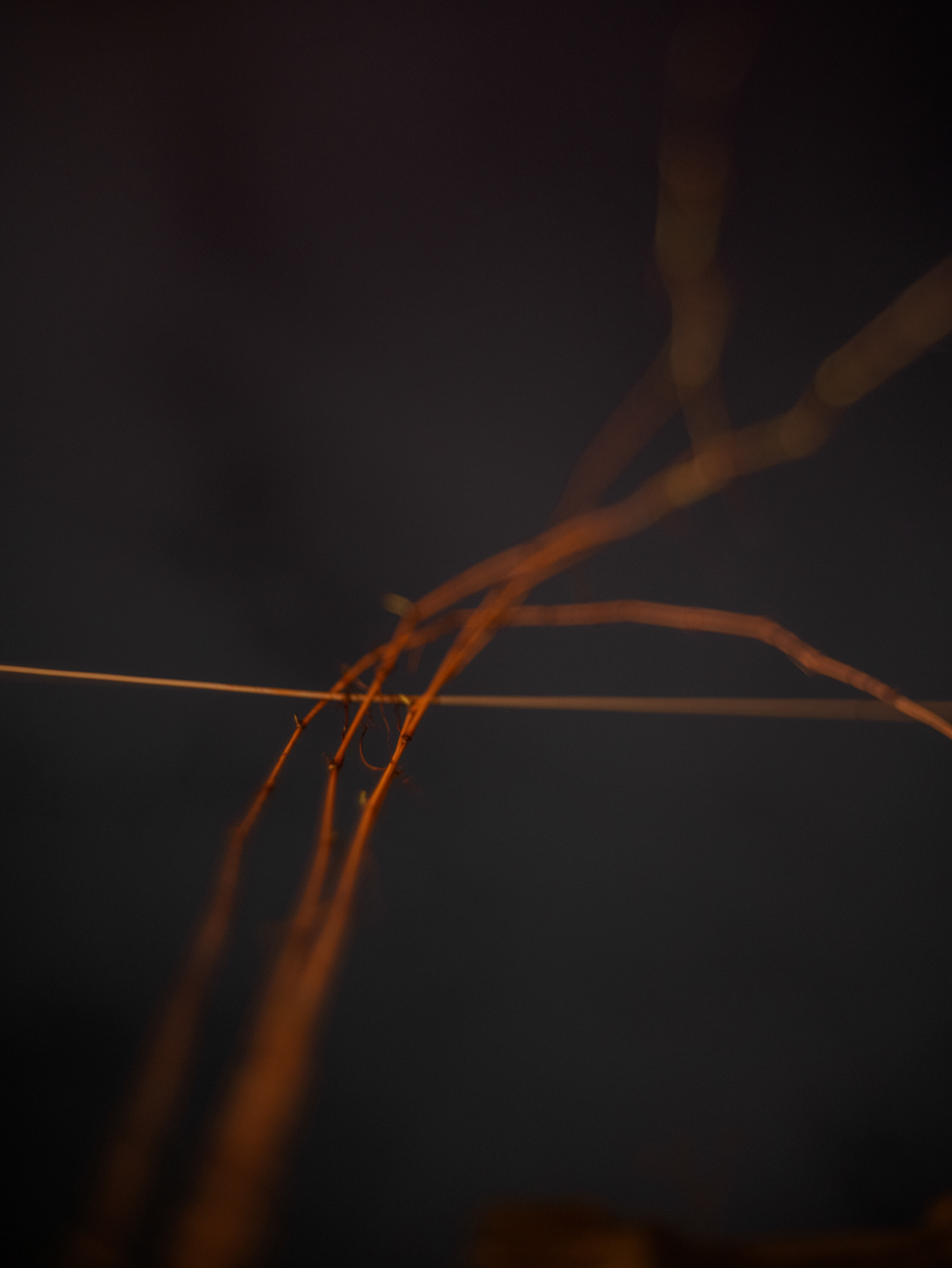
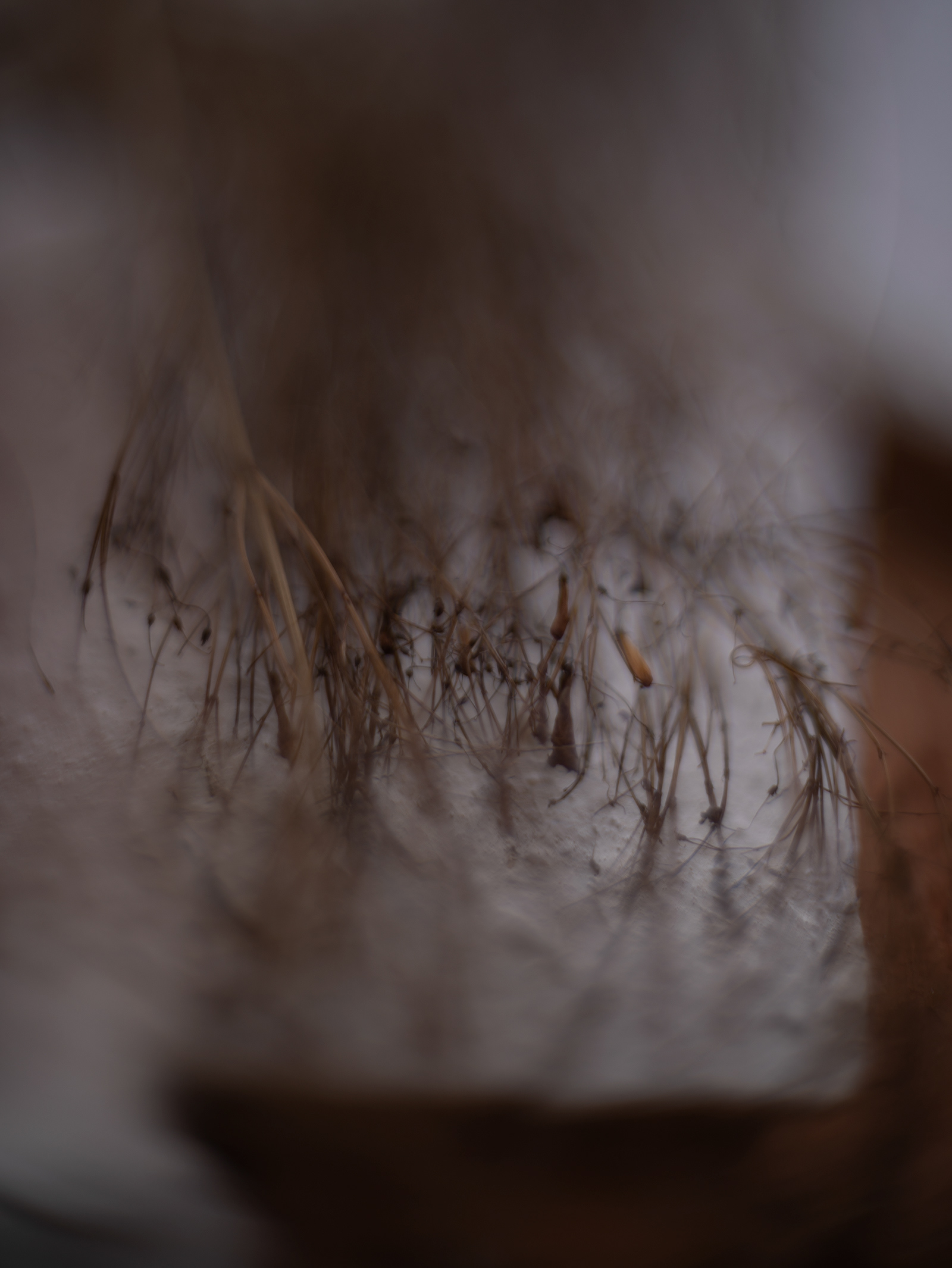
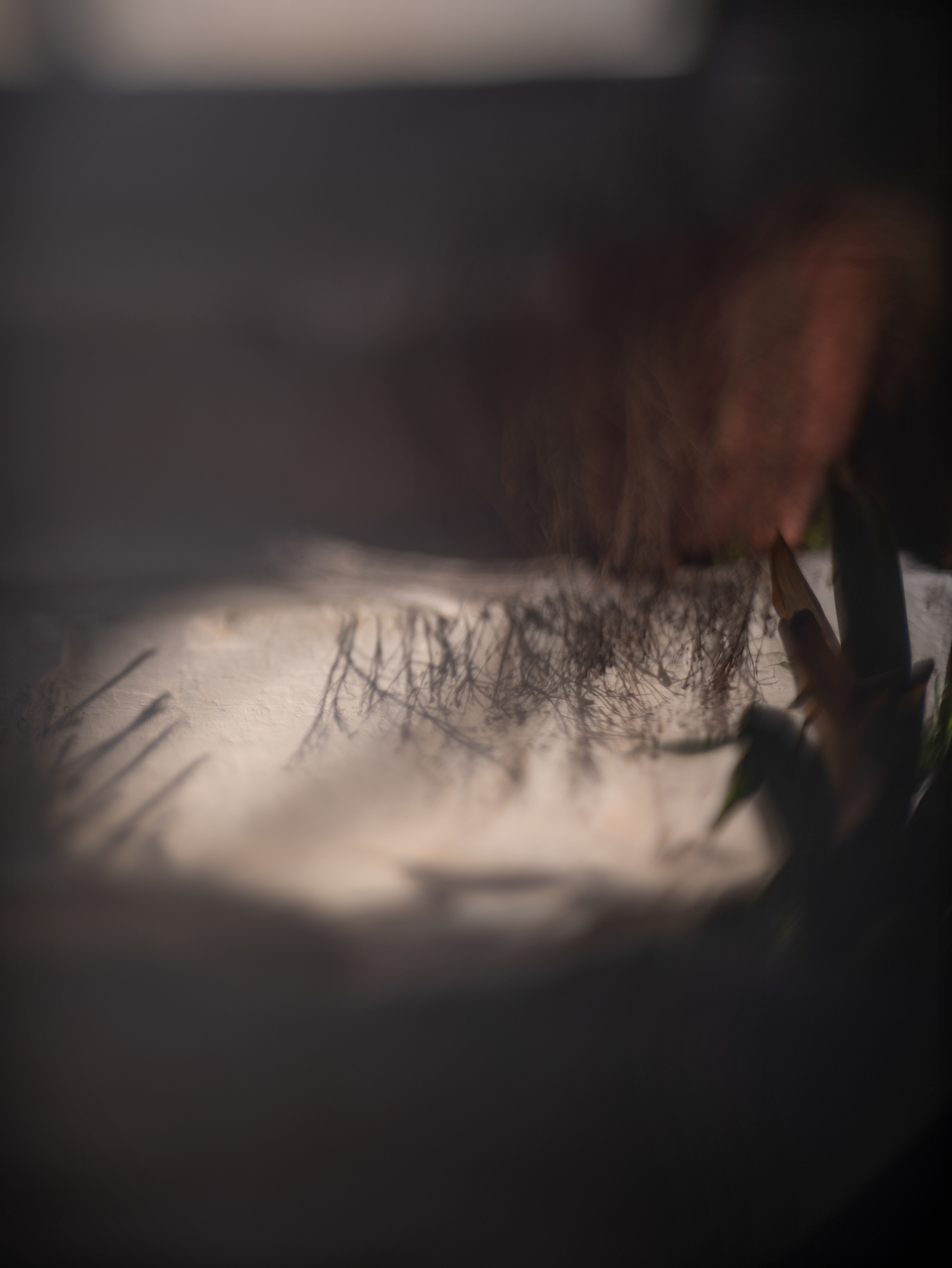
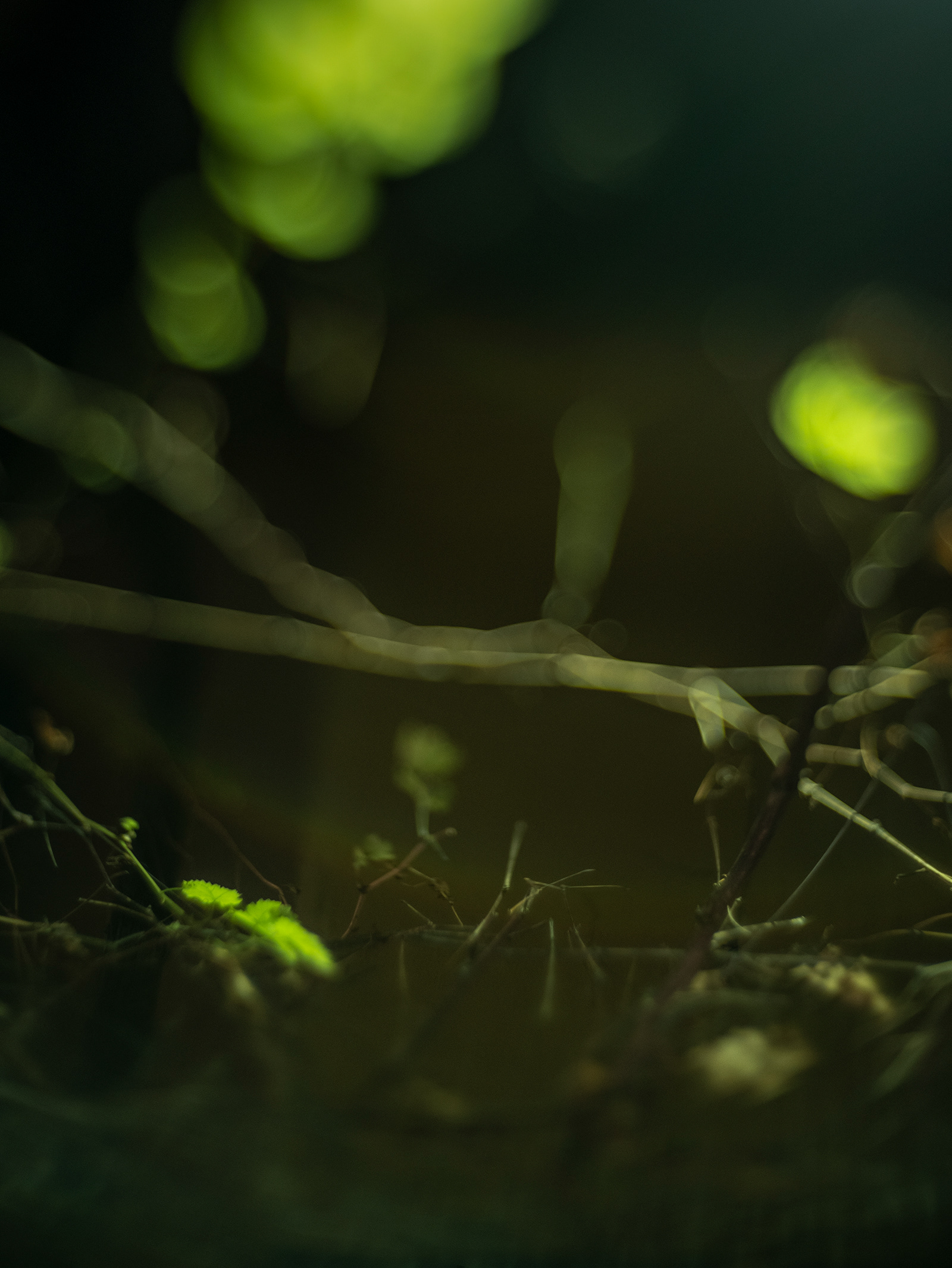

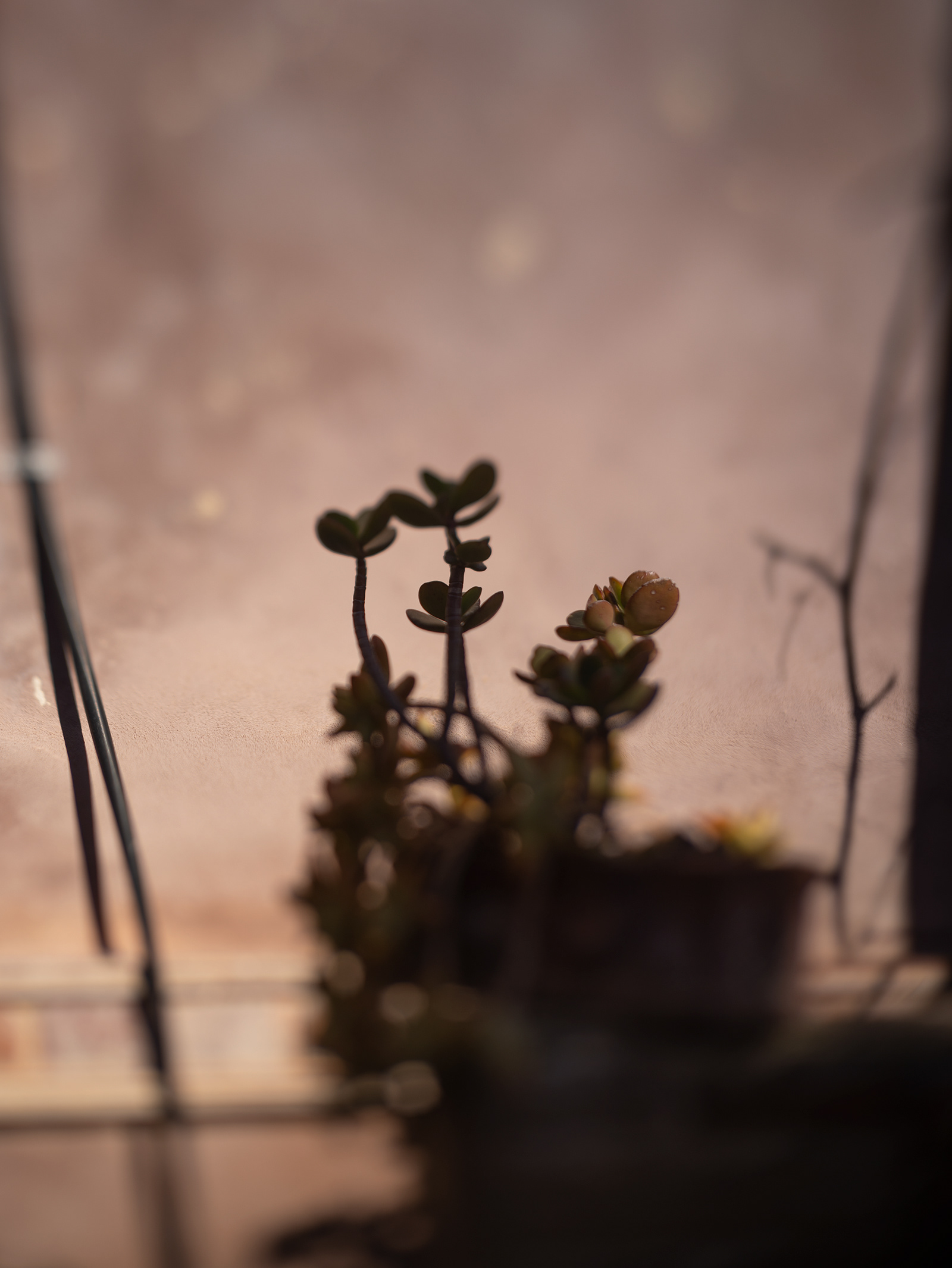
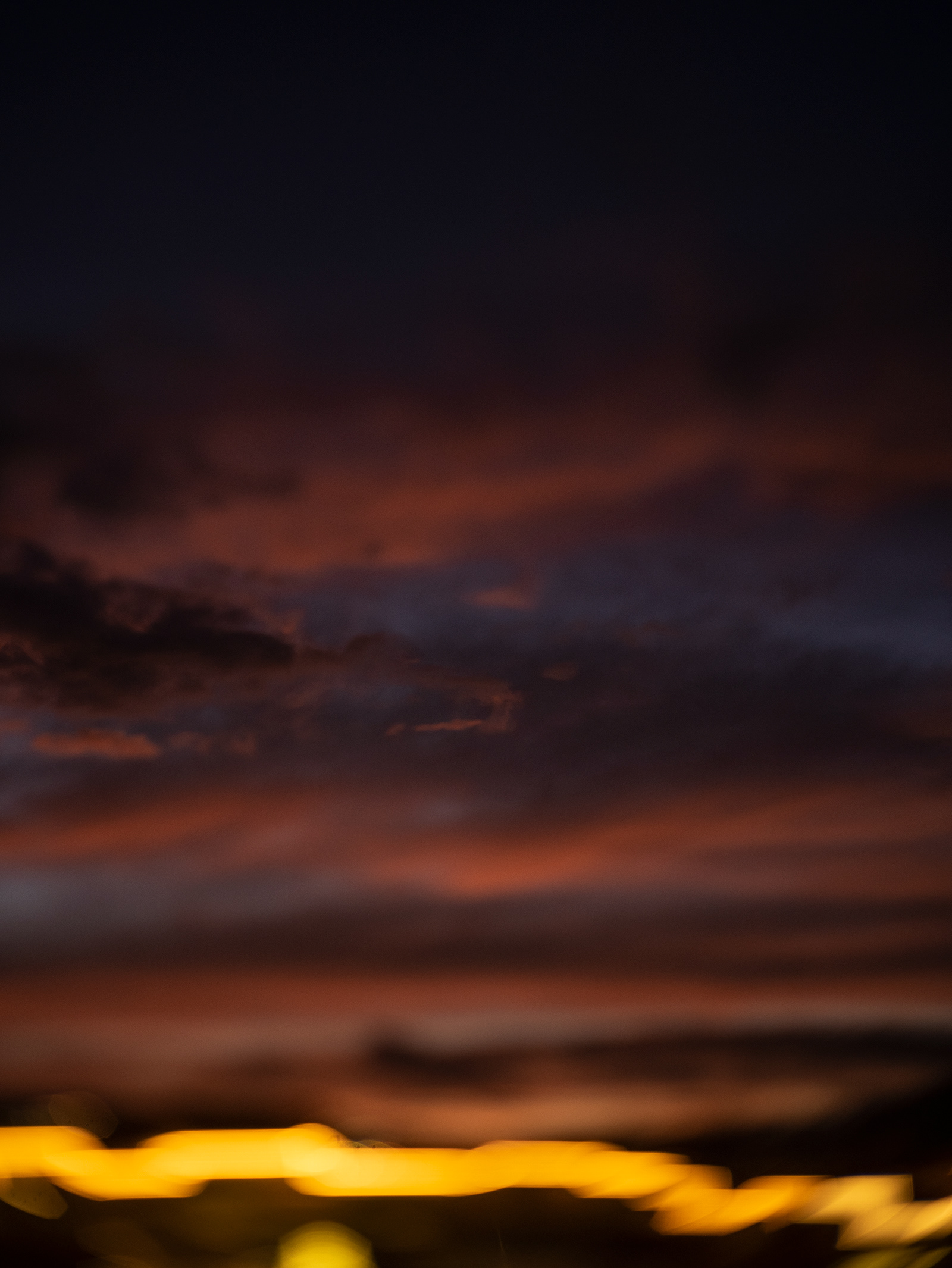
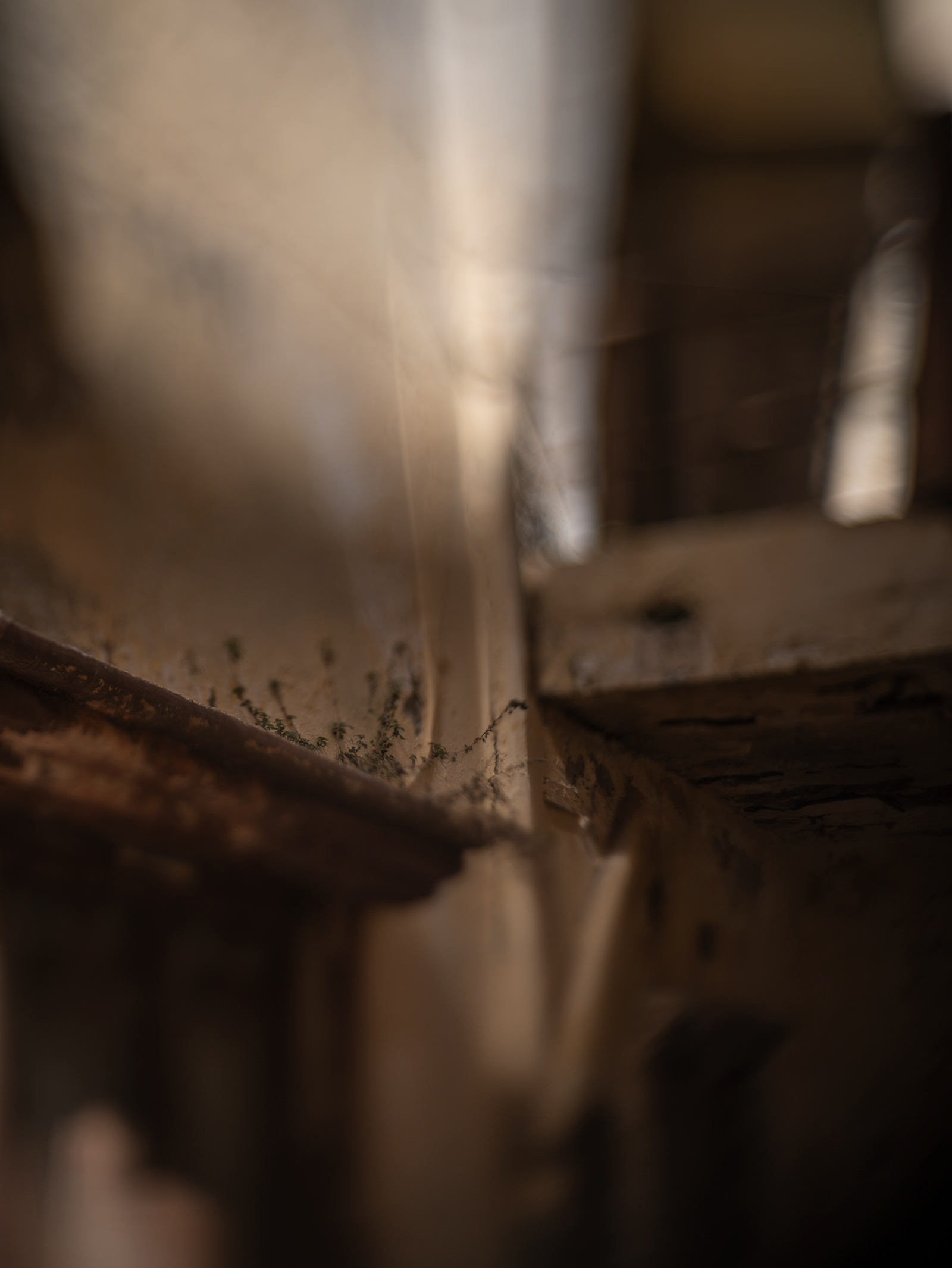
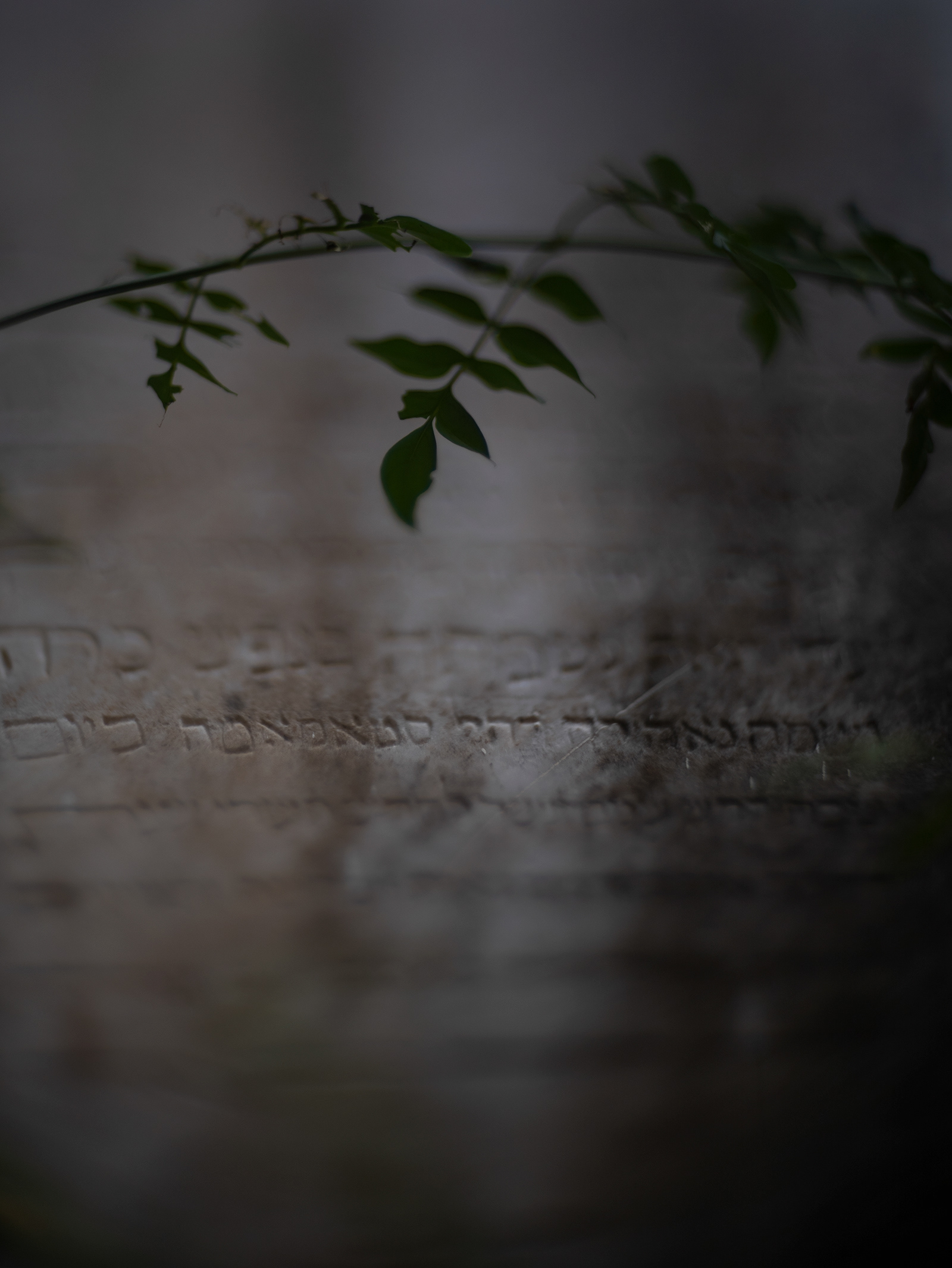
2. Elegy for Epirus
A poem of remembrance for the Jews of Epirus in northwestern Greece, the heartland of Romaniote Jewry—one of the oldest diaspora Jewish peoples in the world, and the oldest in Europe. The photographs were made in the historic Jewish quarters of Arta and Ioannina.
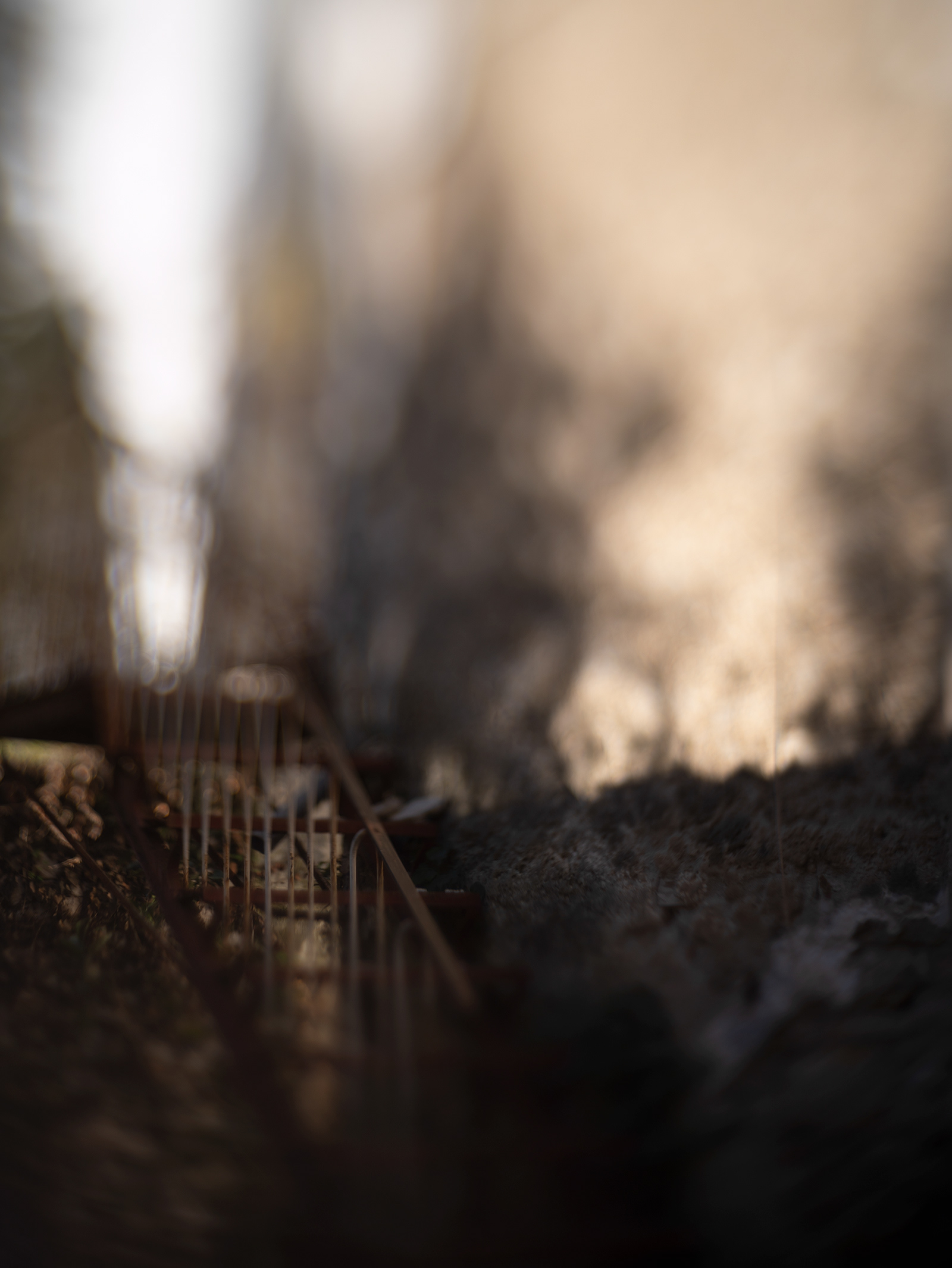

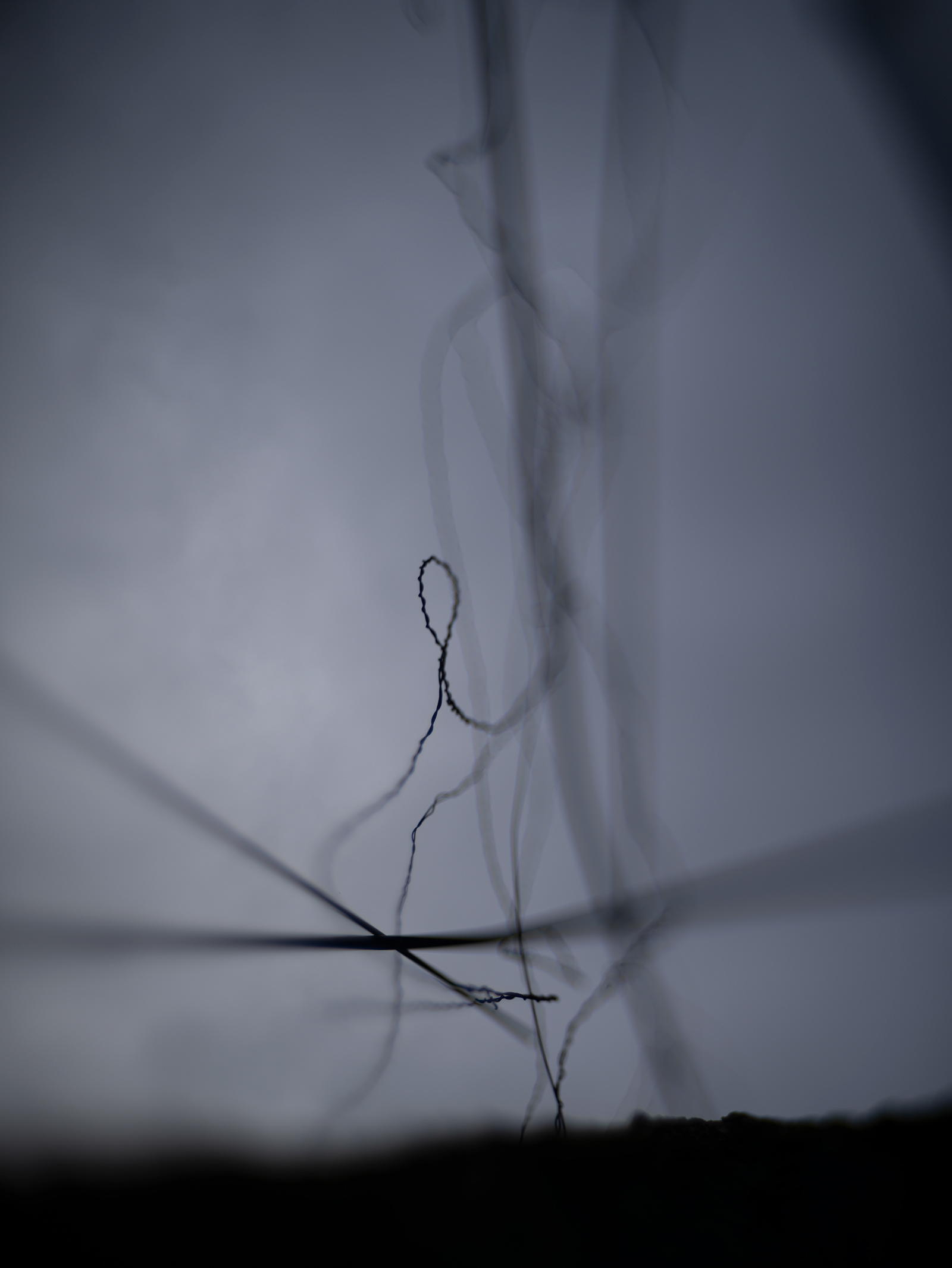
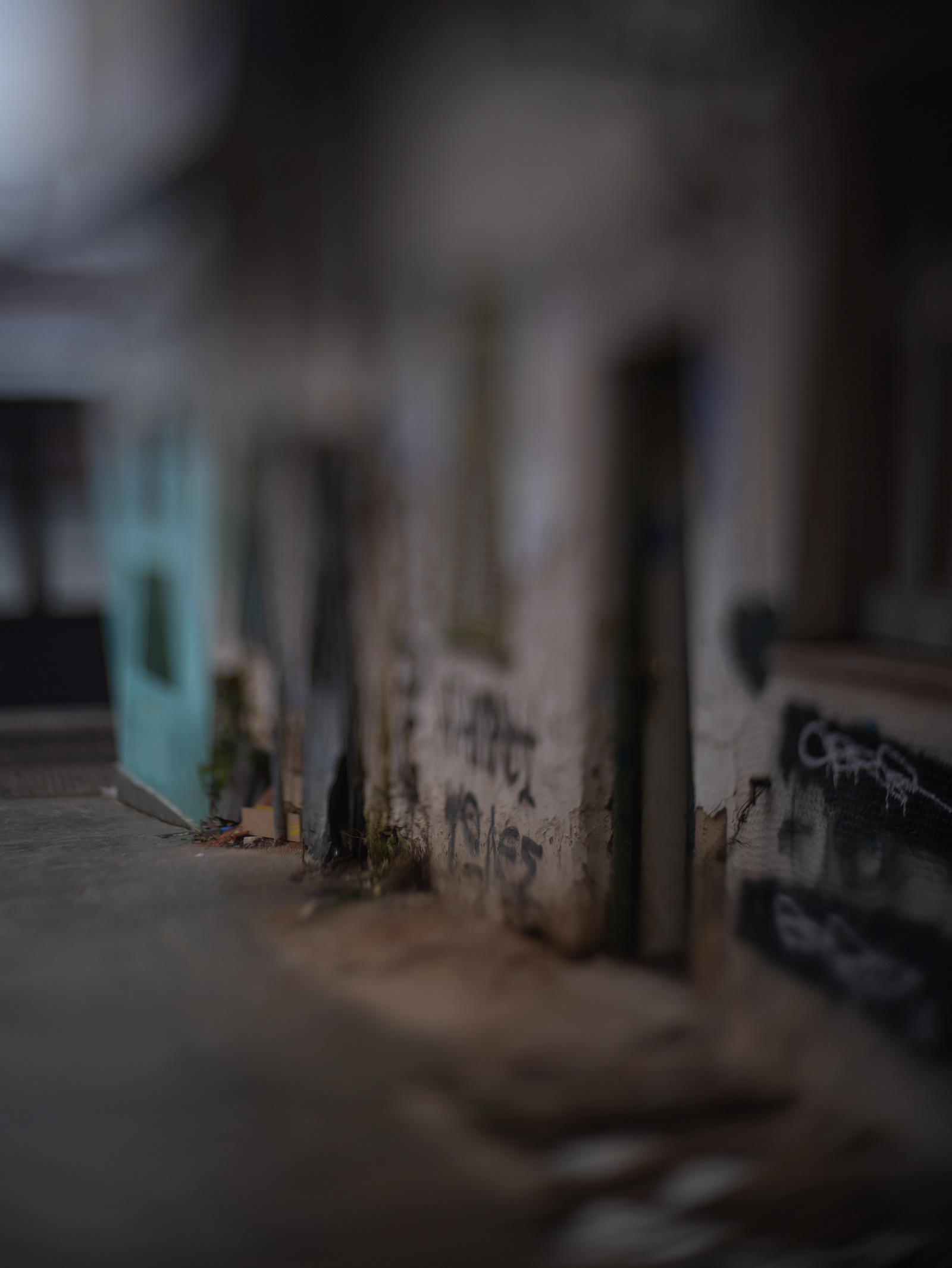
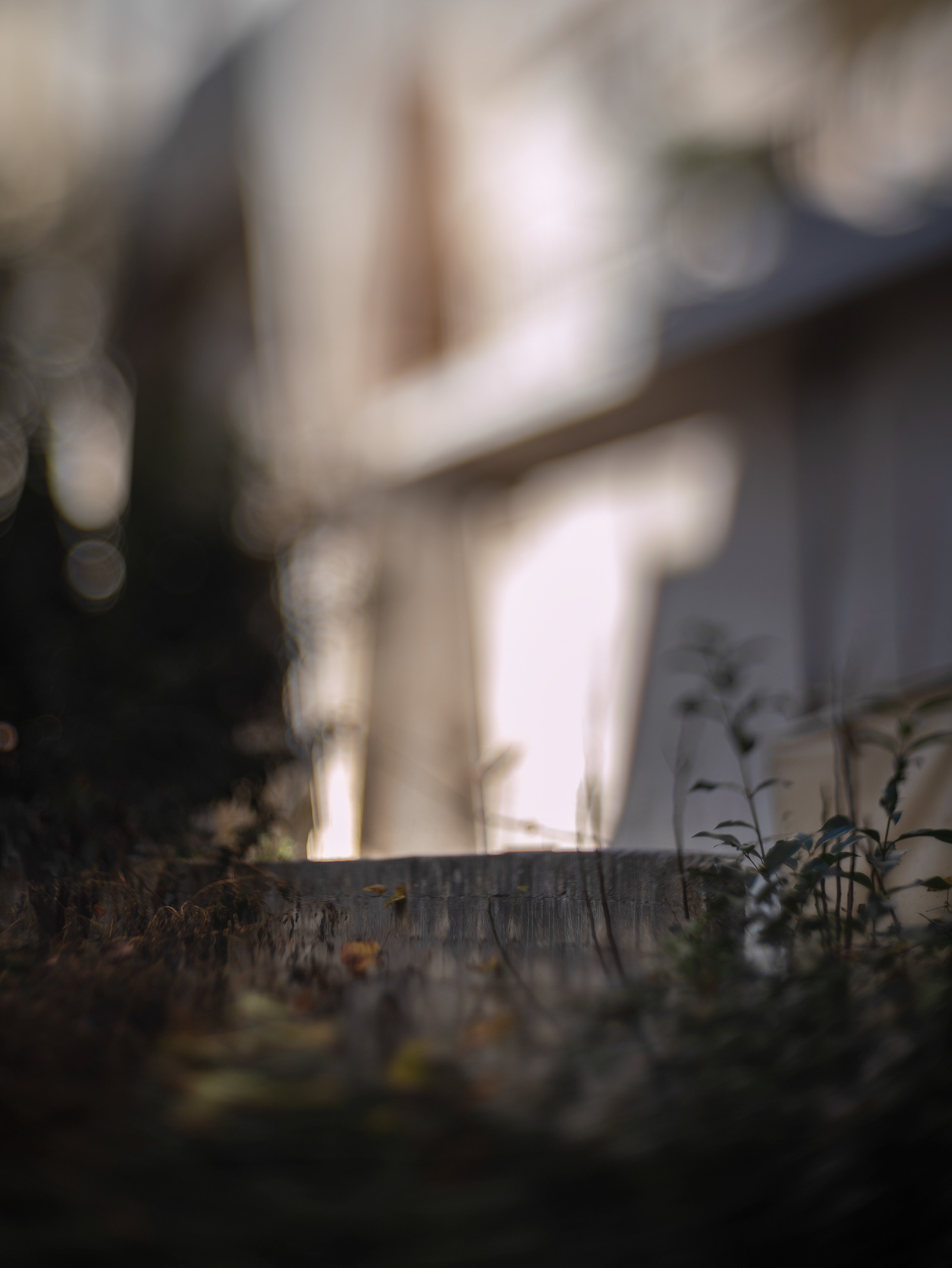
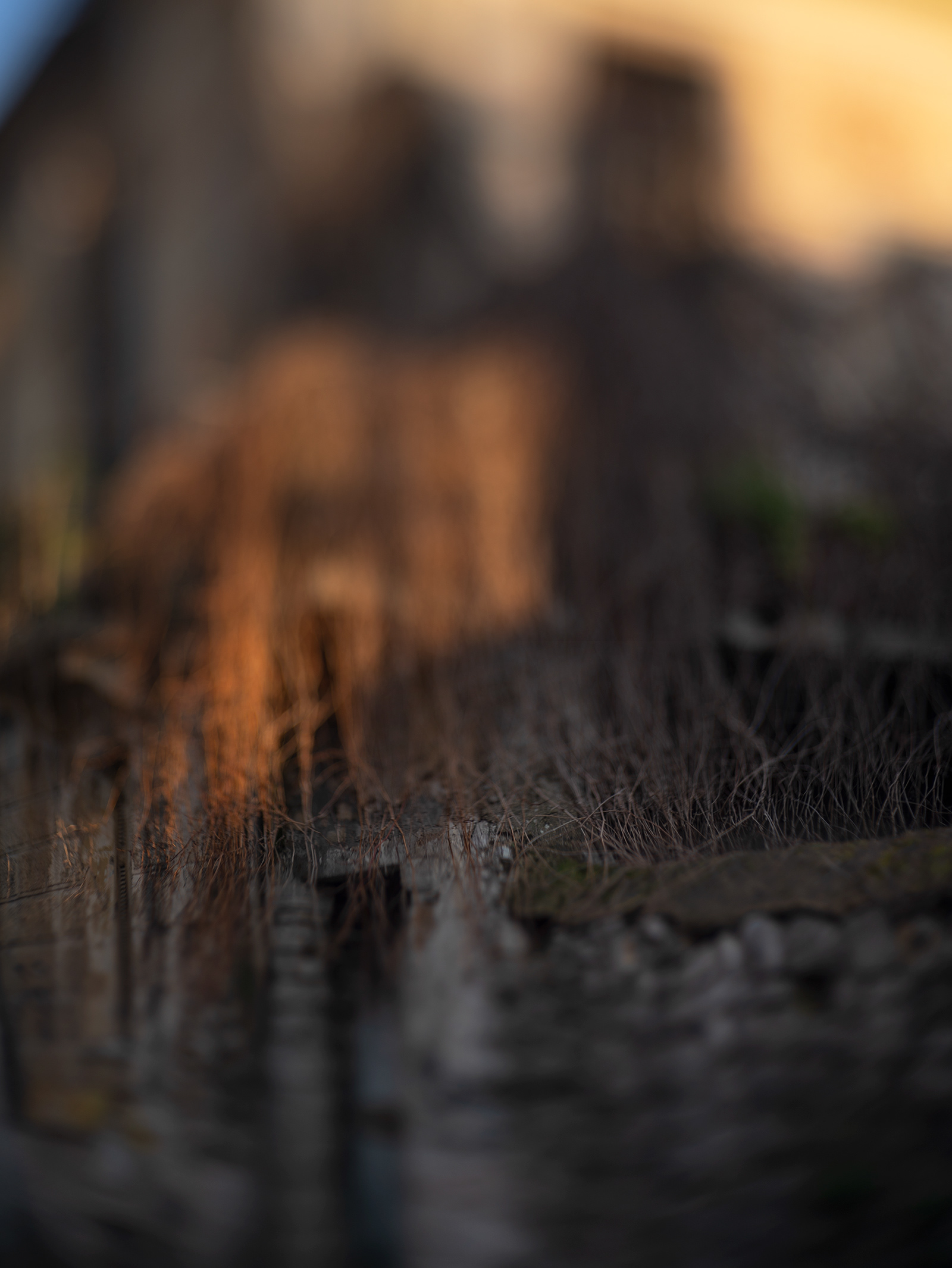
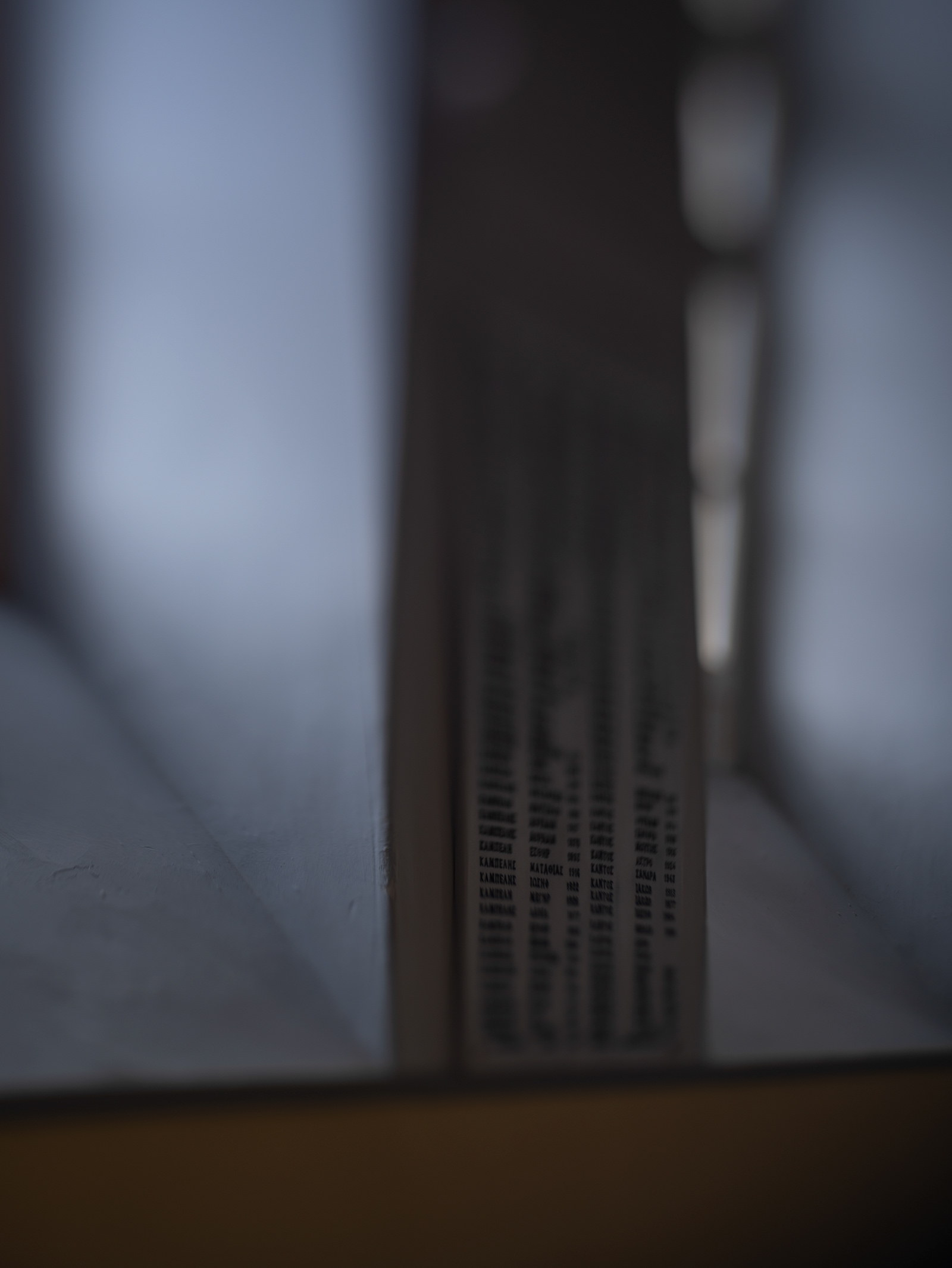

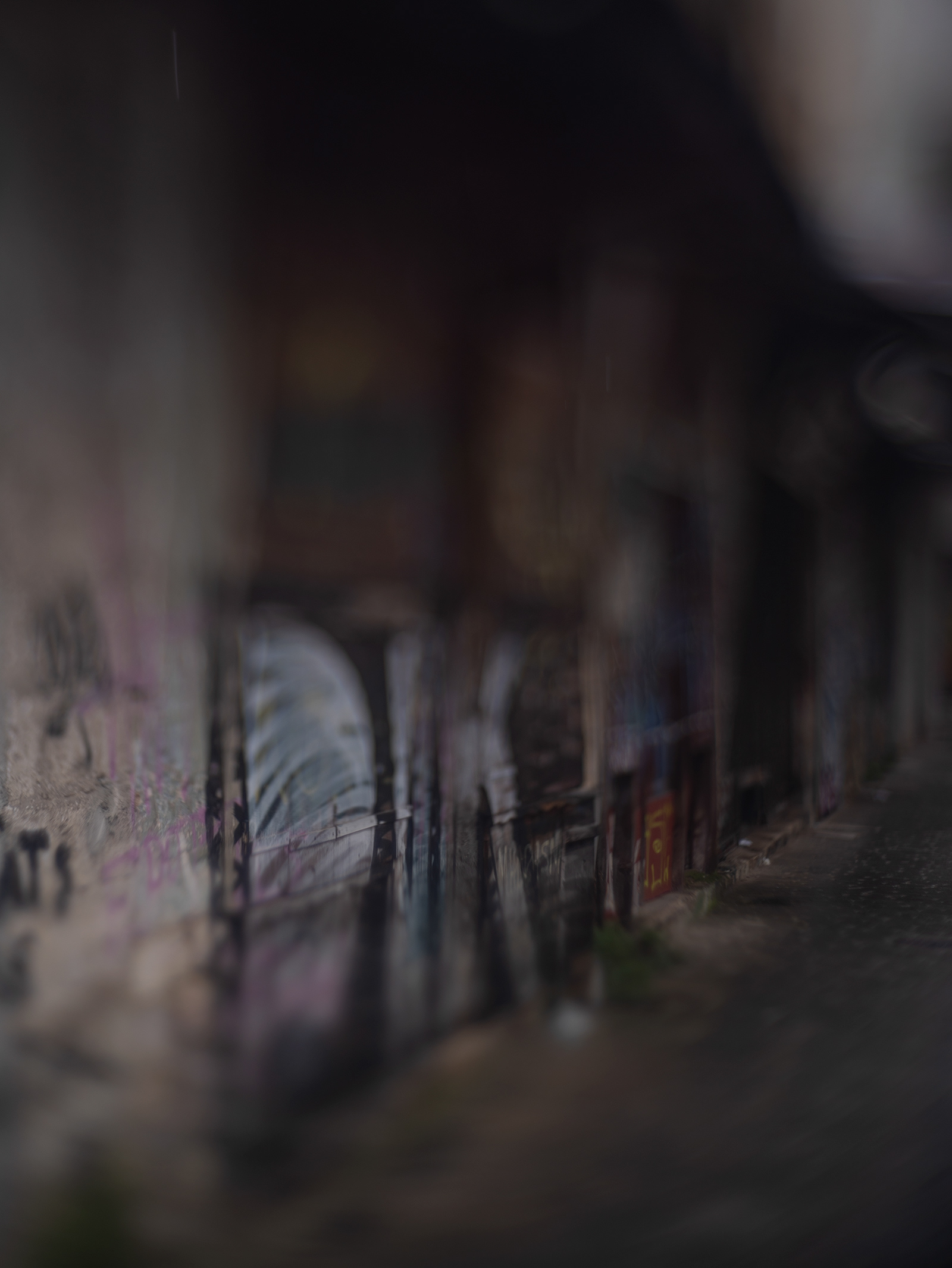




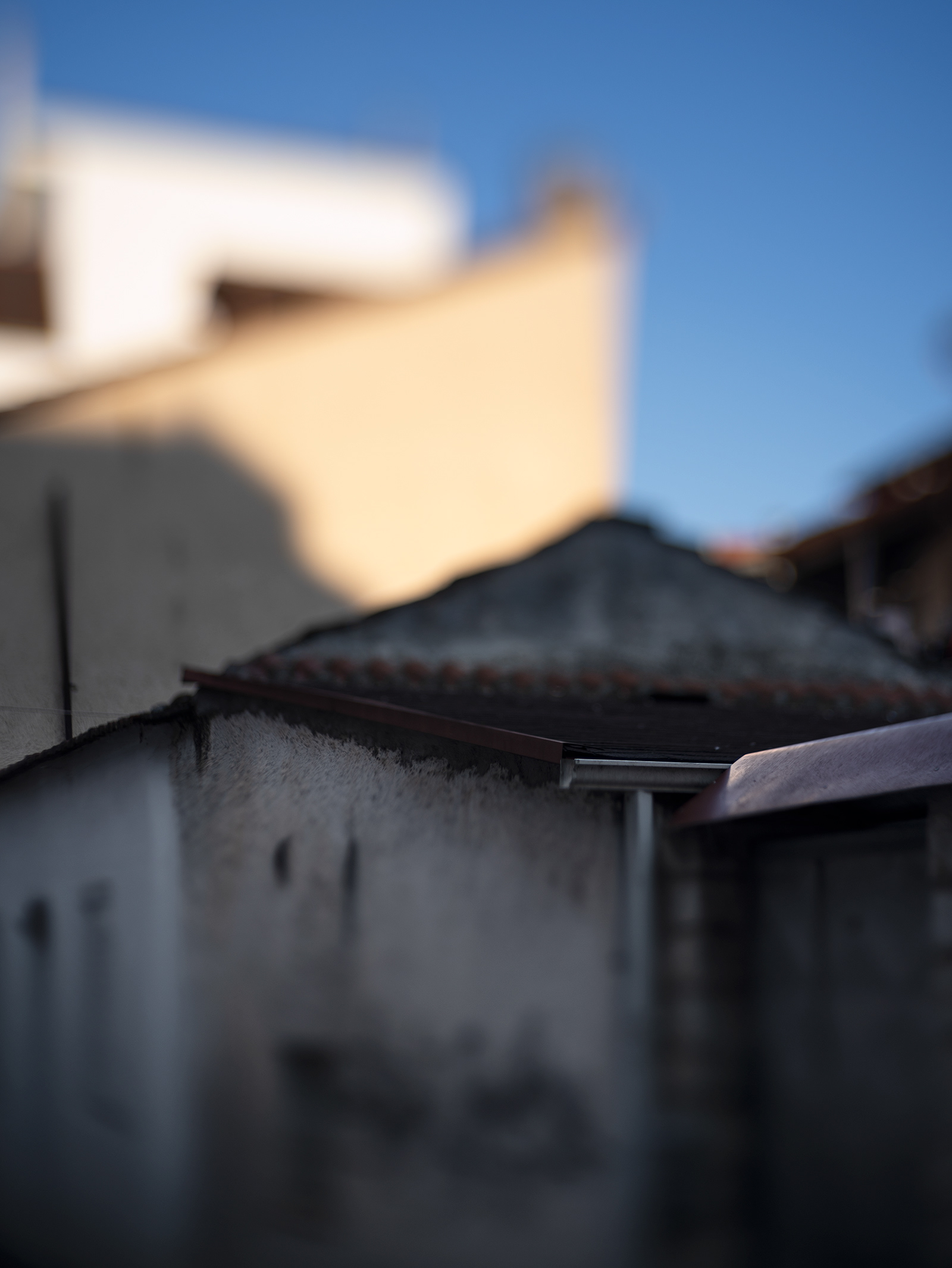
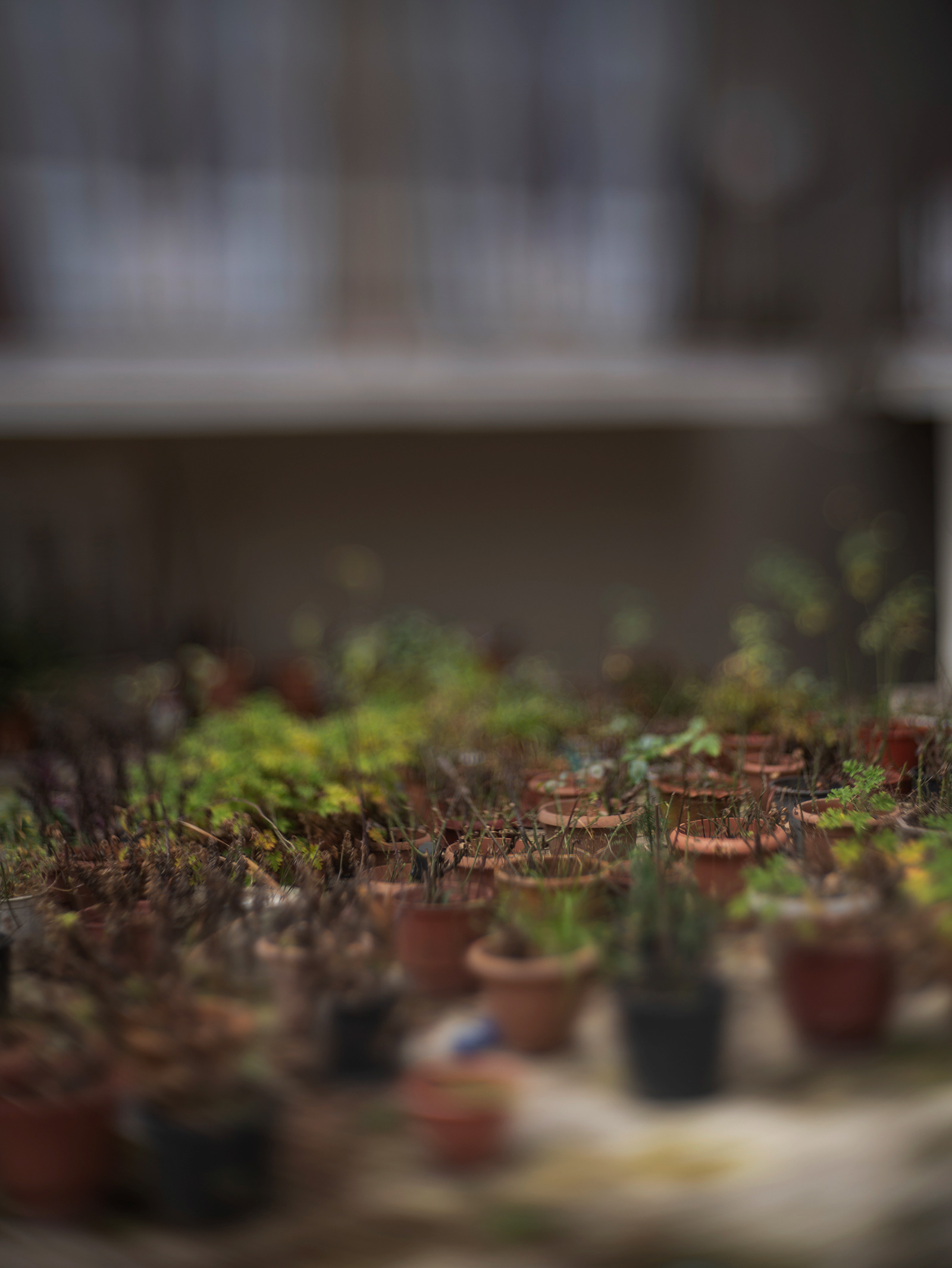

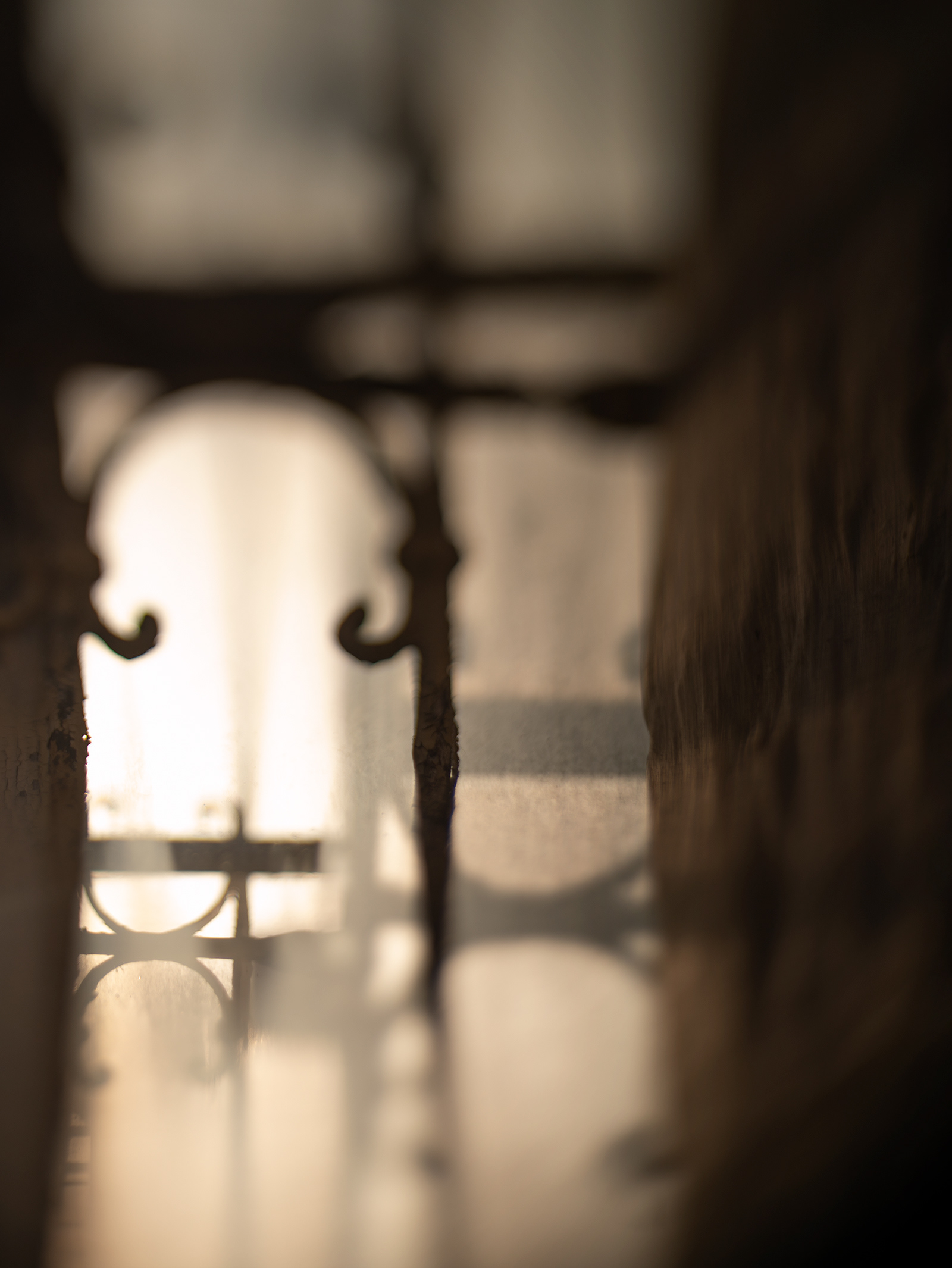

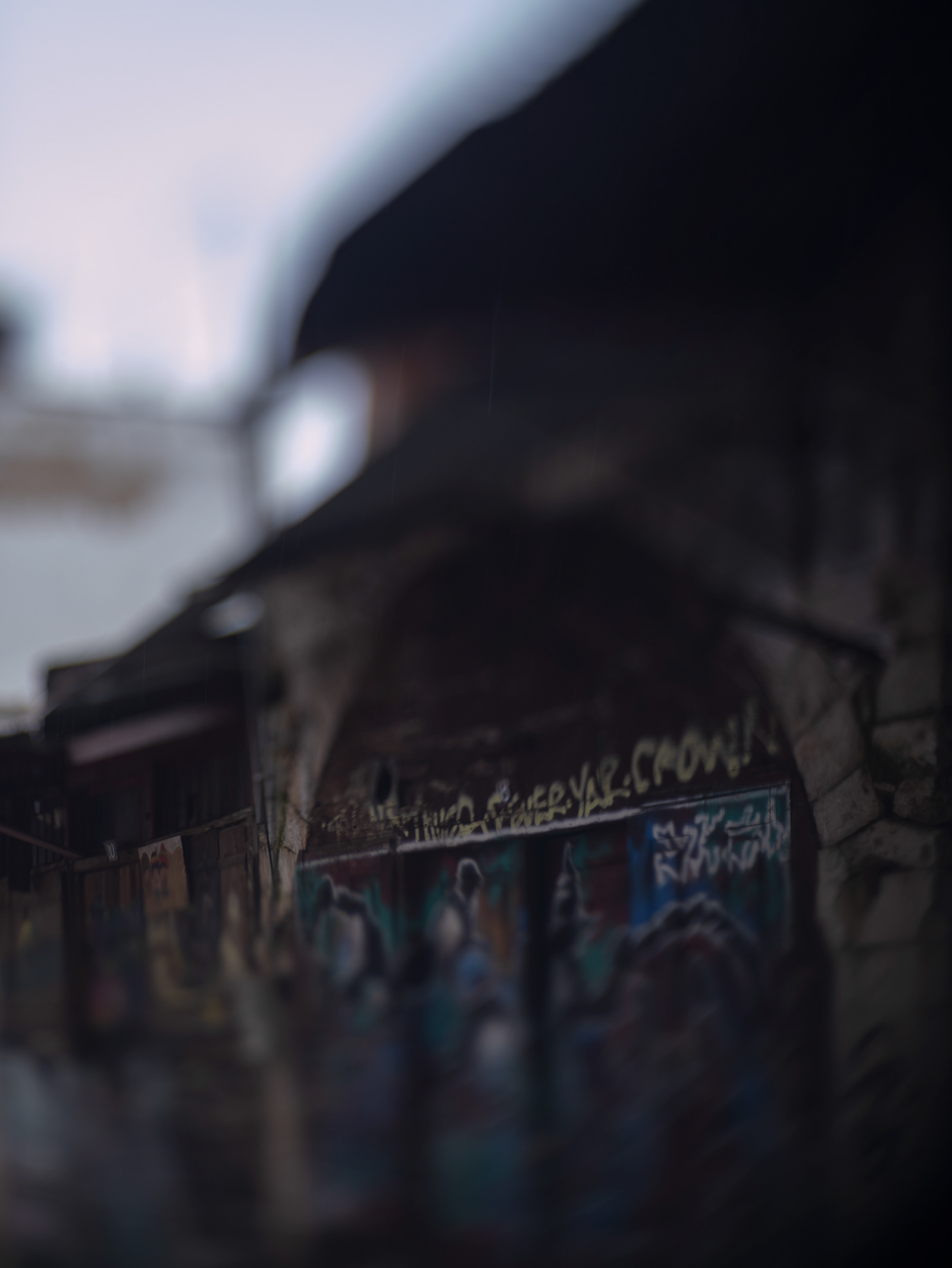
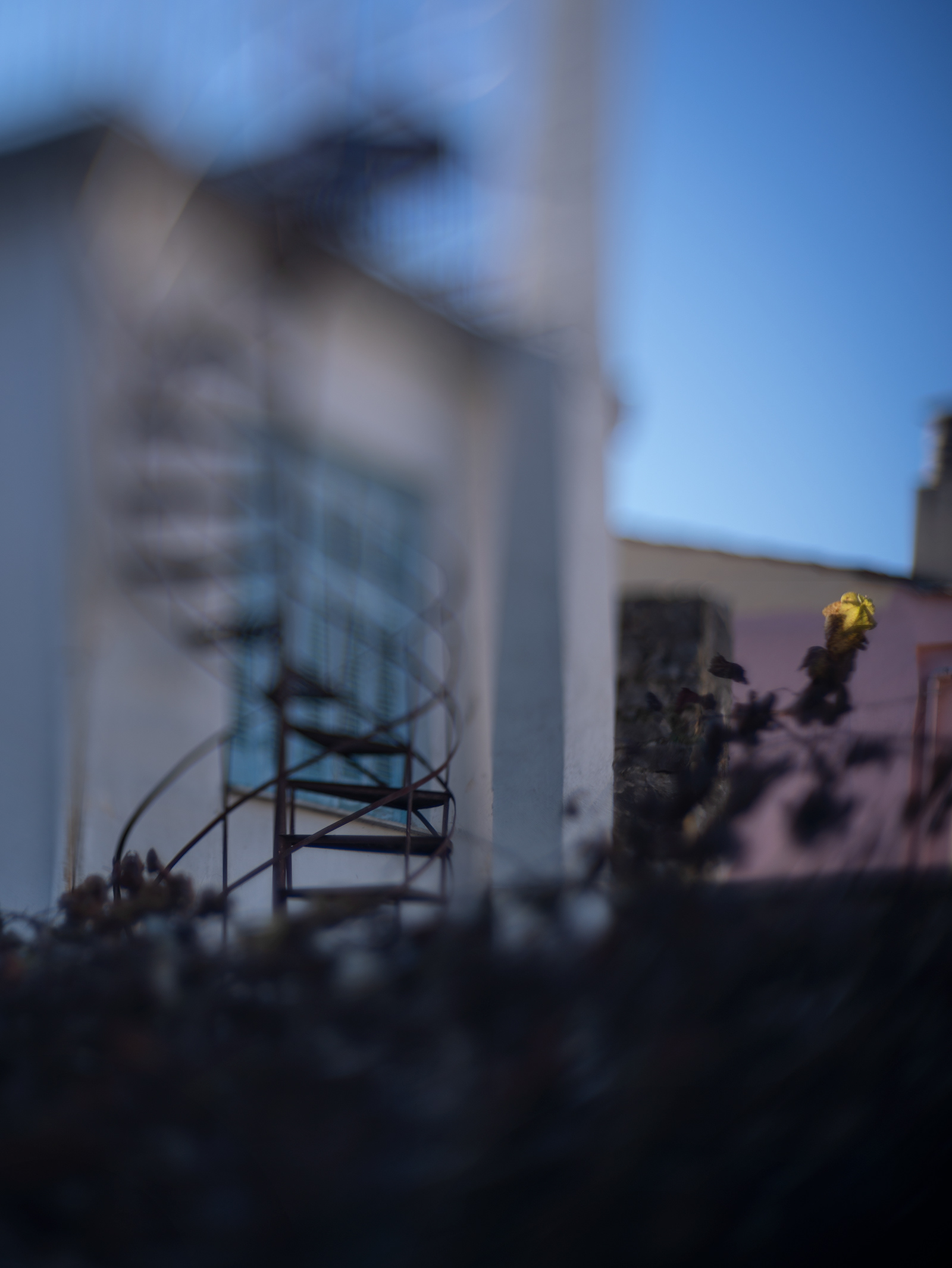


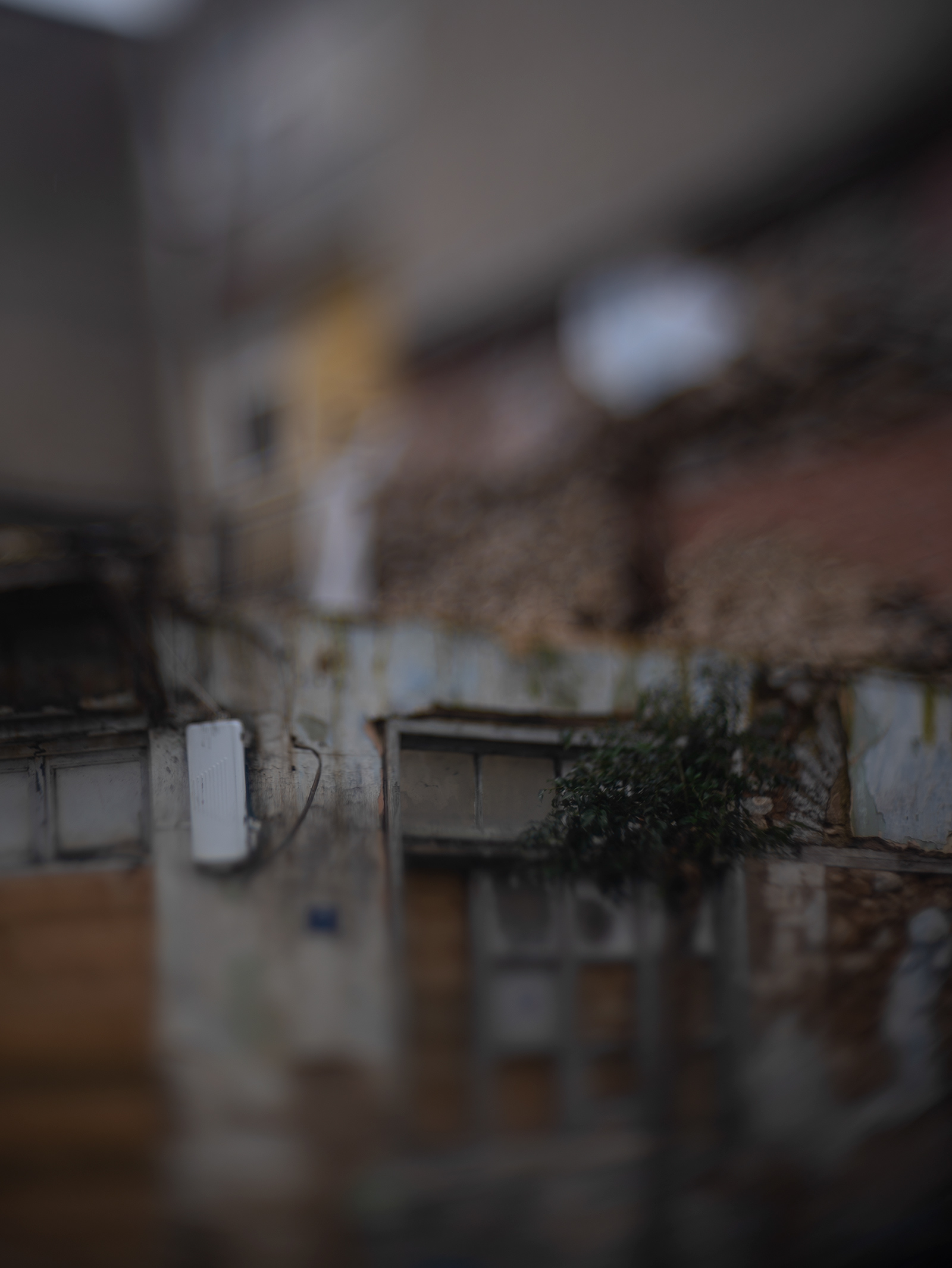
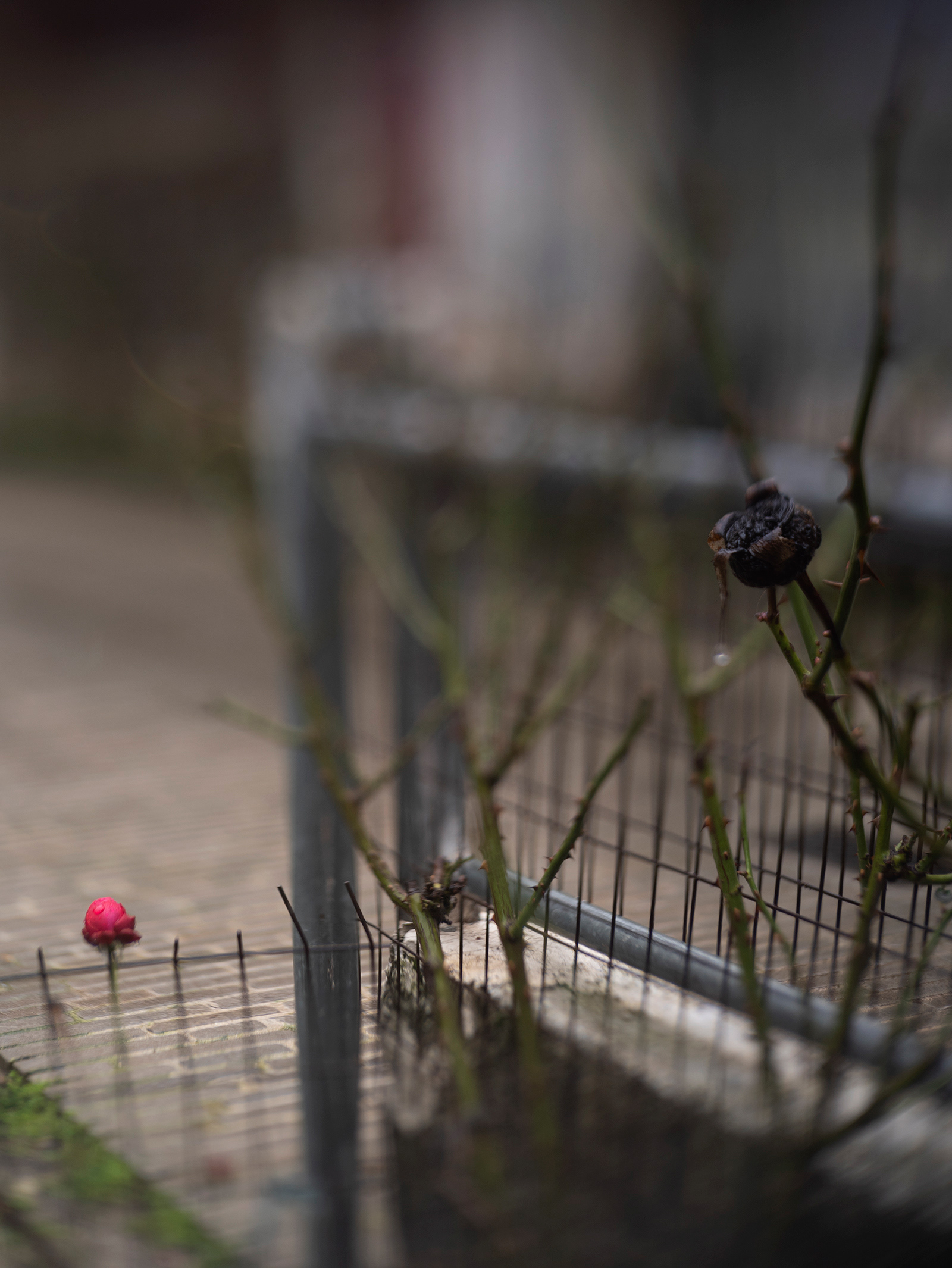

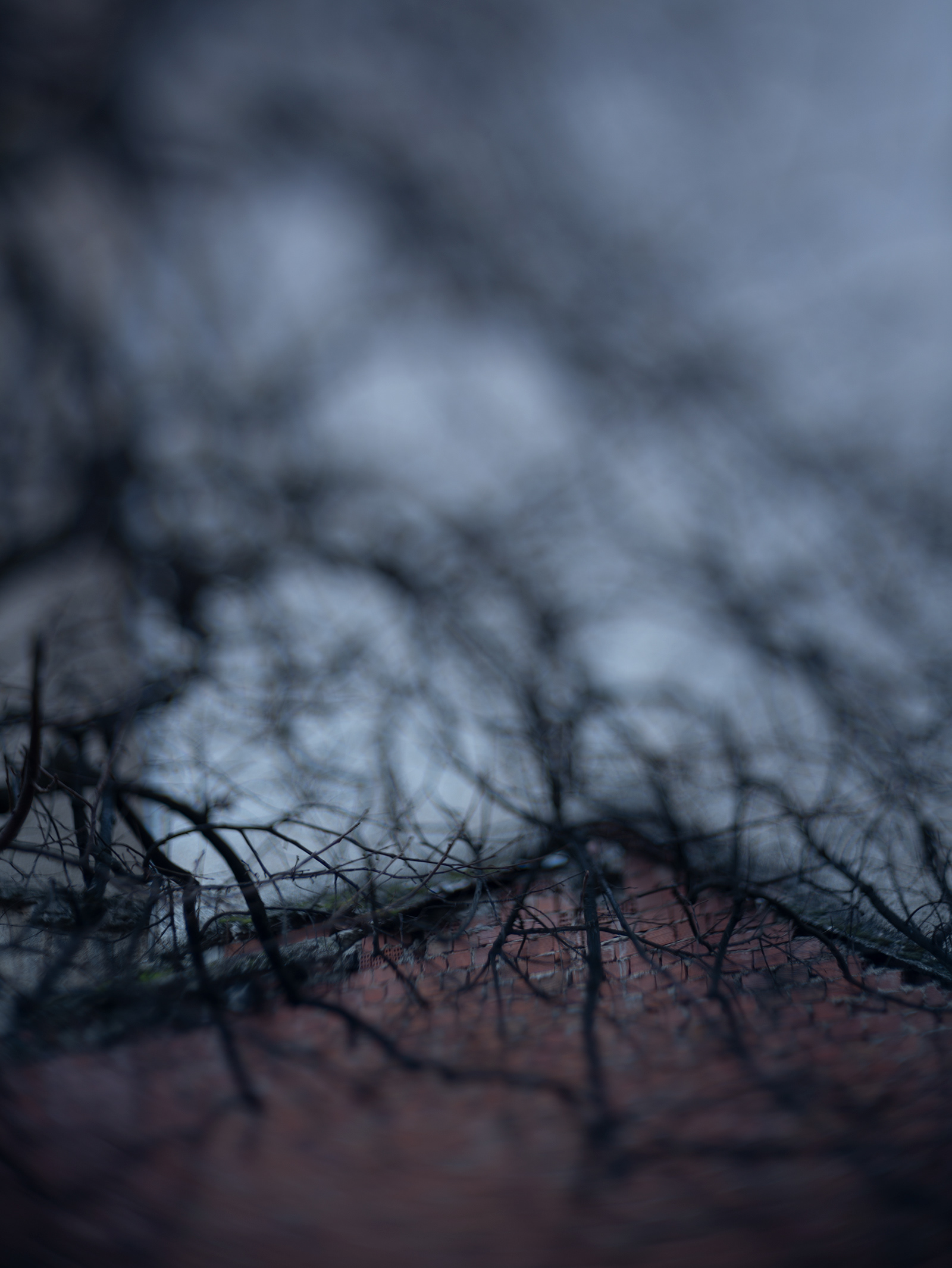
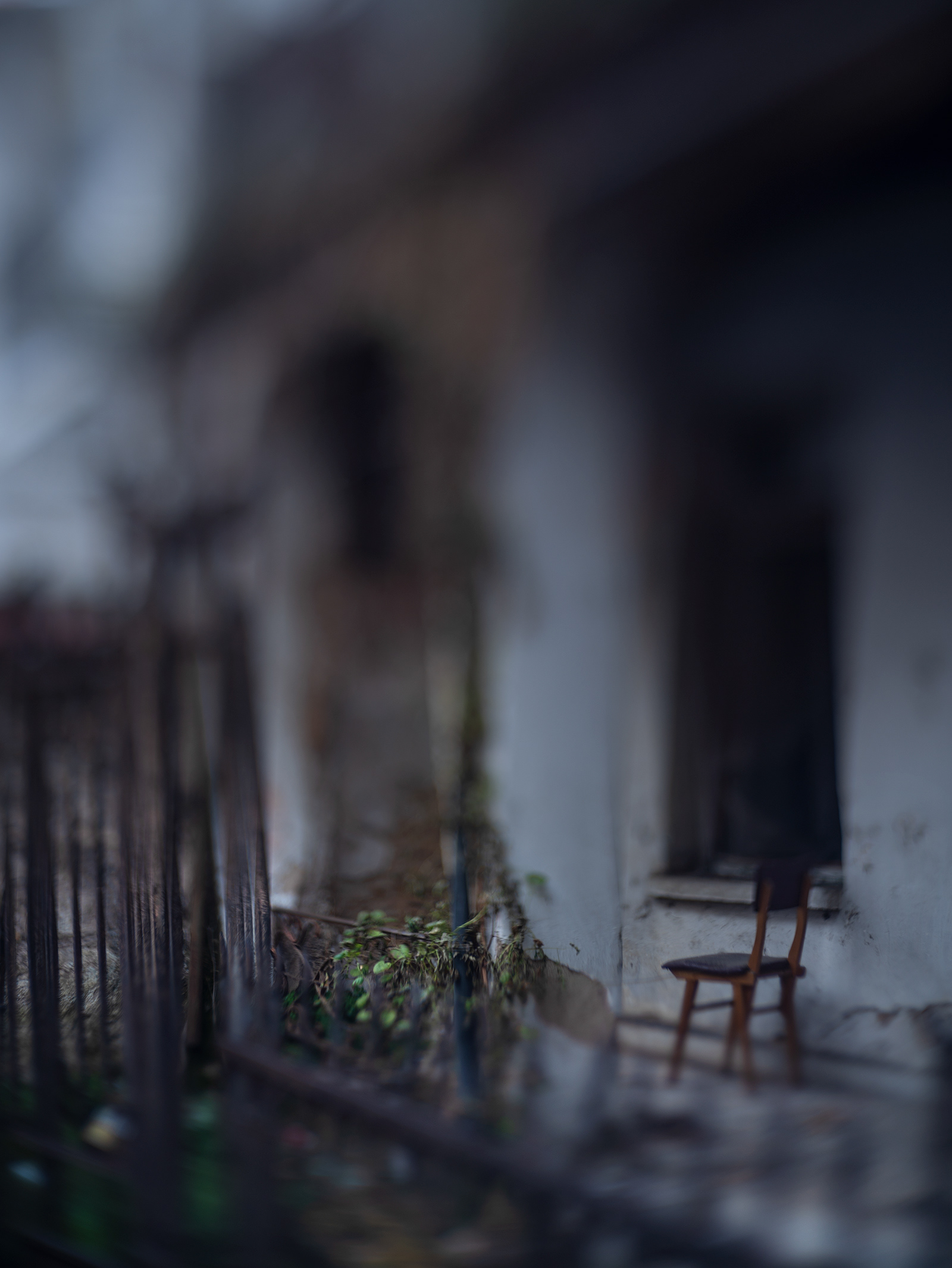
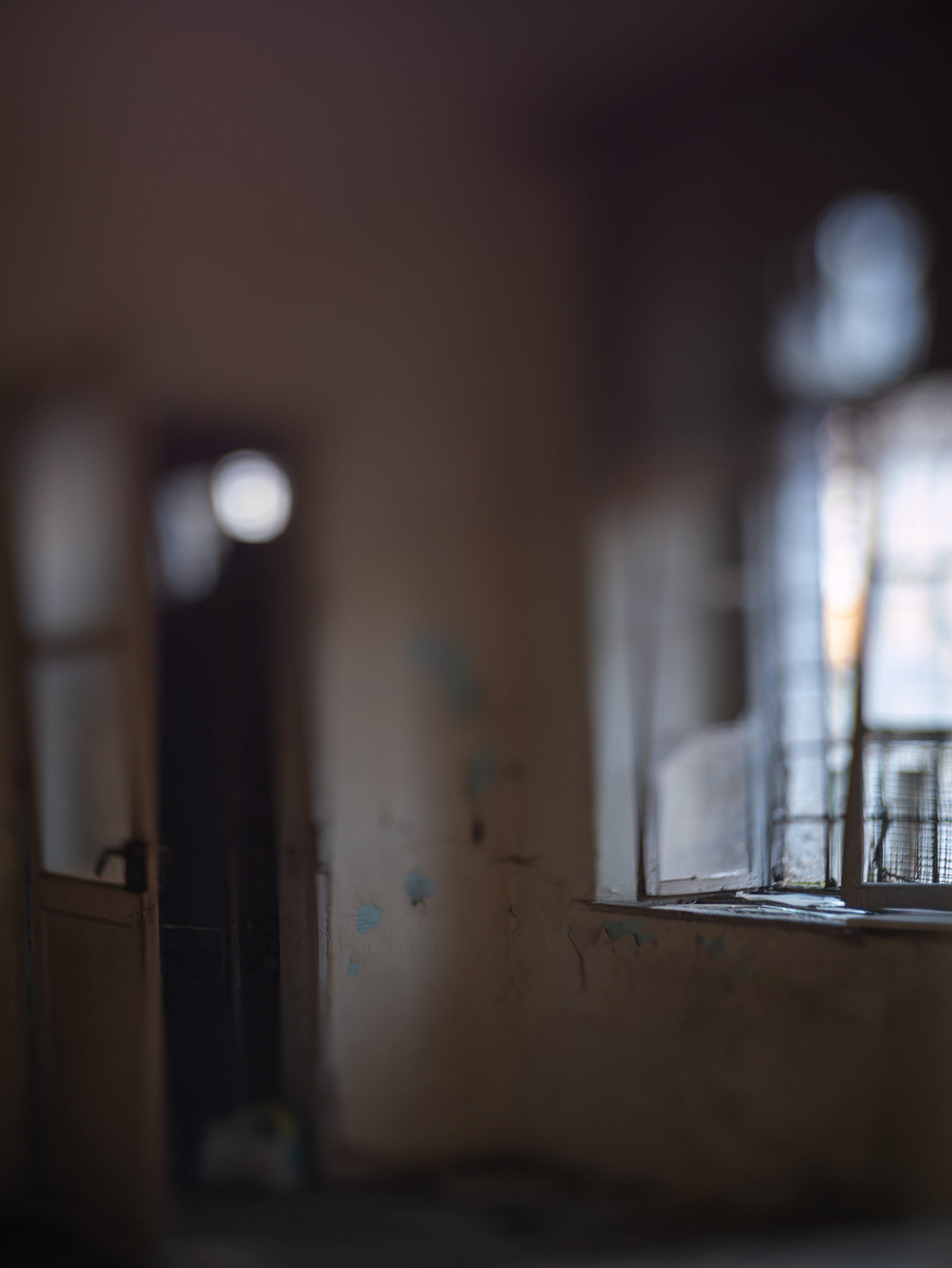
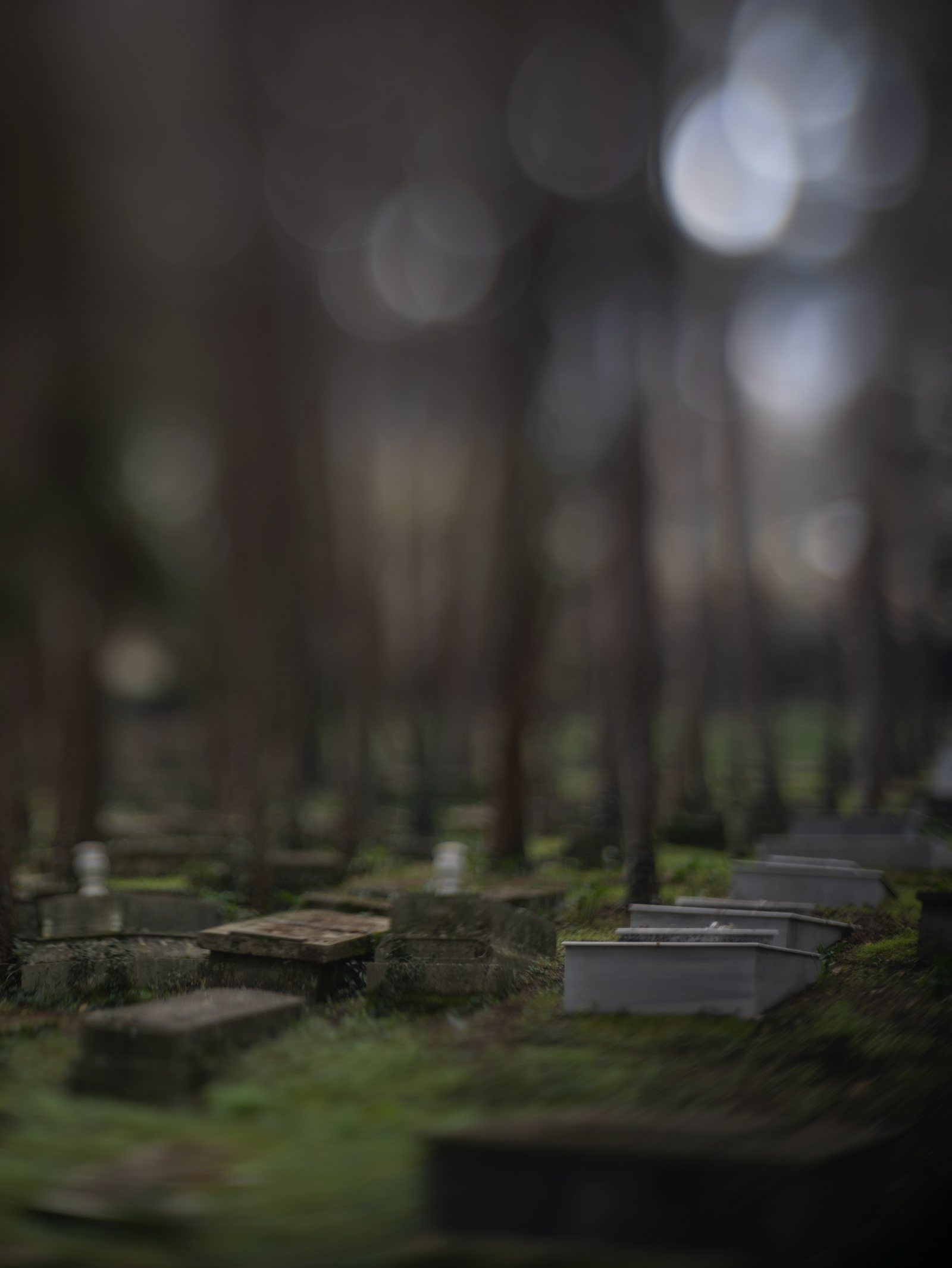

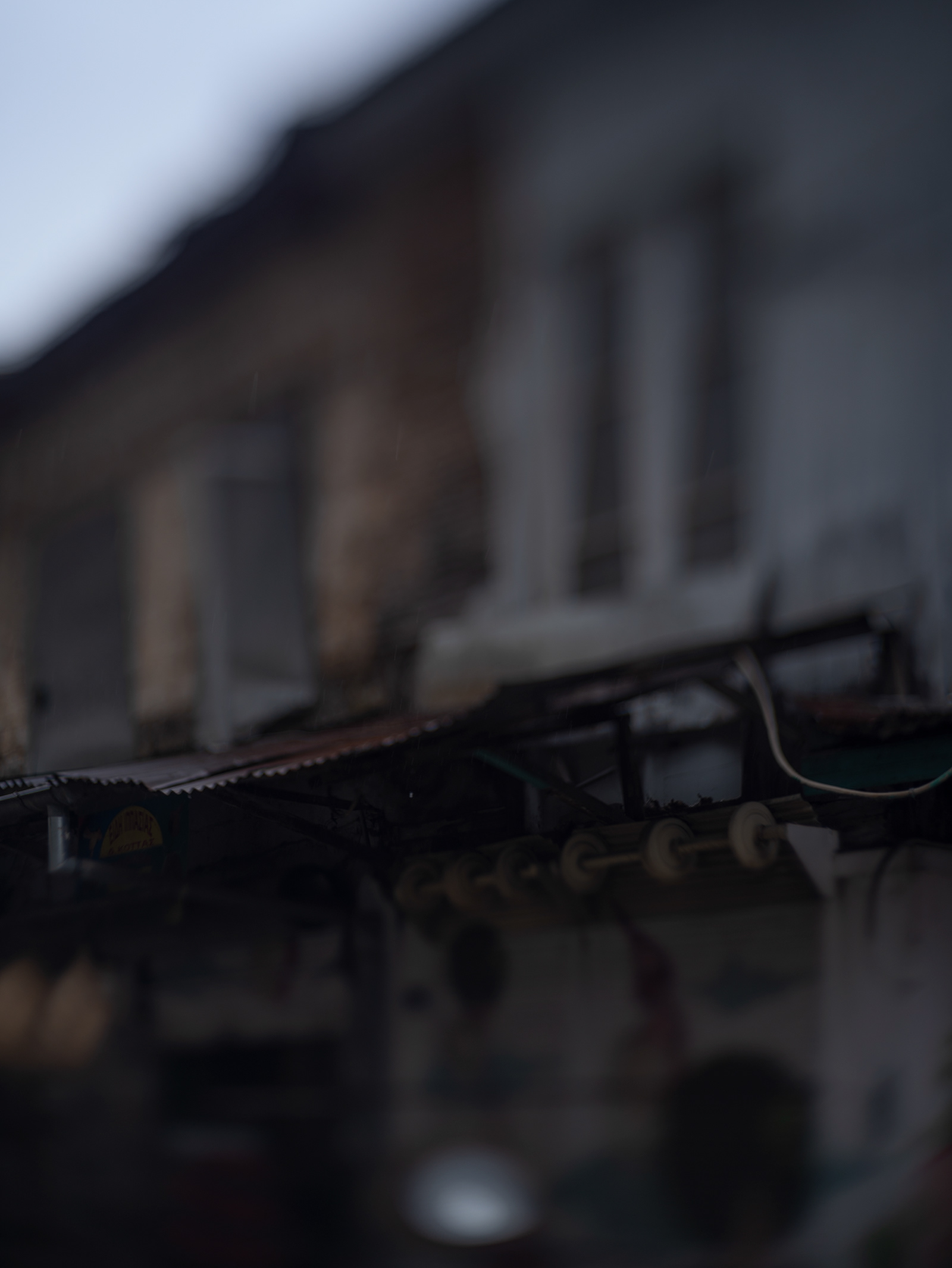
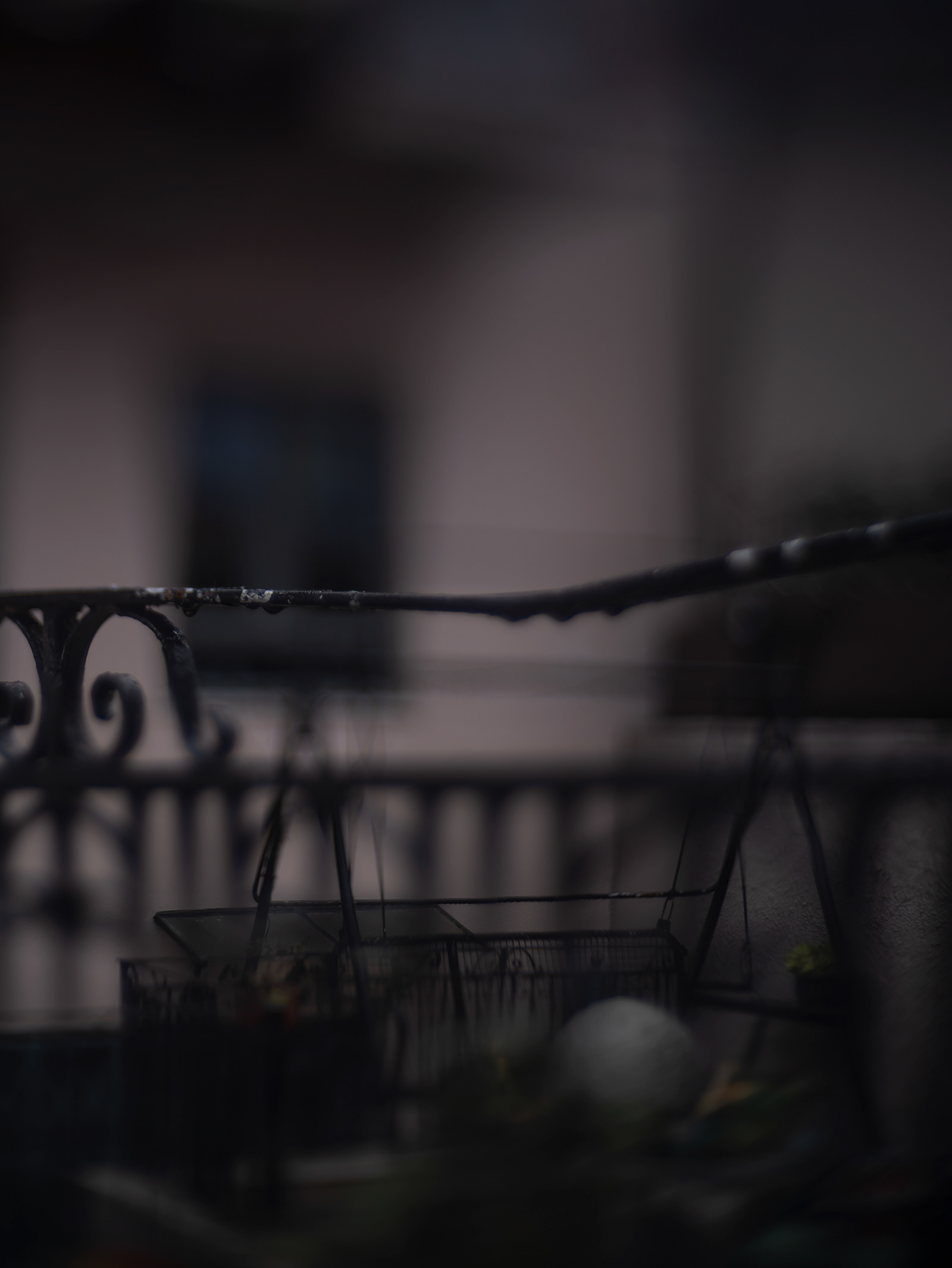

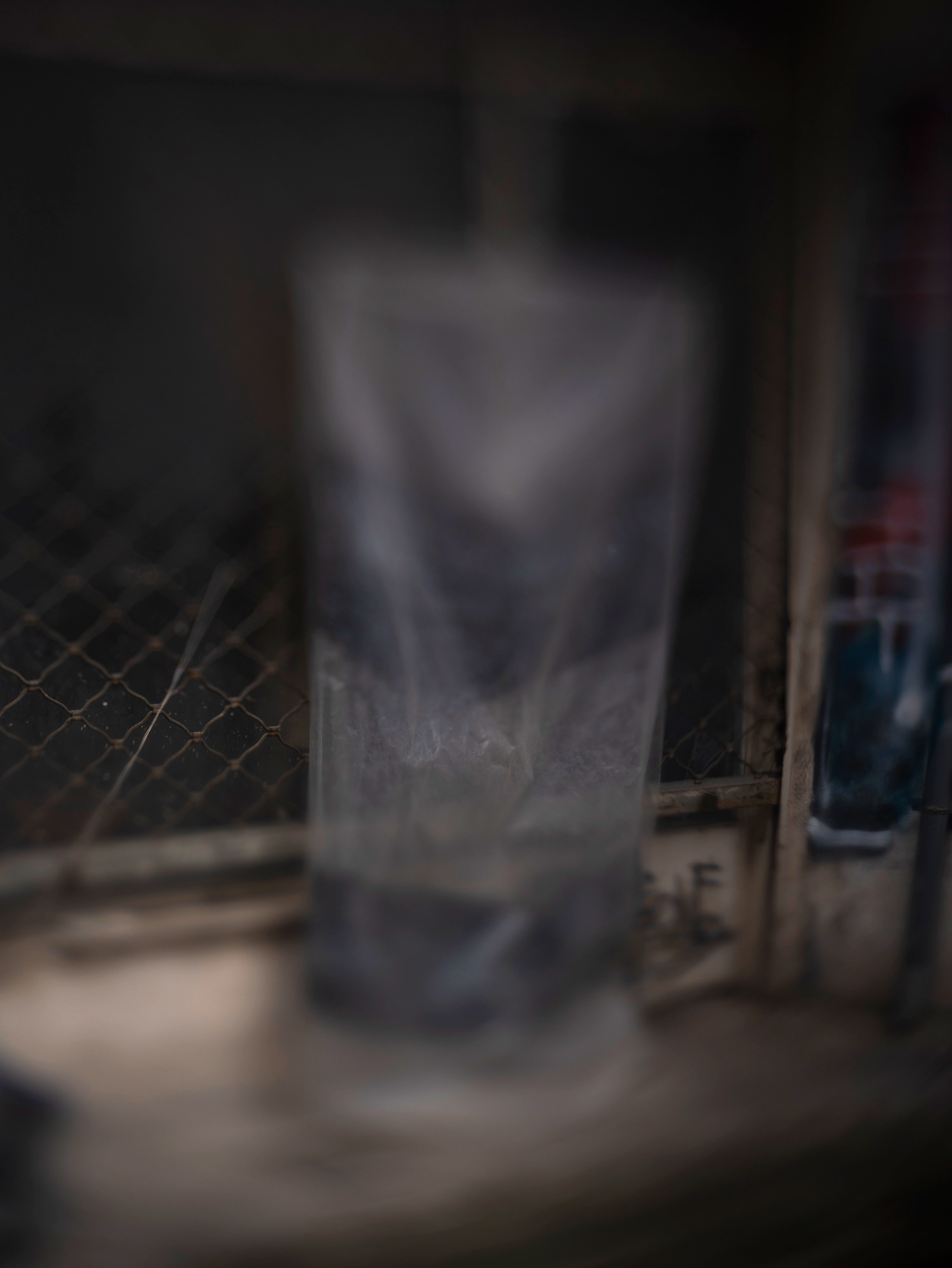

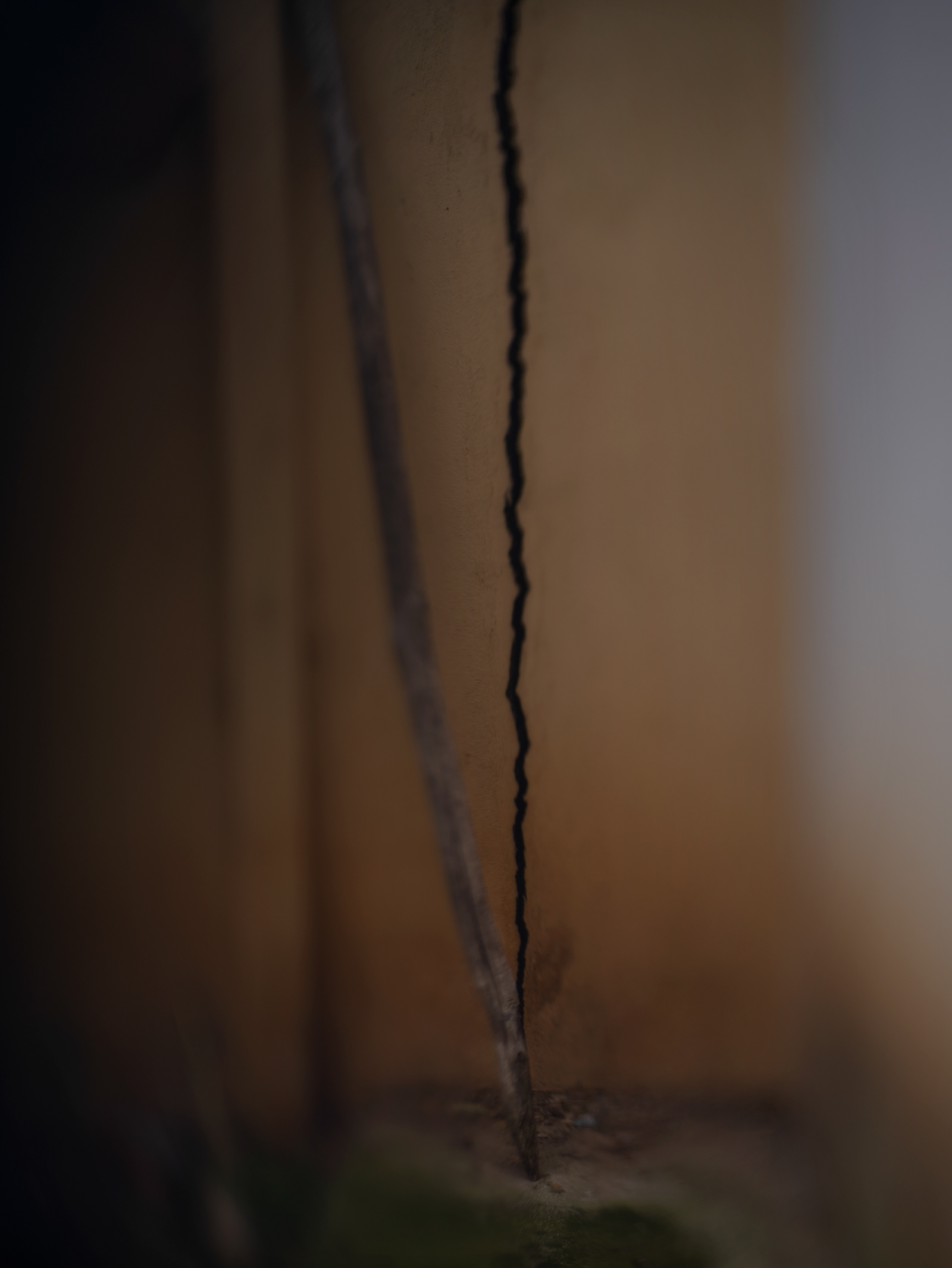
3. Elegy for Salonica
A poem of remembrance for the Jews of Thessaloniki, an ancient Jewish community and for centuries one of the great Jewish cities of the world—especially as a center of Sephardic Jewish life. The photographs were made in the historic Jewish quarters of the city.


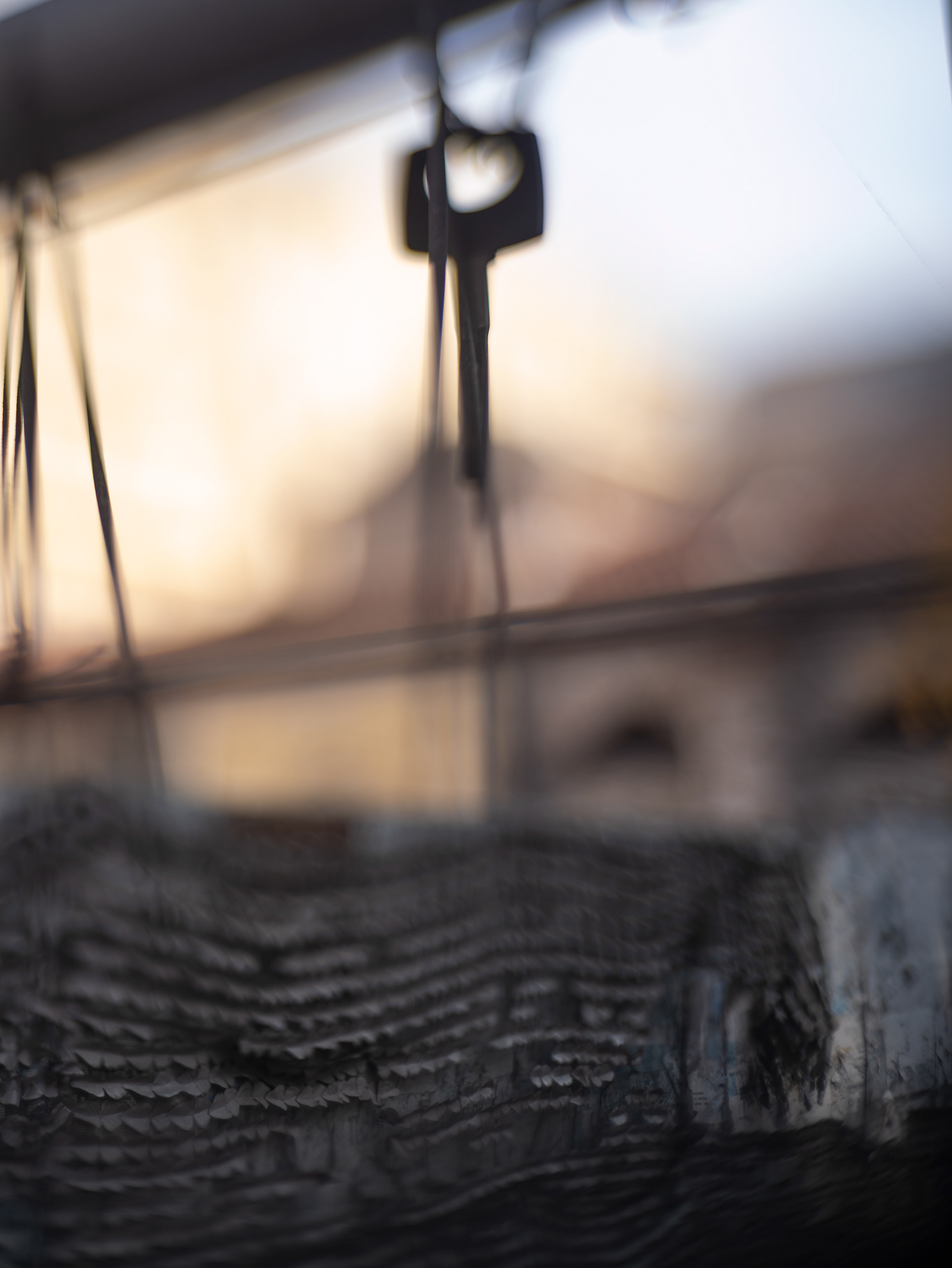

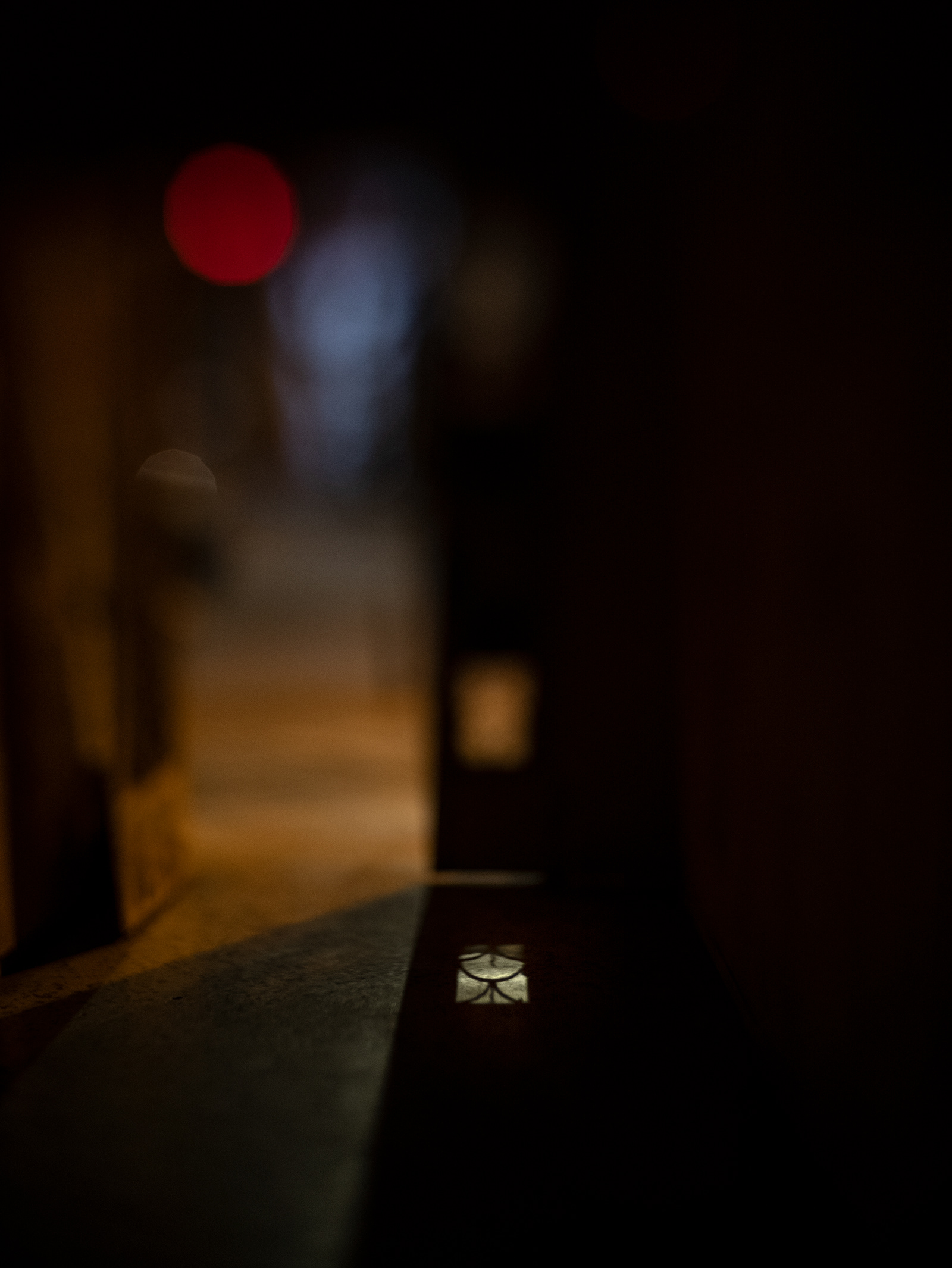
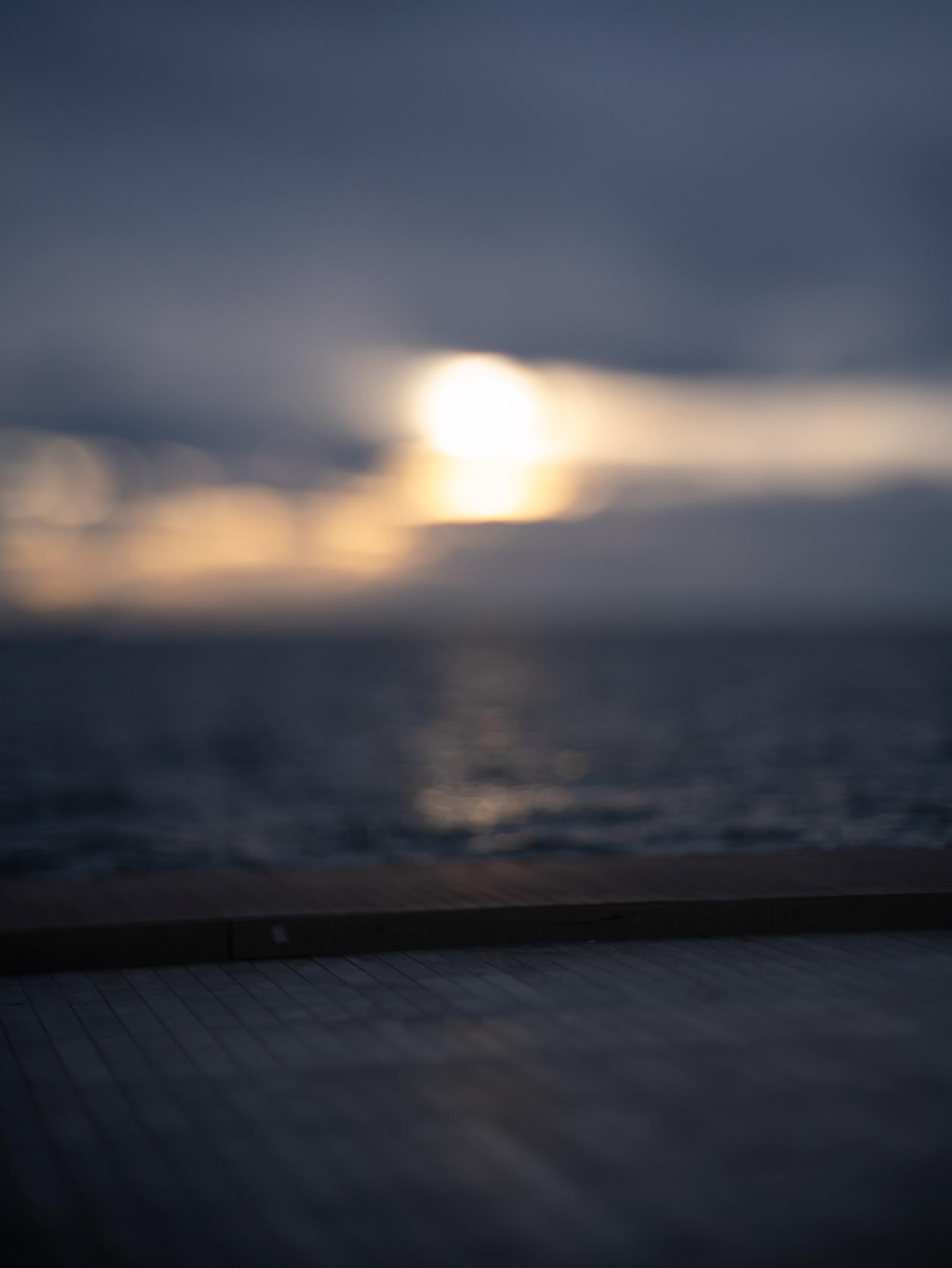
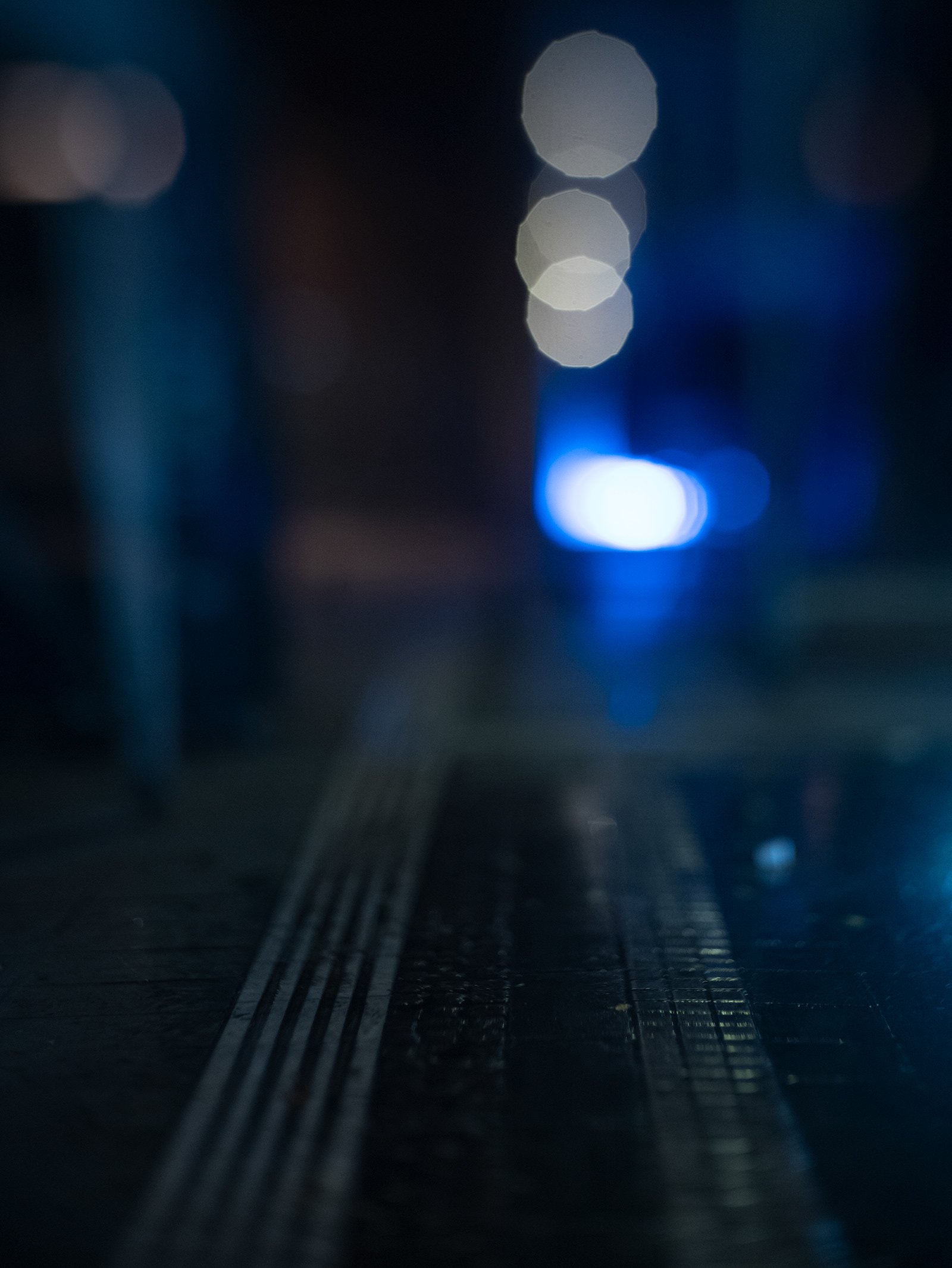
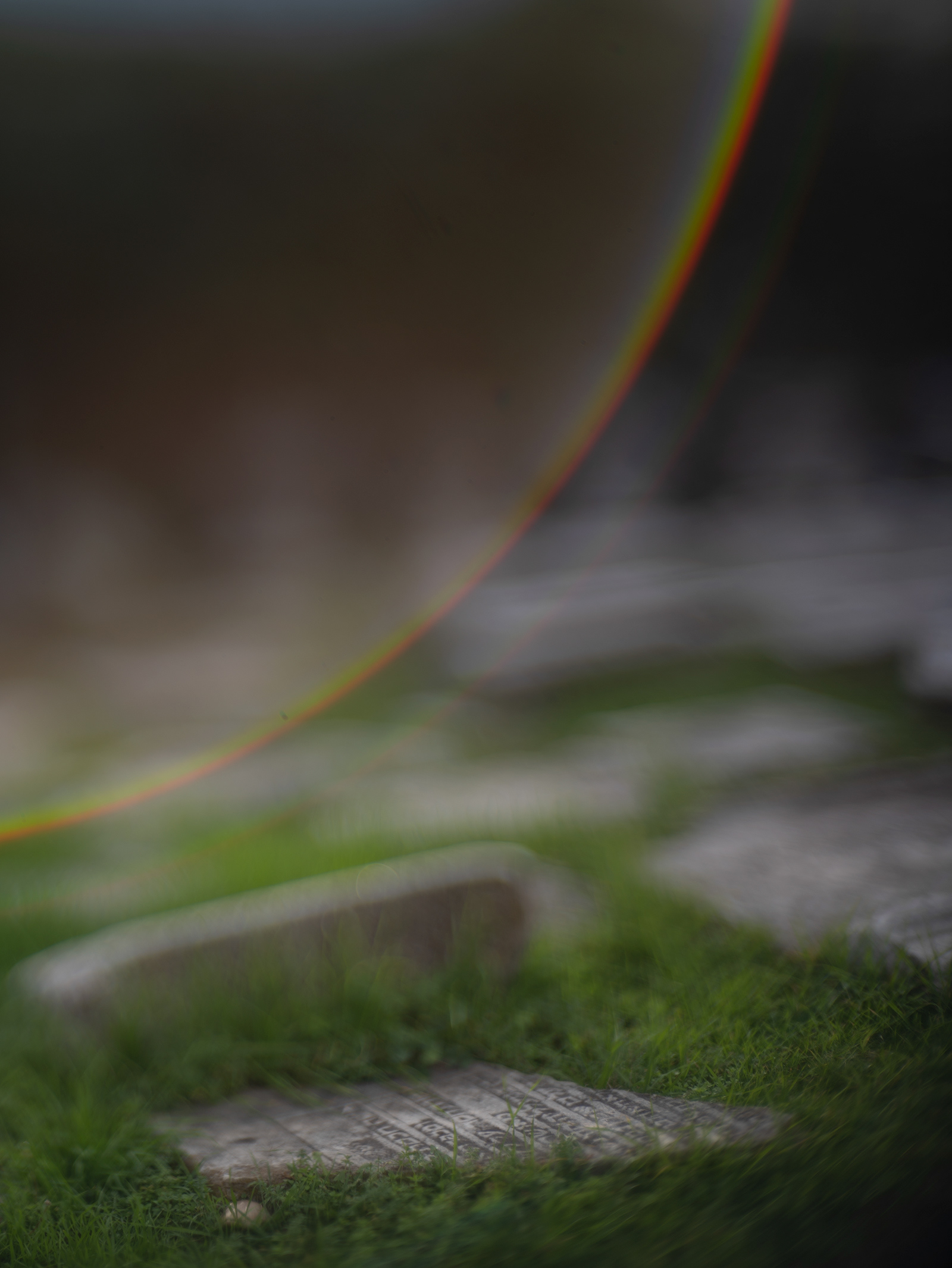
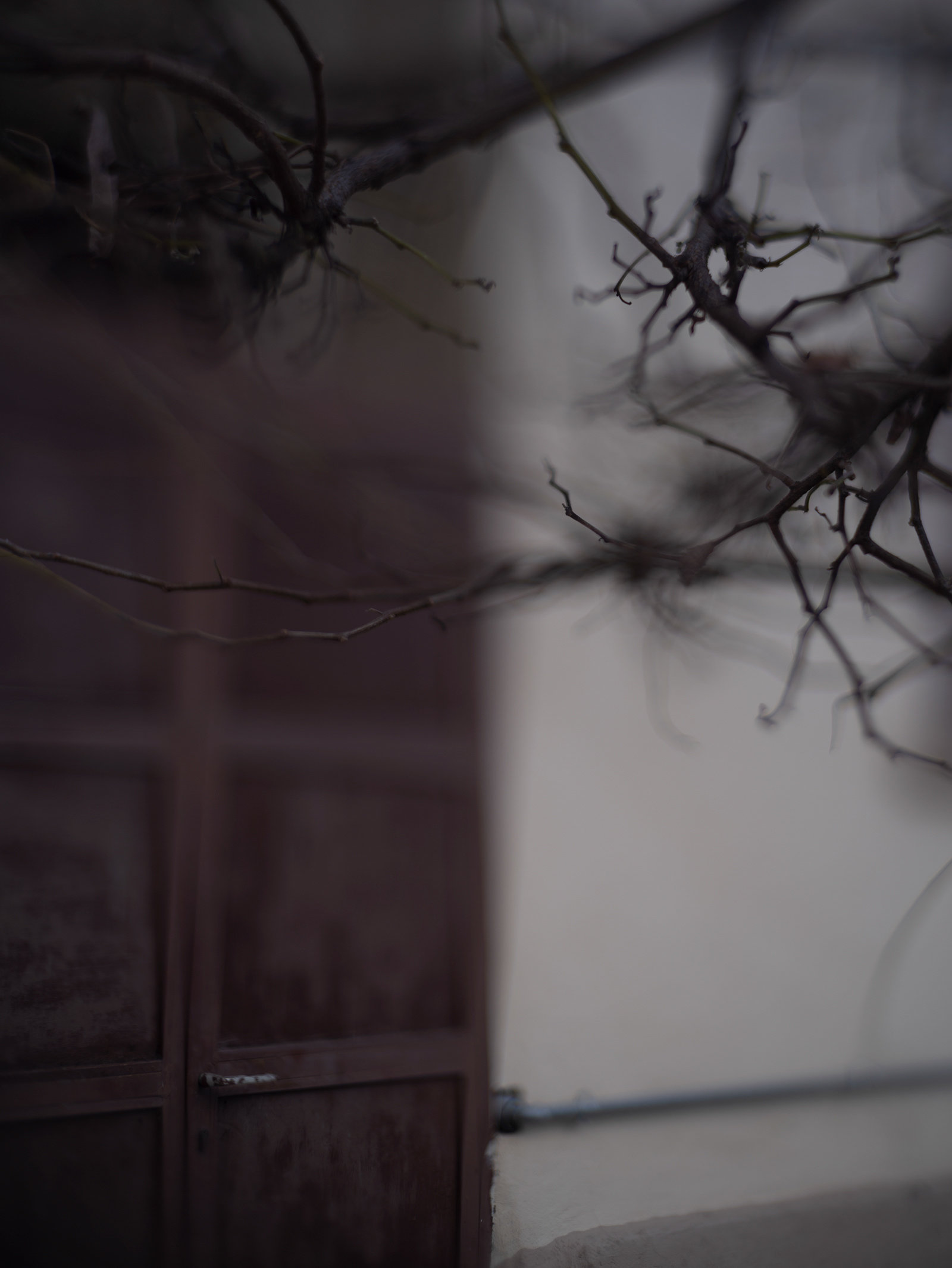

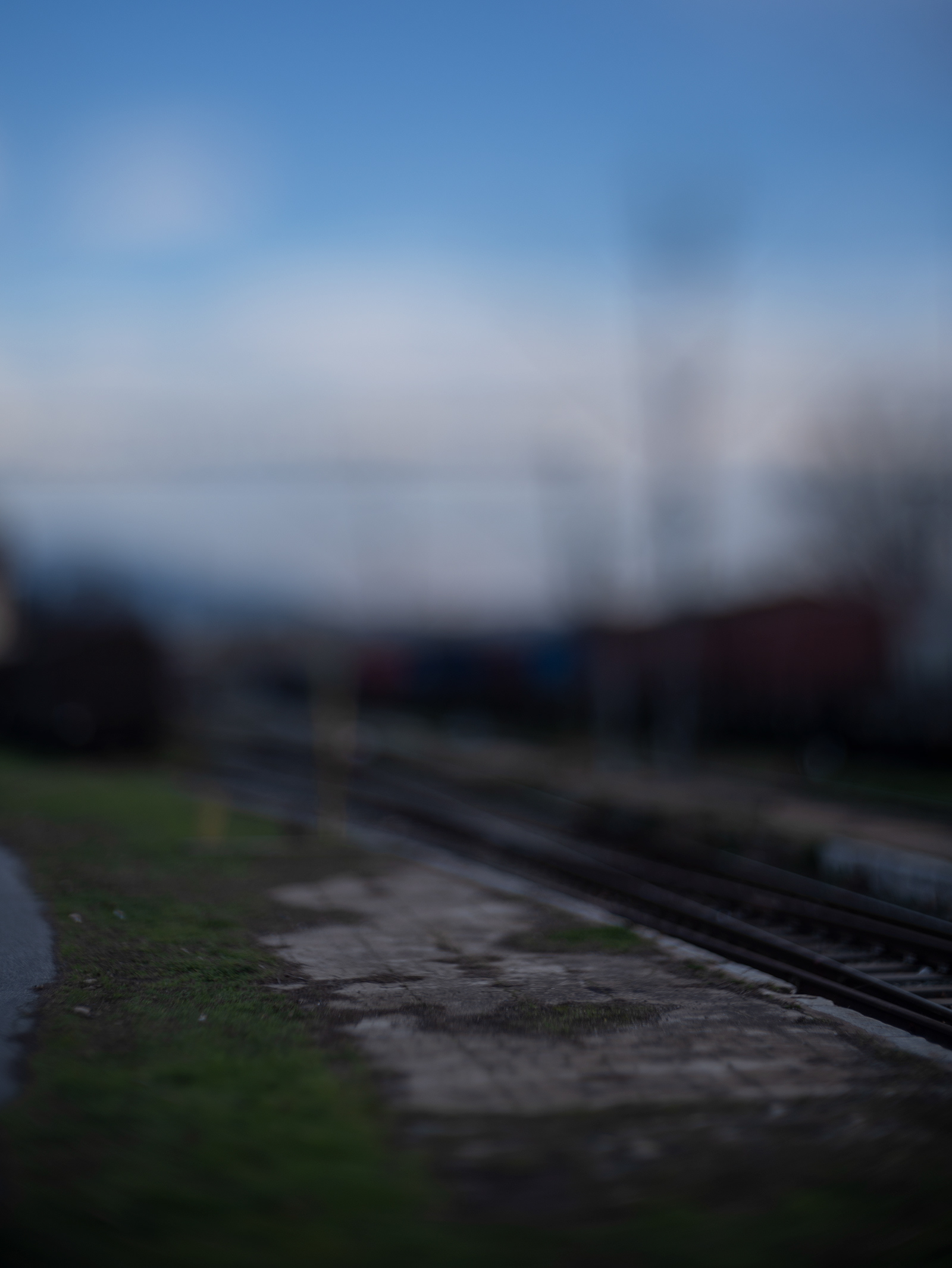
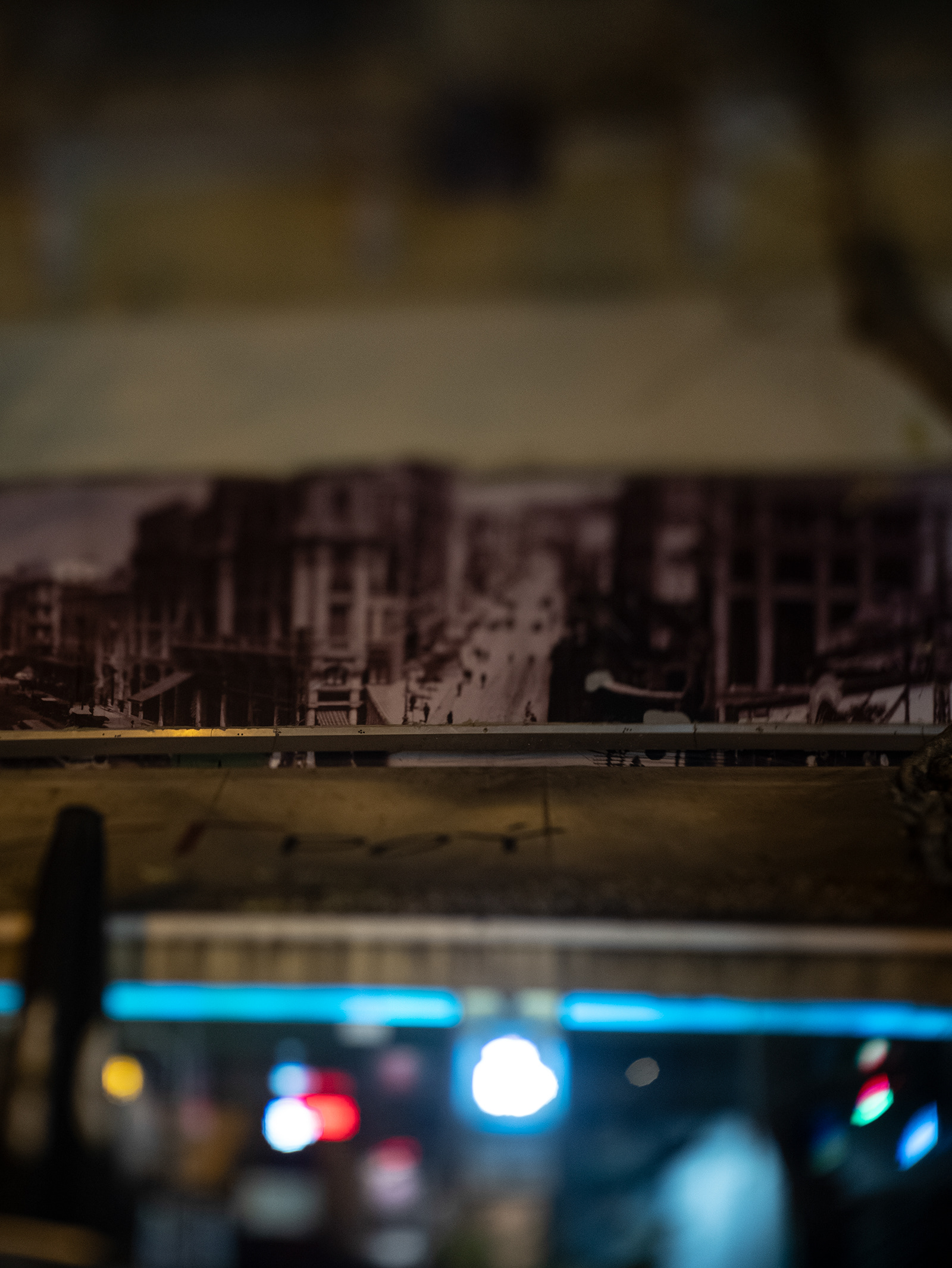
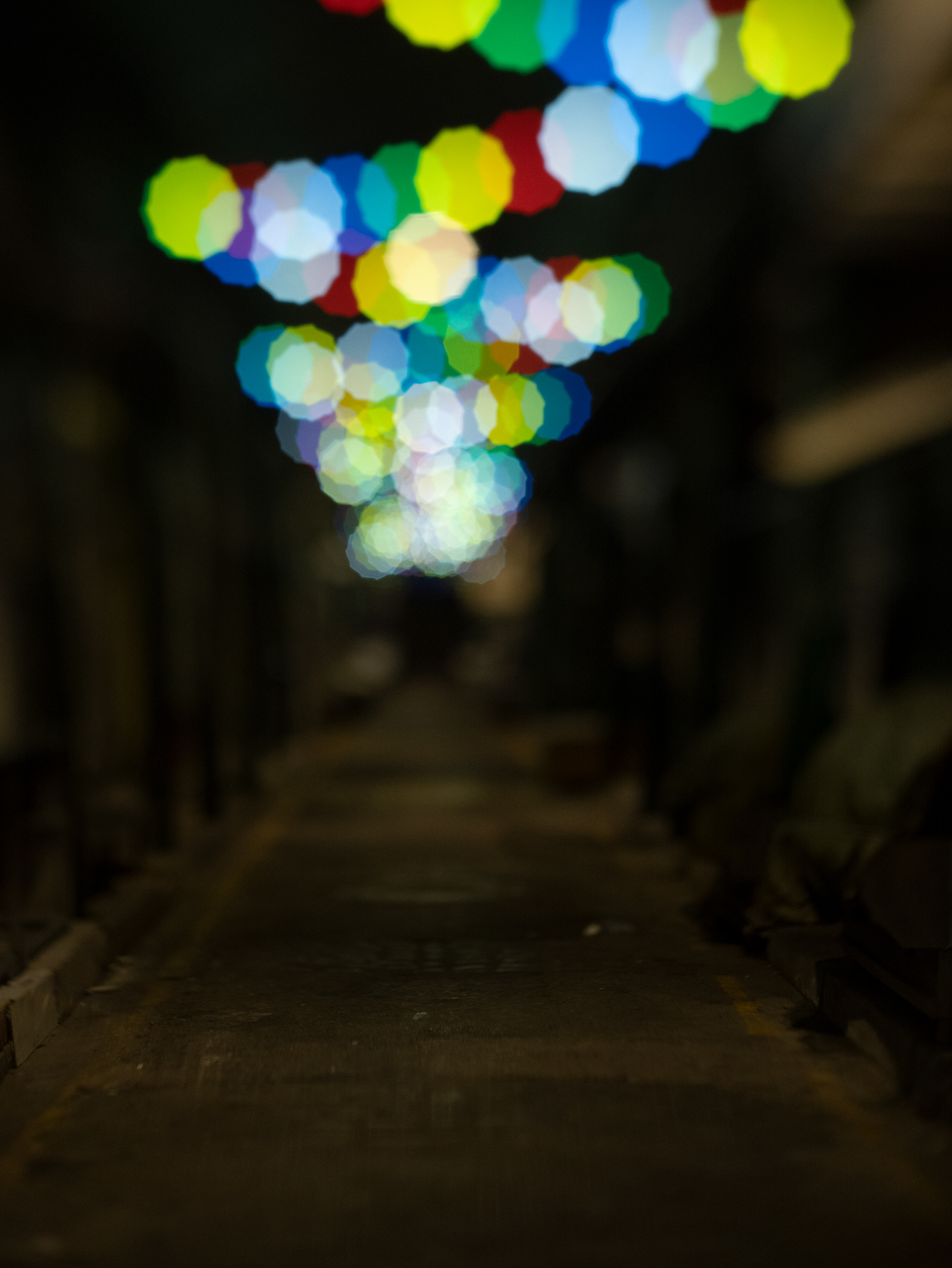


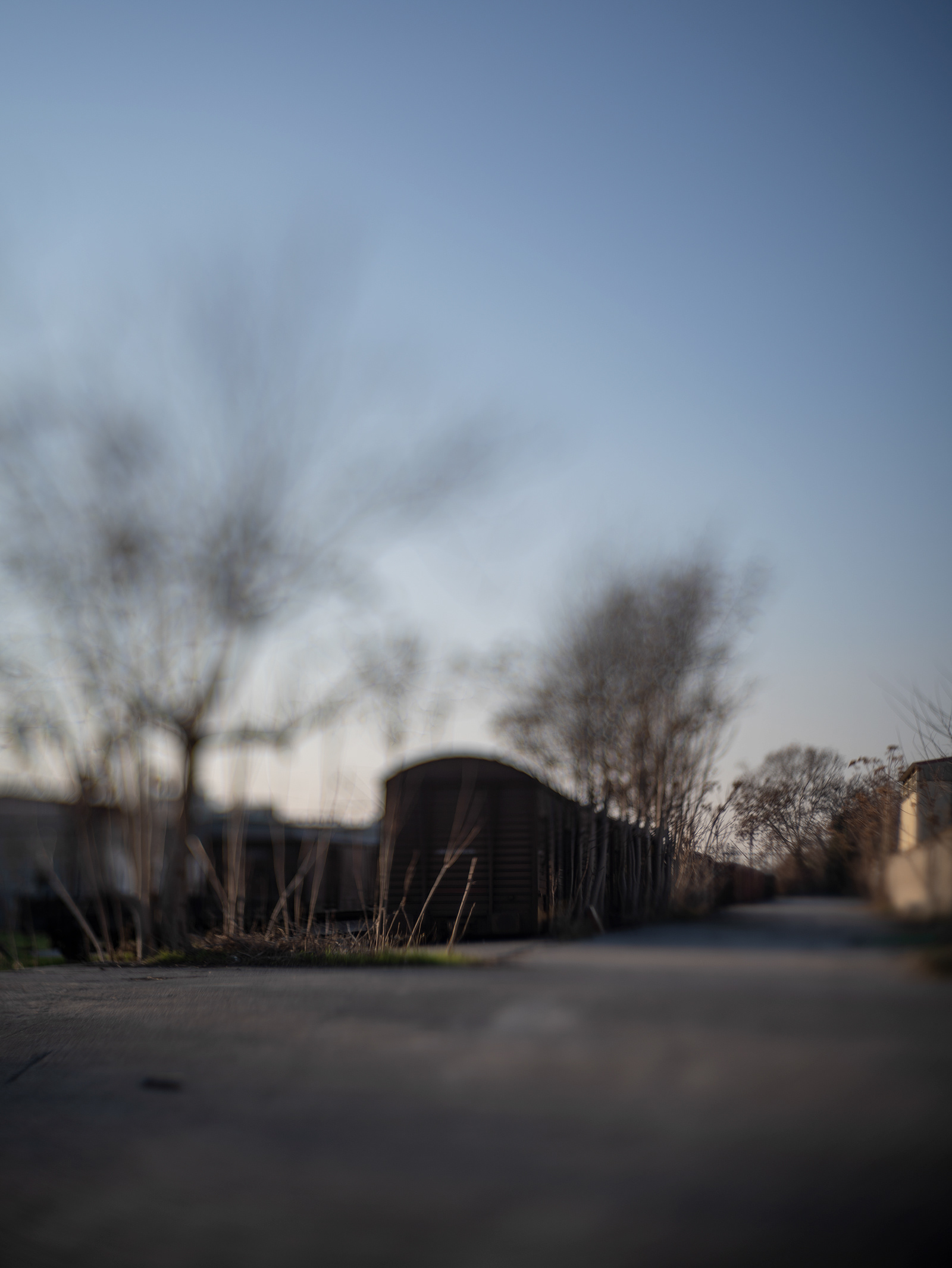



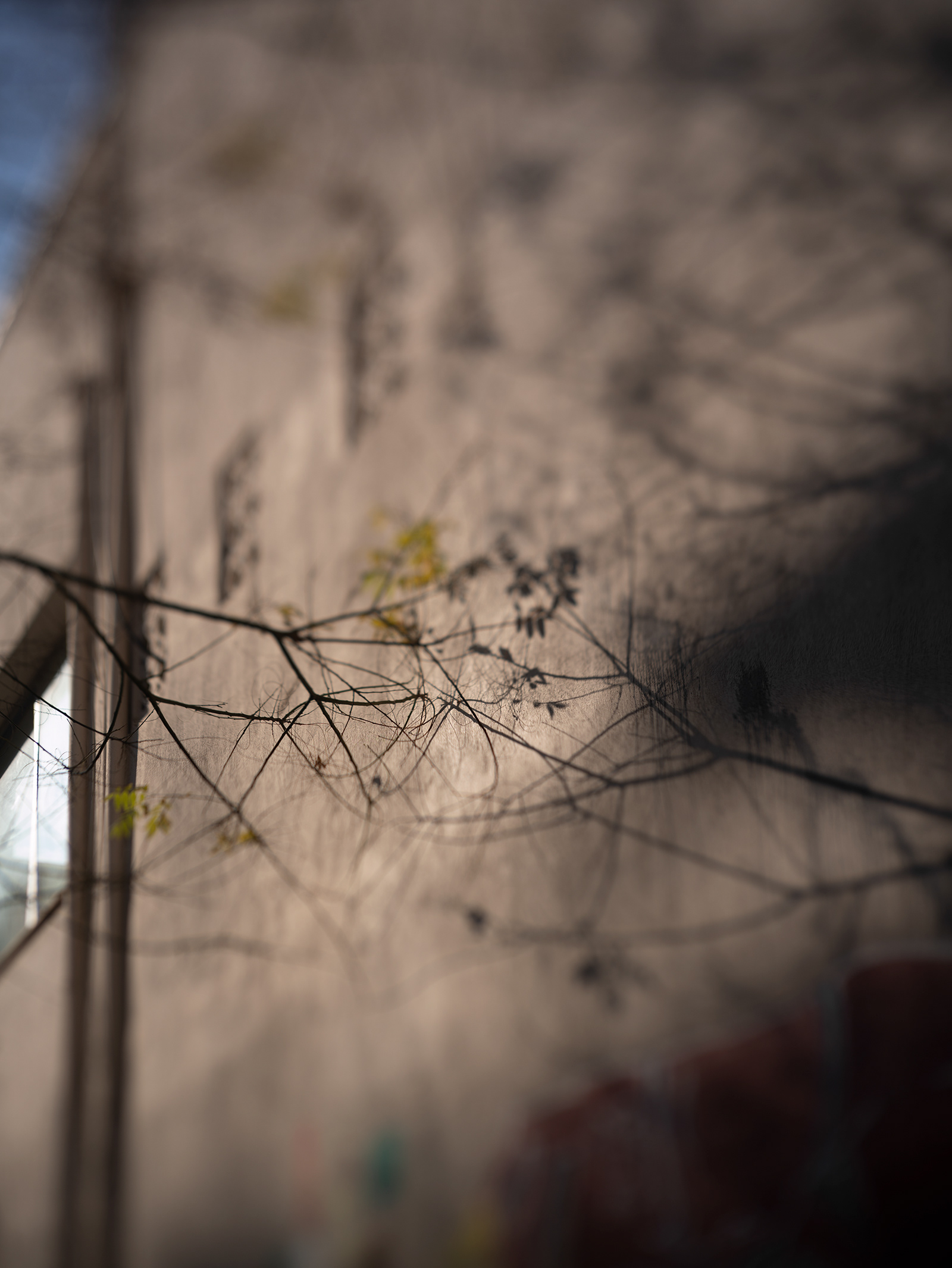
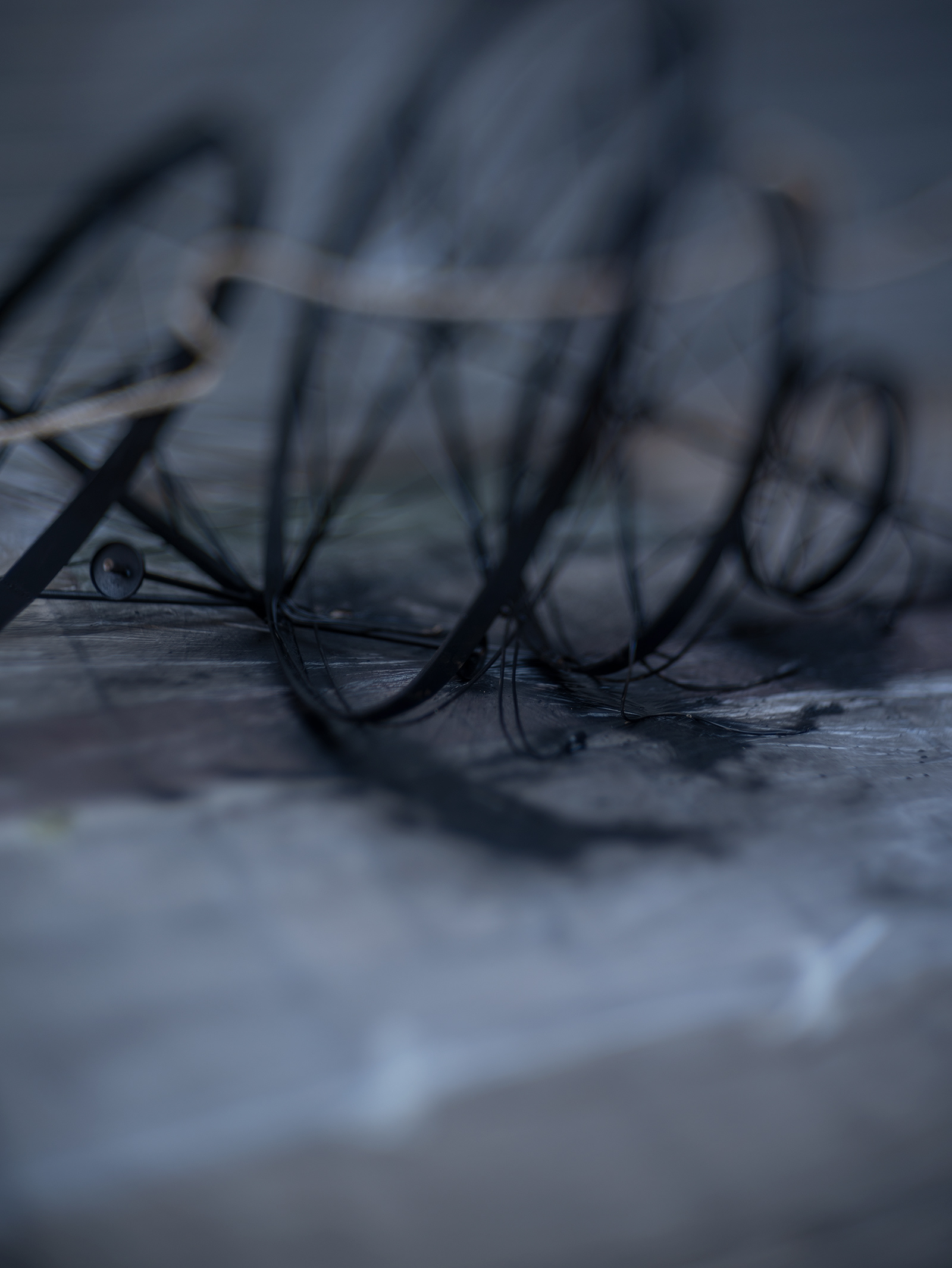



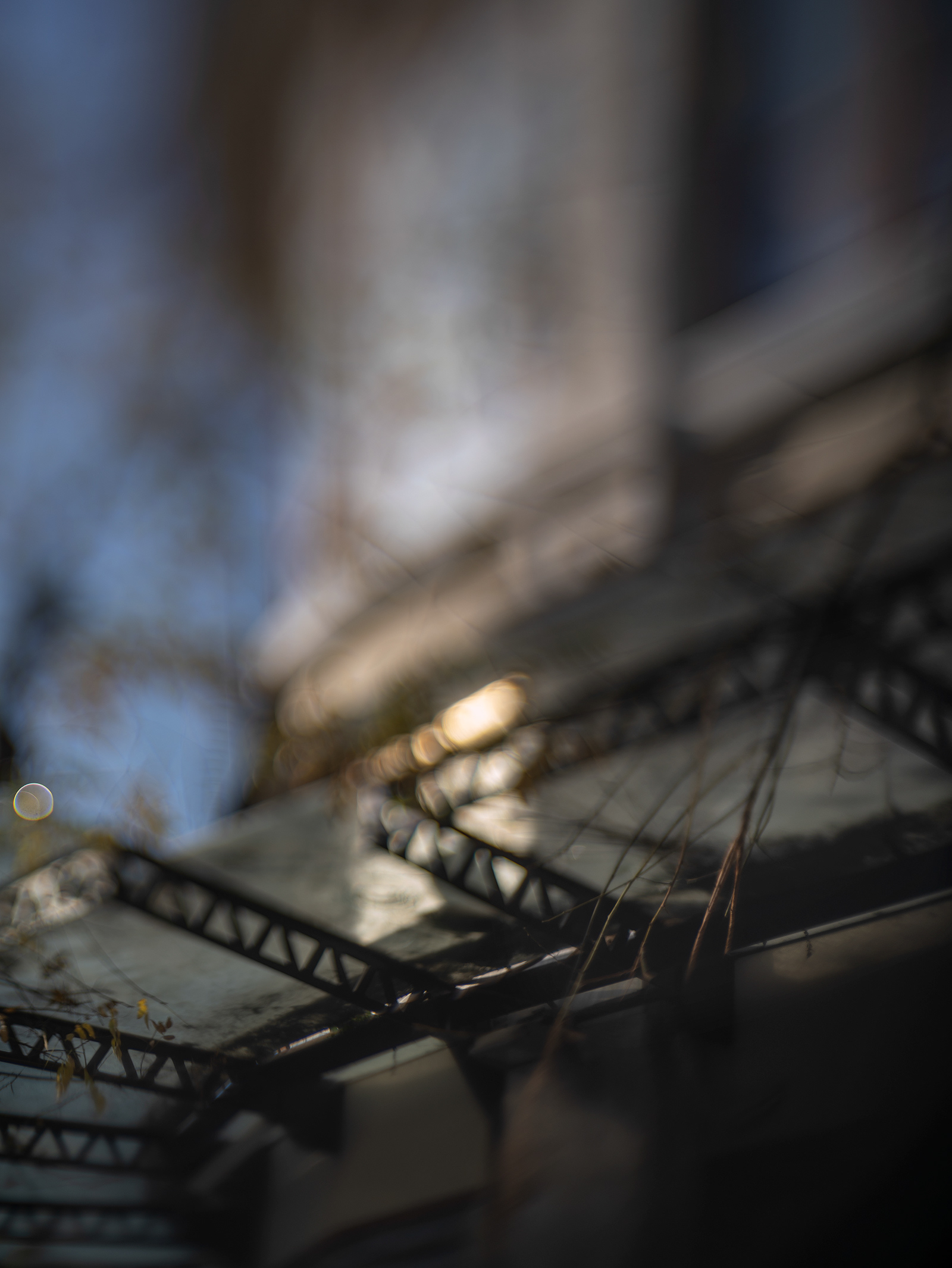
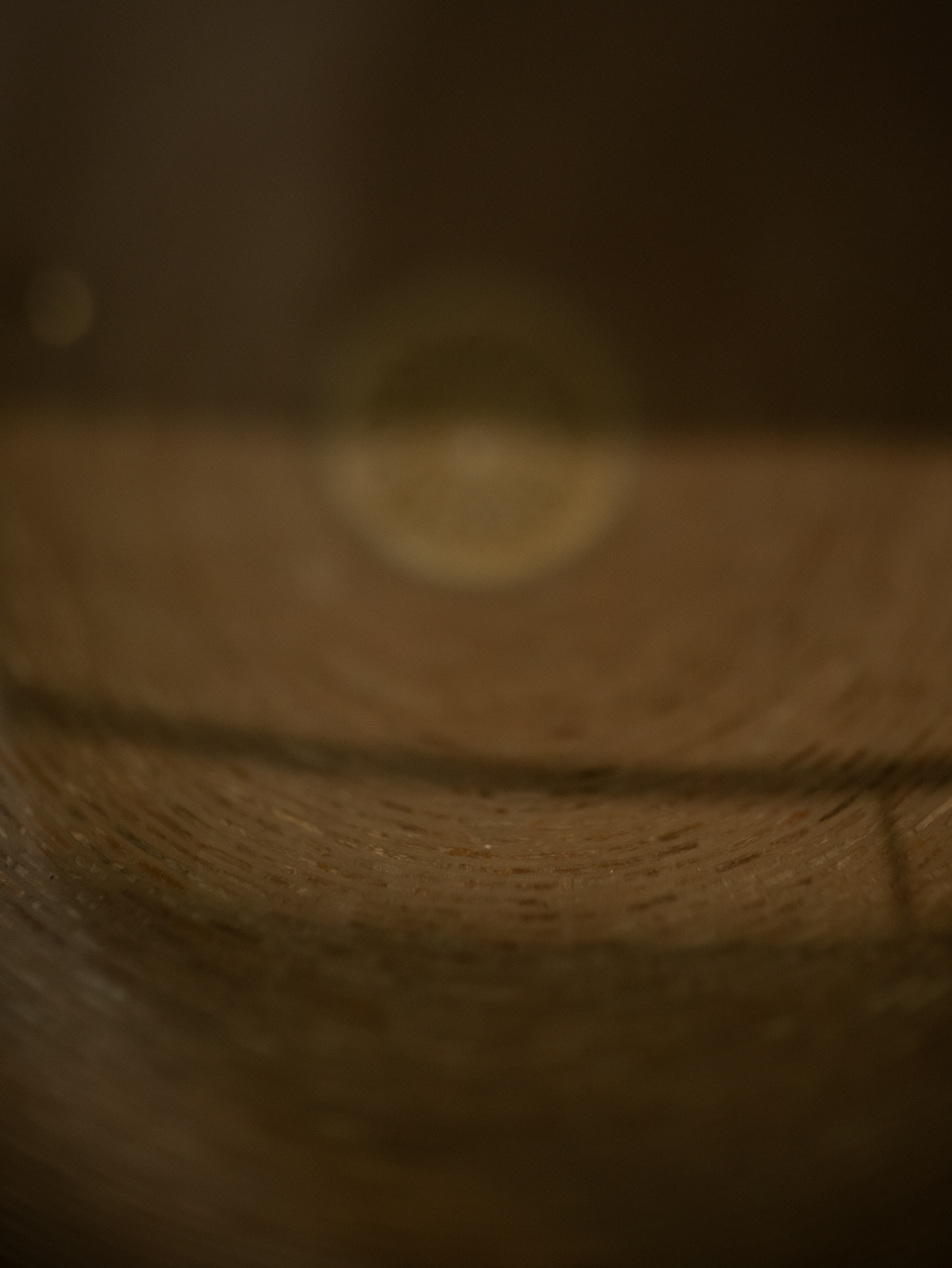
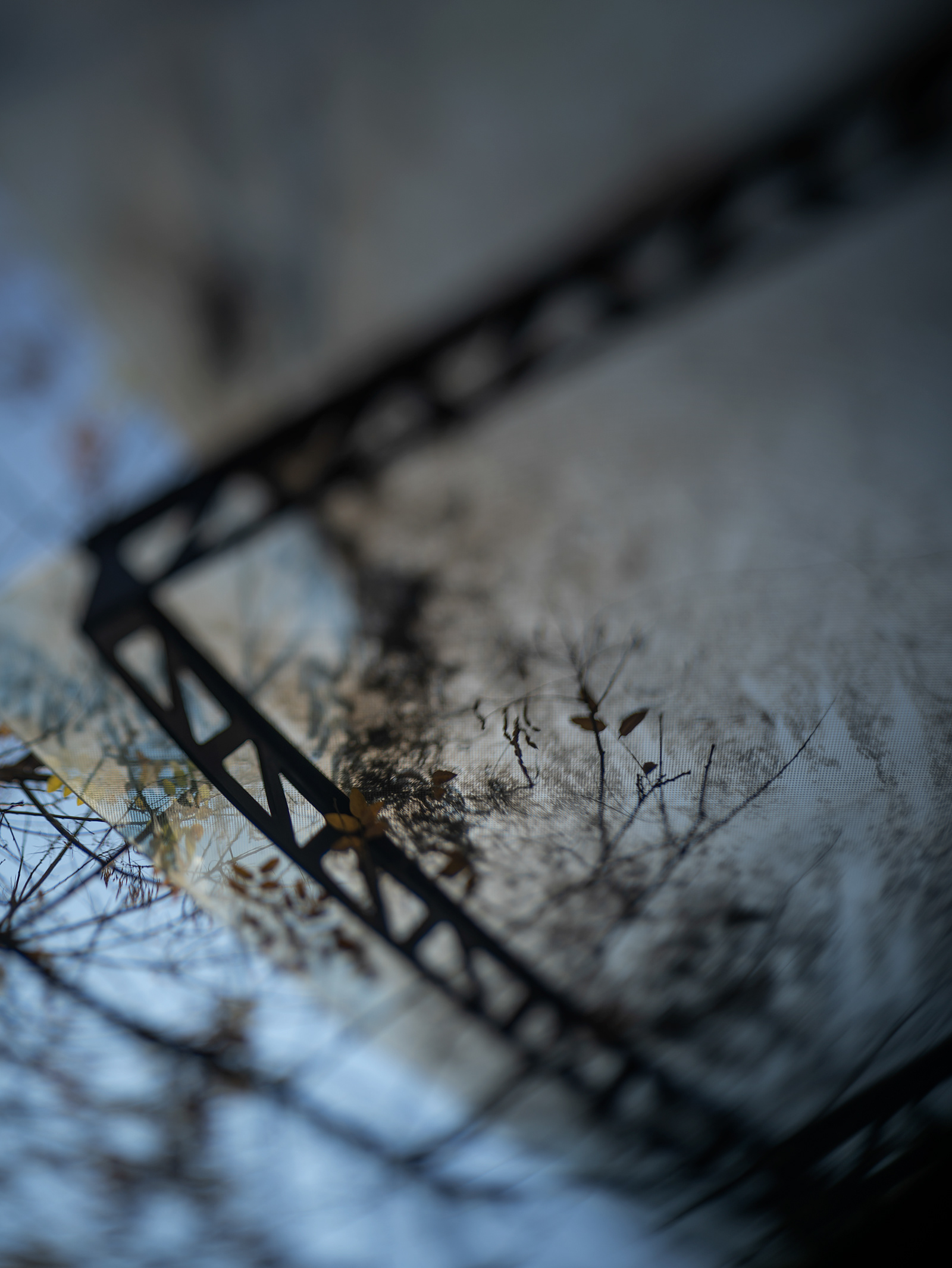
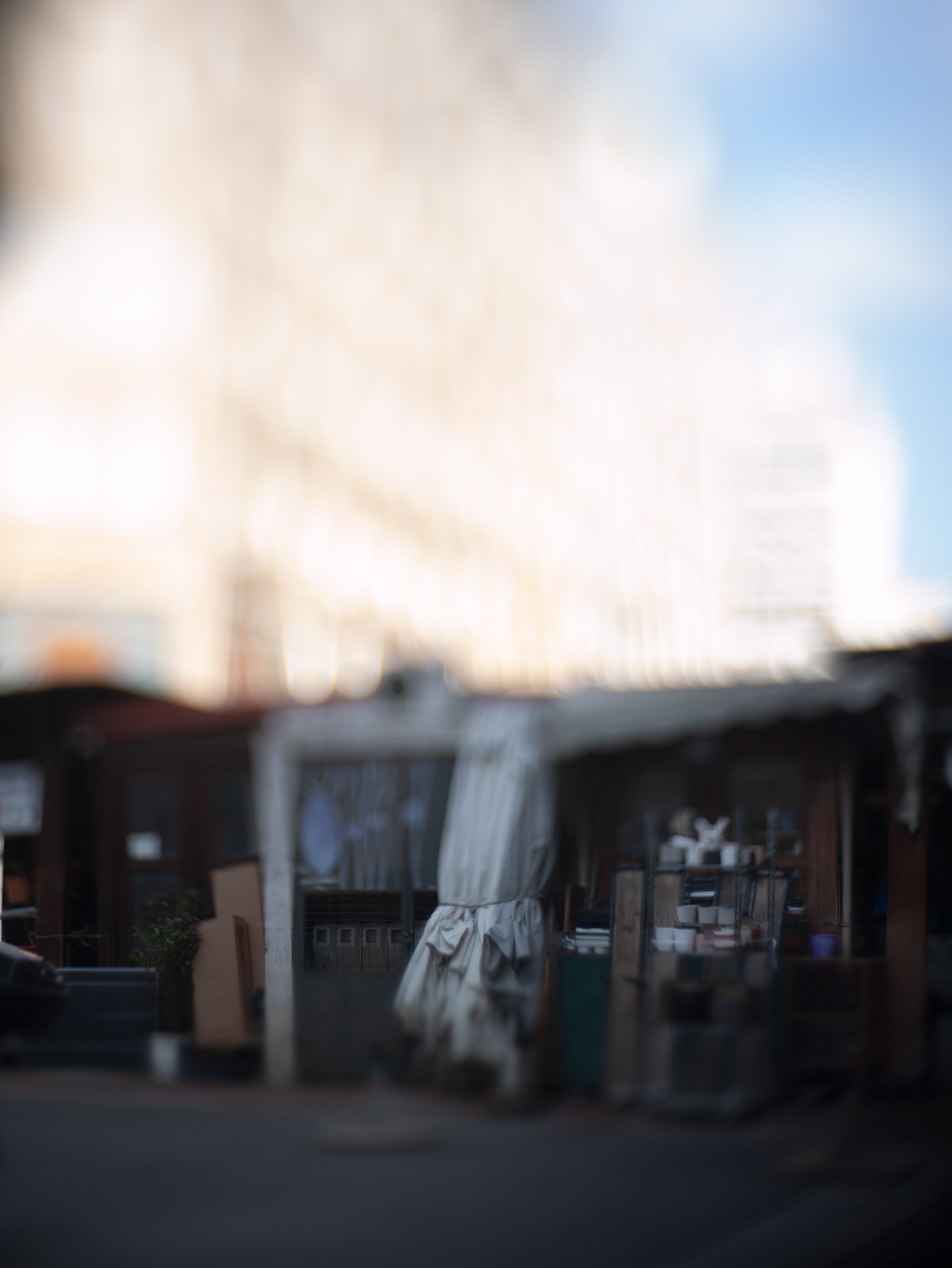

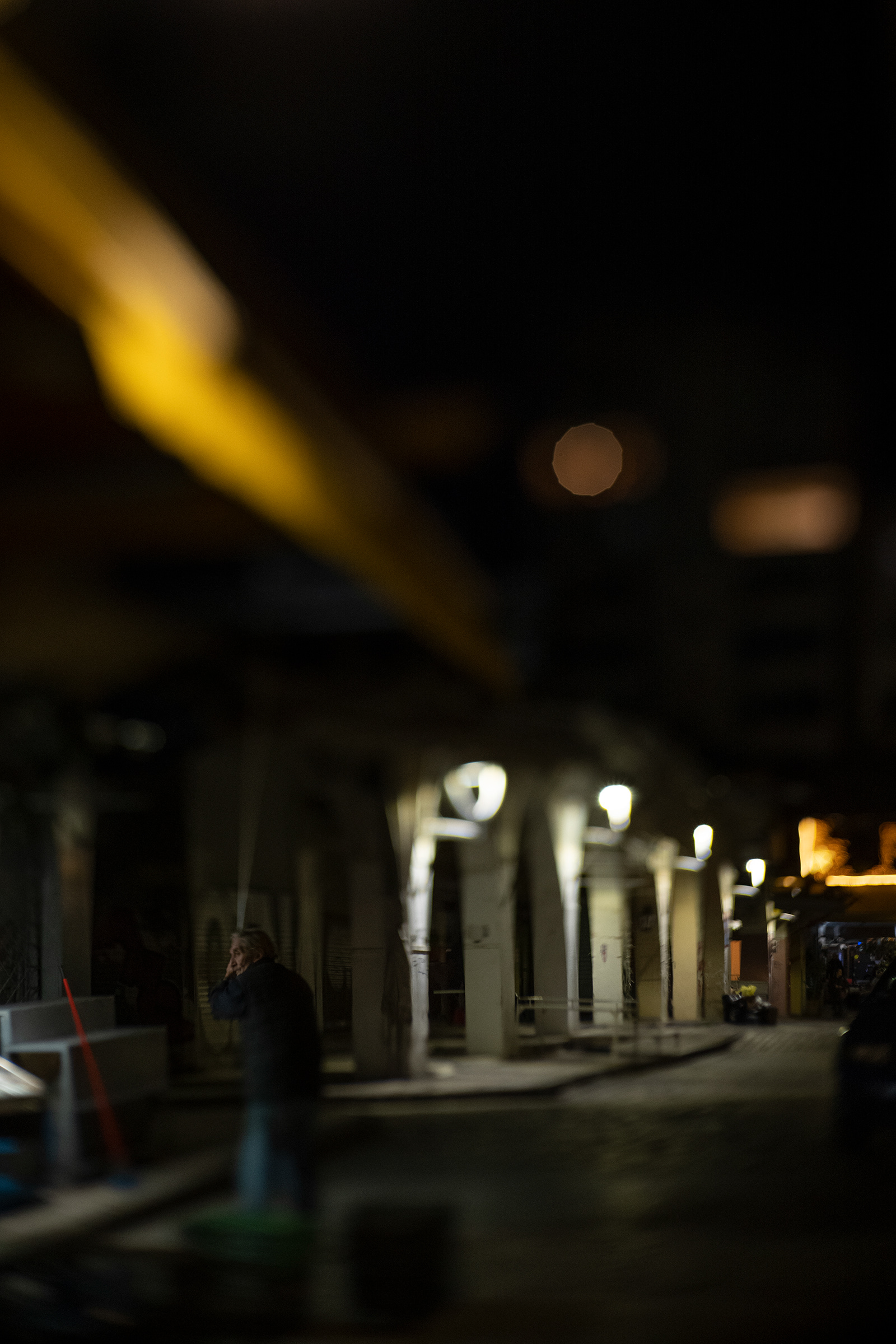
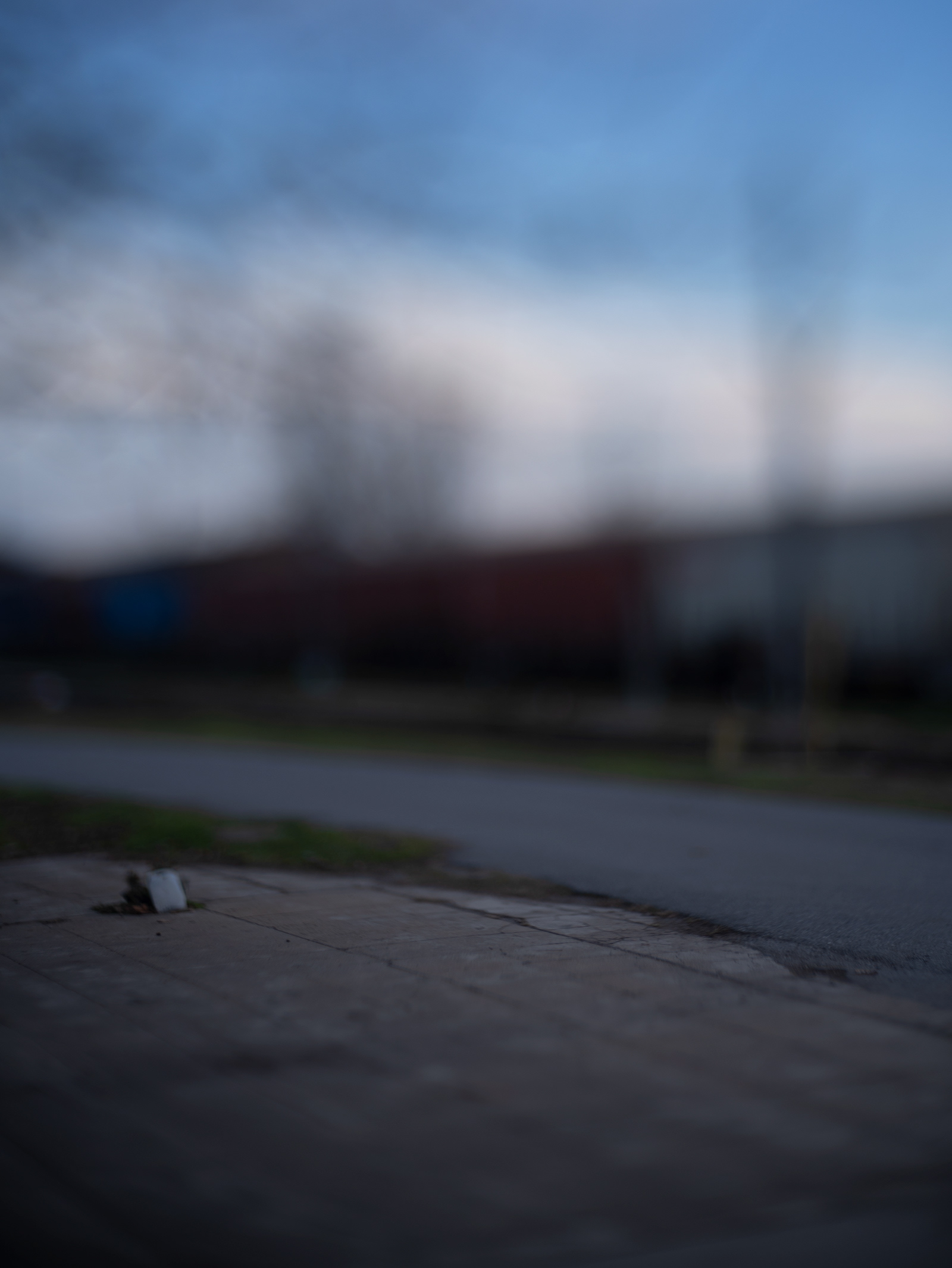

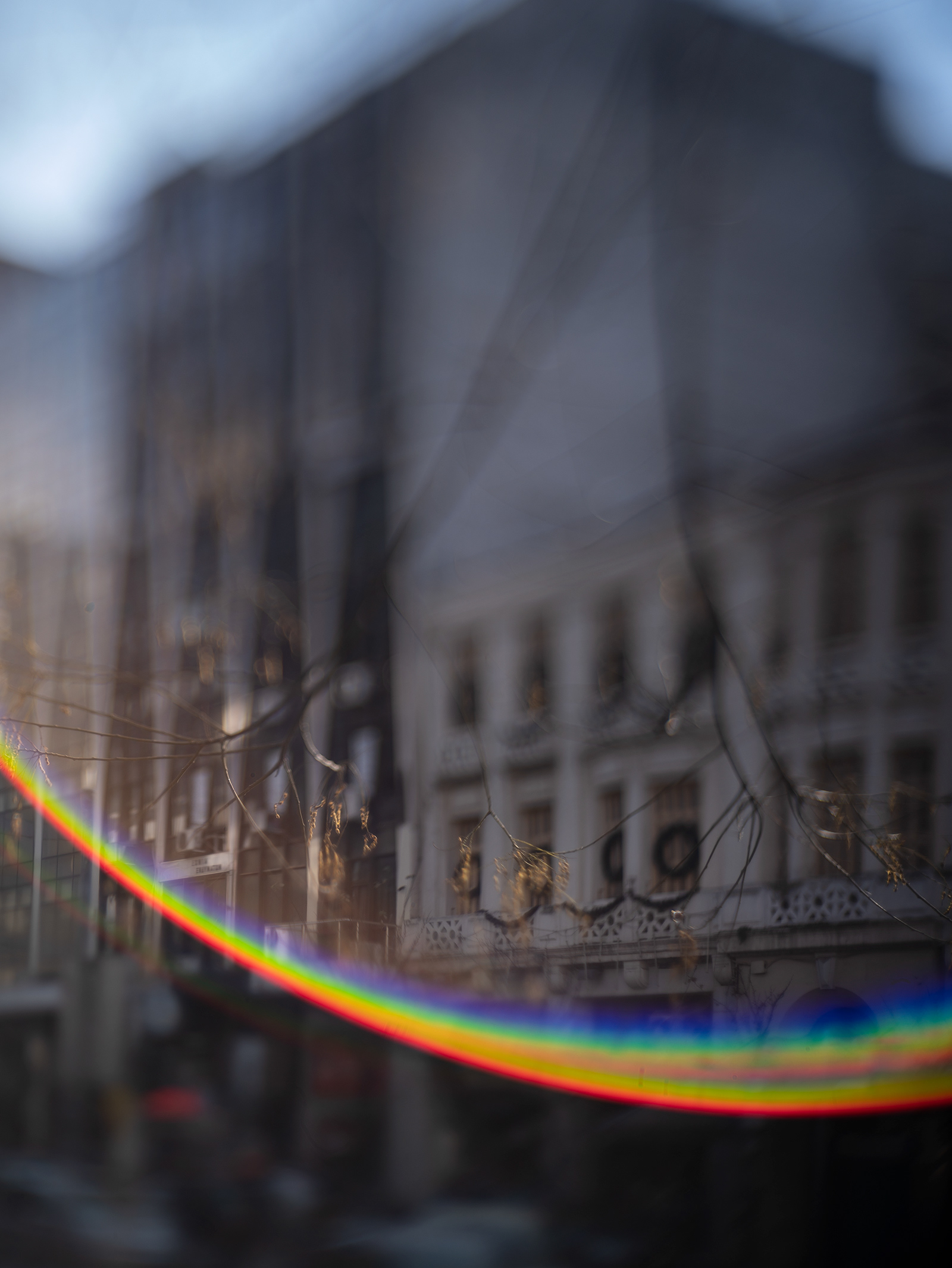
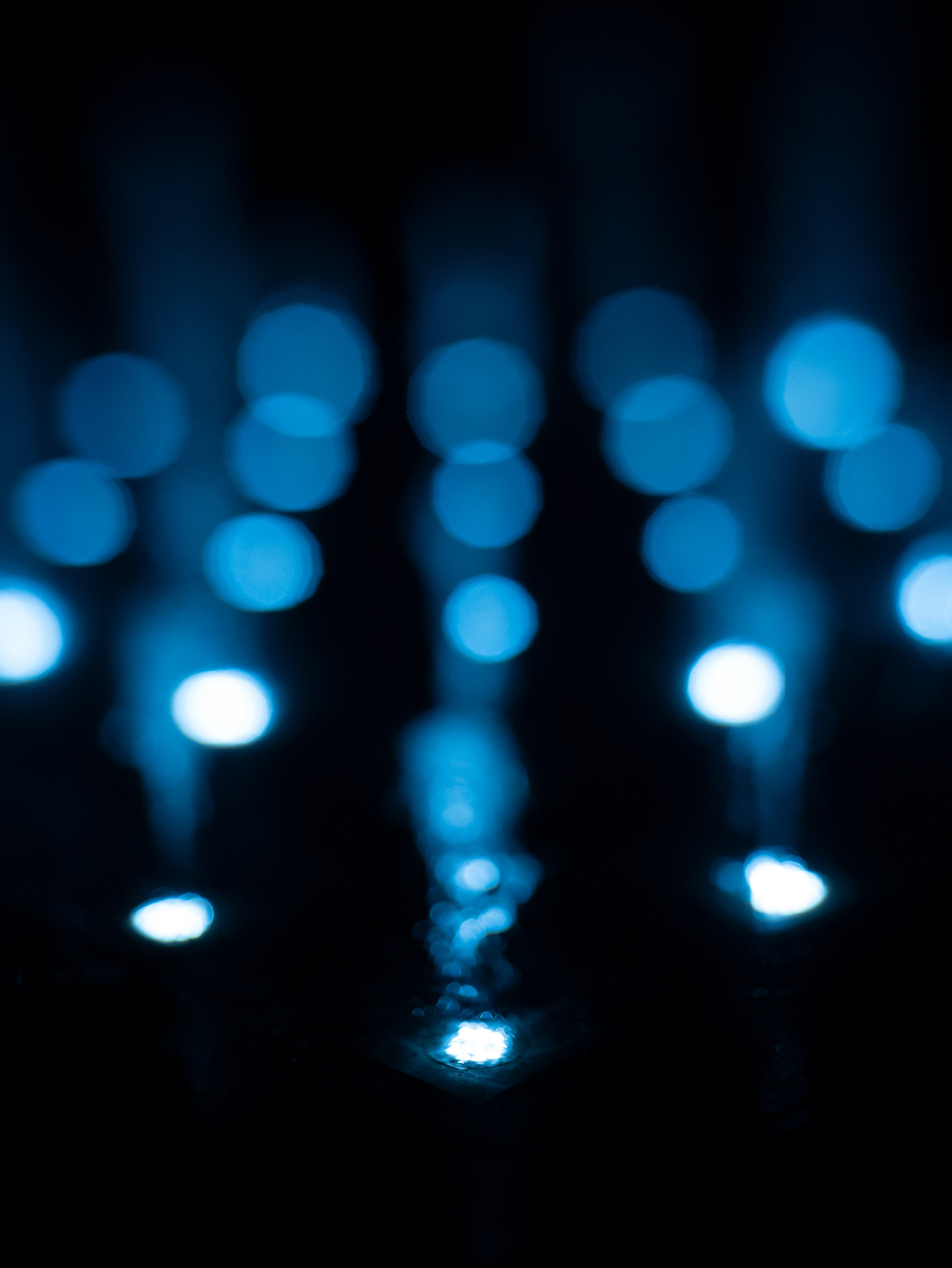

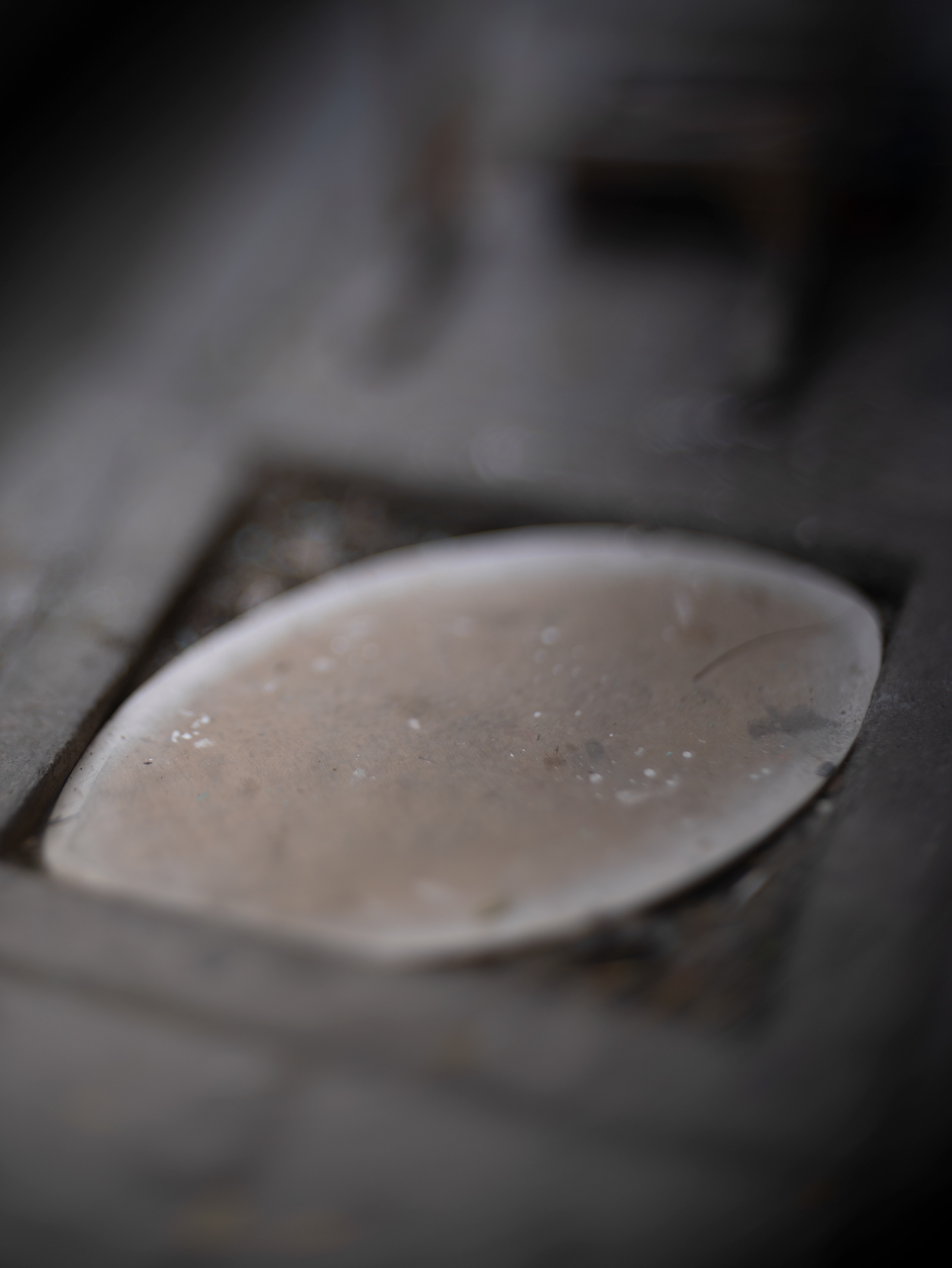
5. Elegy for the Now-Bodied Now
A poem of struggle with the normalized mutilation of memory, made in some of the many old Jewish cemeteries that postwar Greek municipalities shamelessly destroyed—a poem of grief for places of everyday life built on bones. The photographs were made in the cities of Arta, Chania, Kavala, Patras, Serres, Thessaloniki, Veria, and Volos.

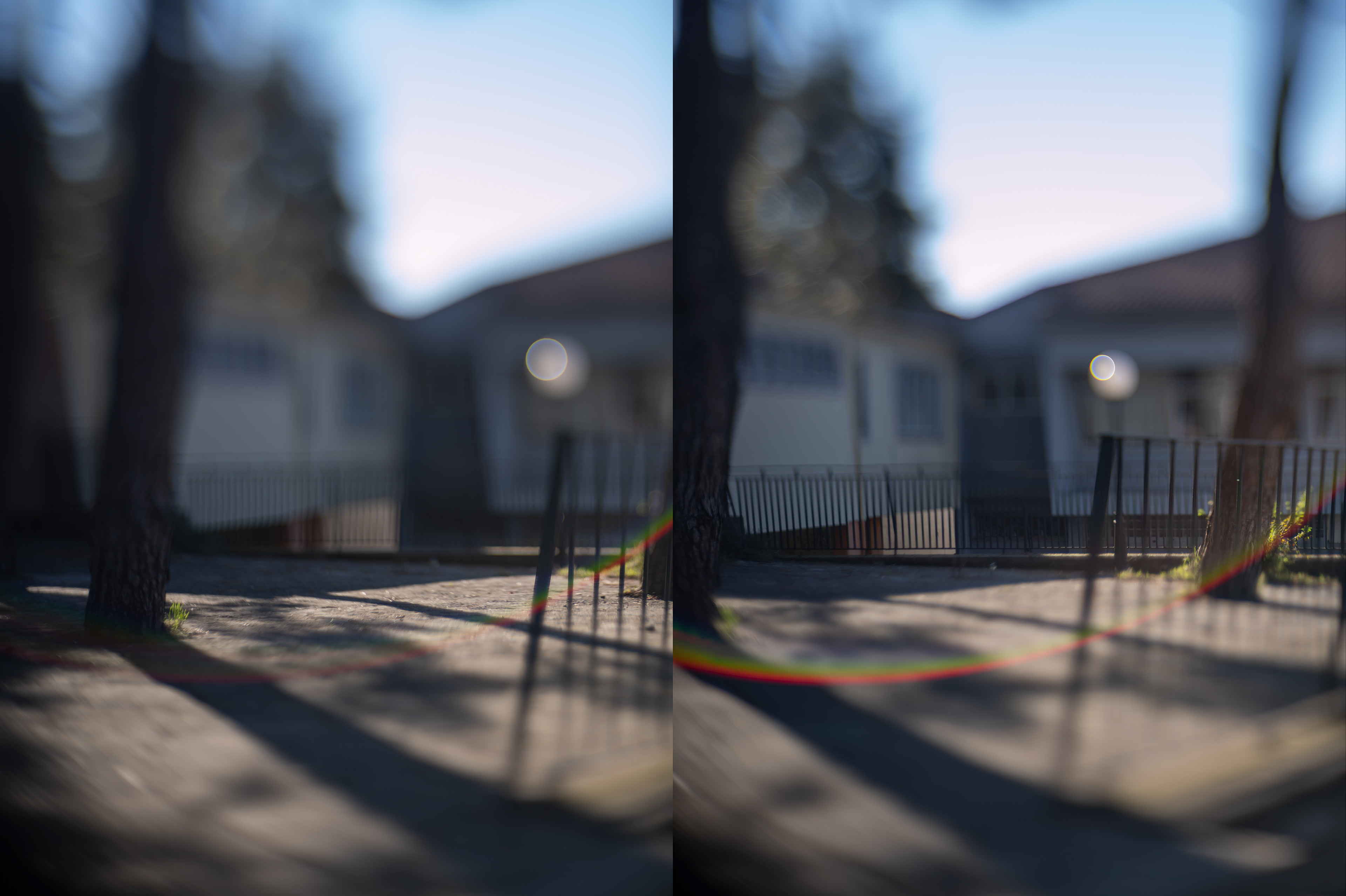
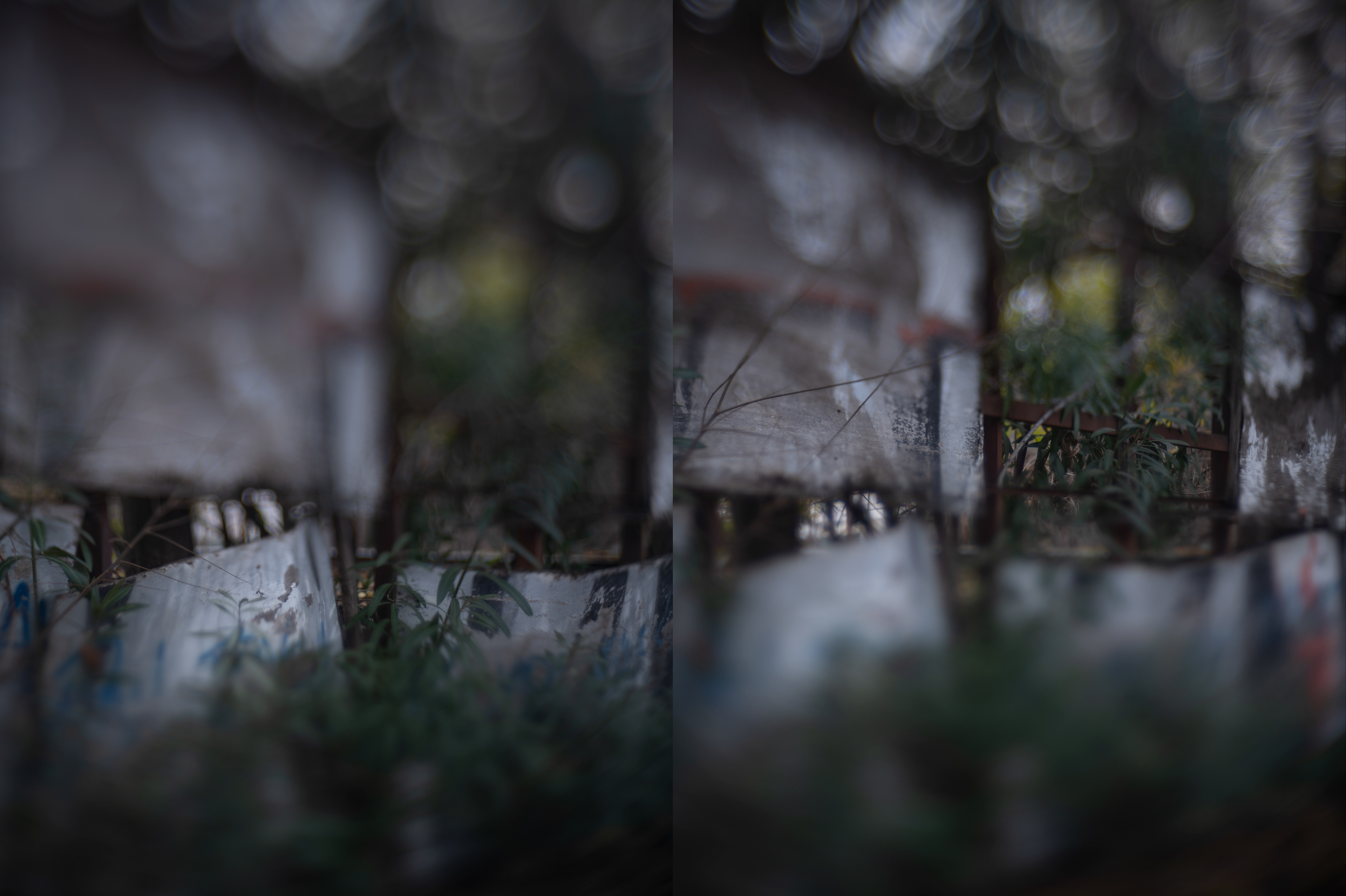
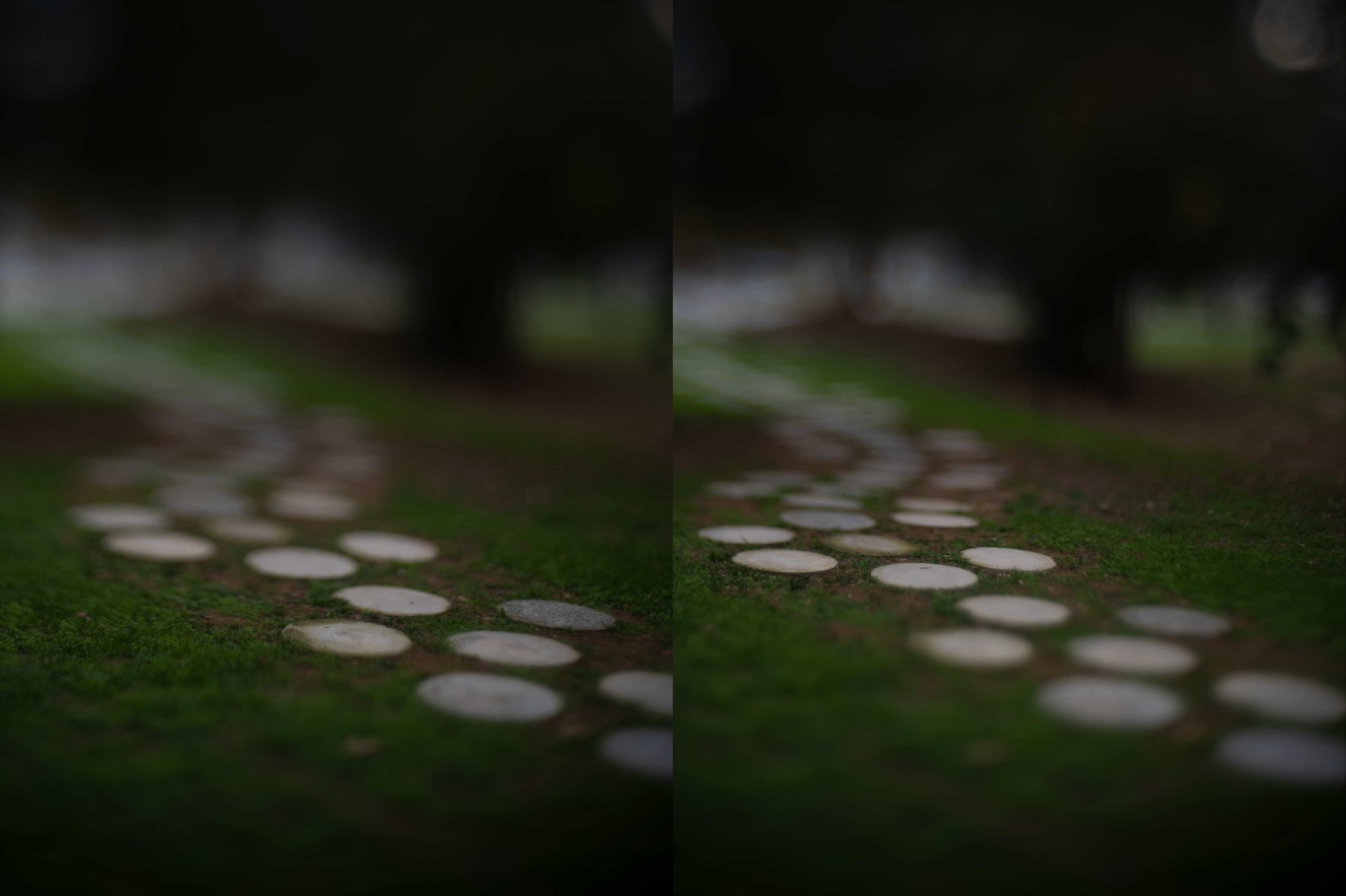

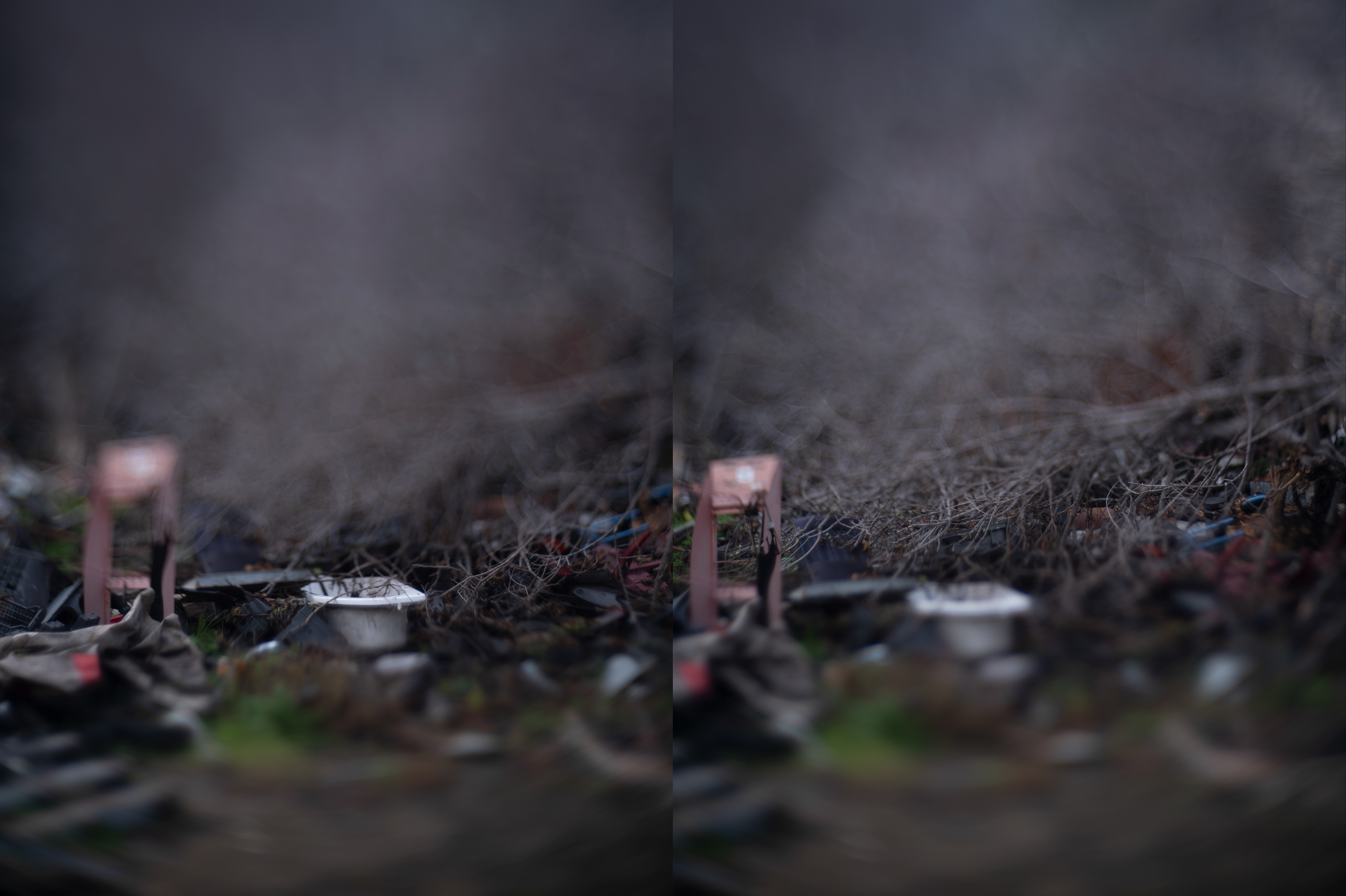
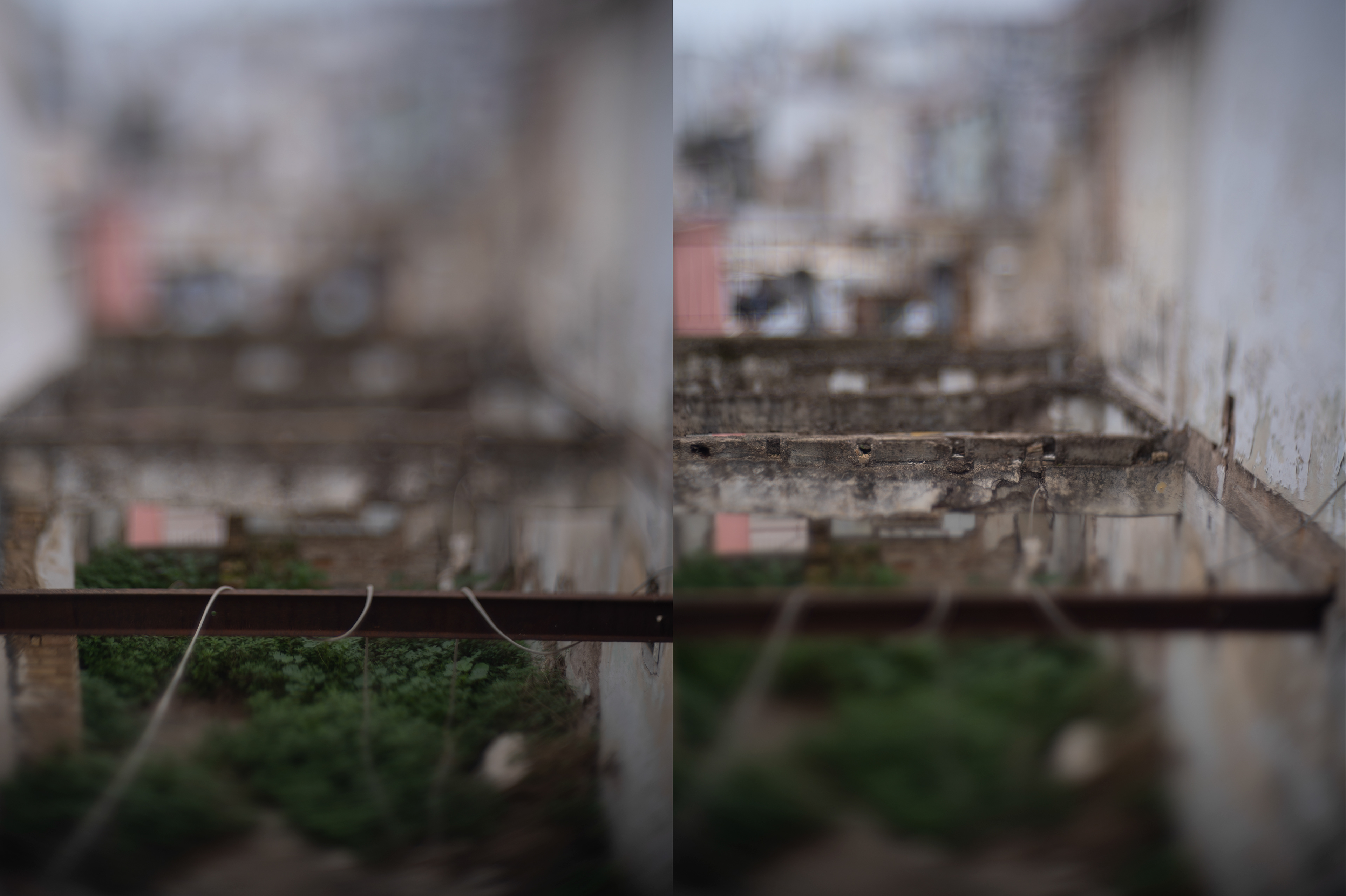

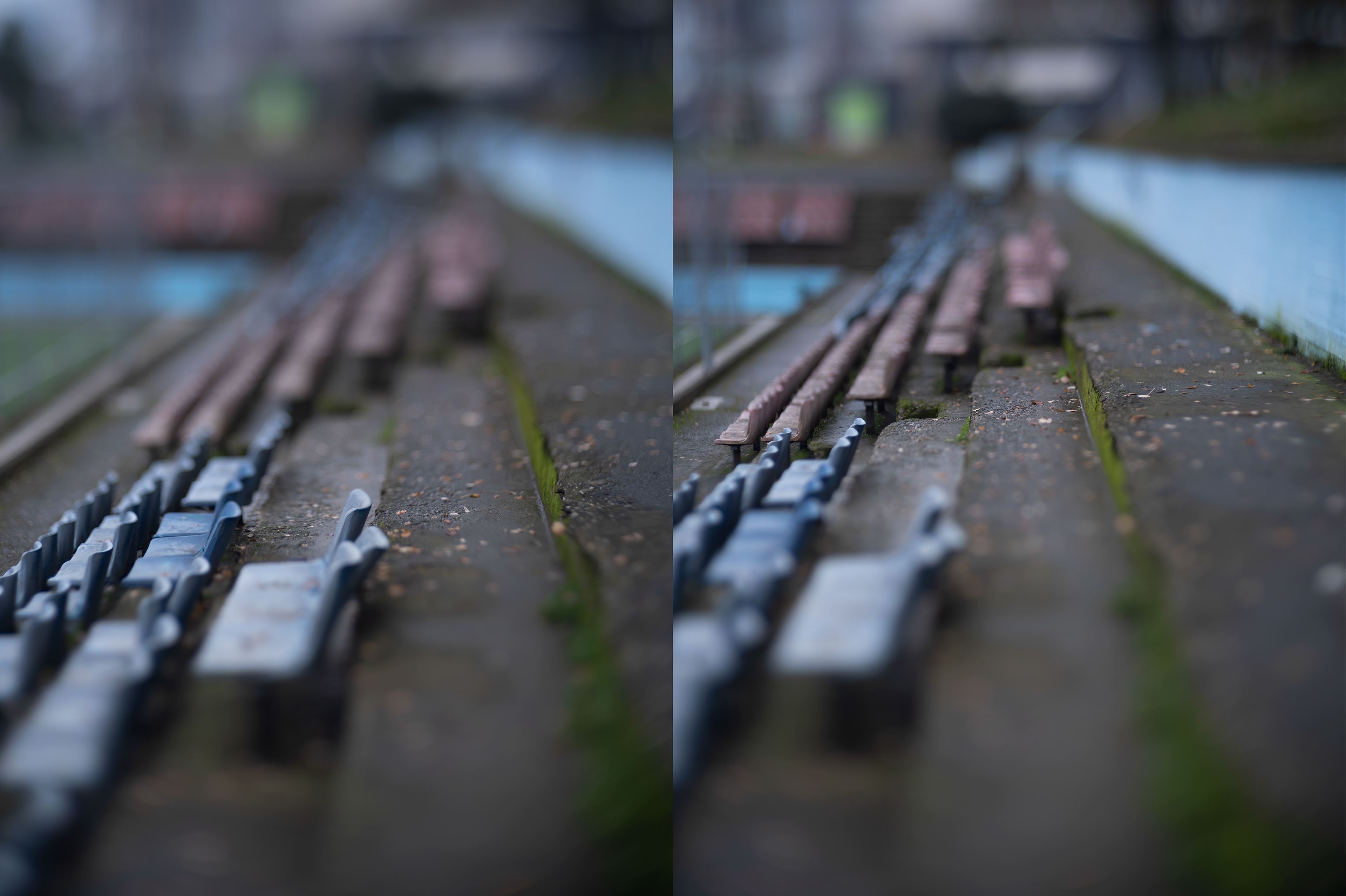

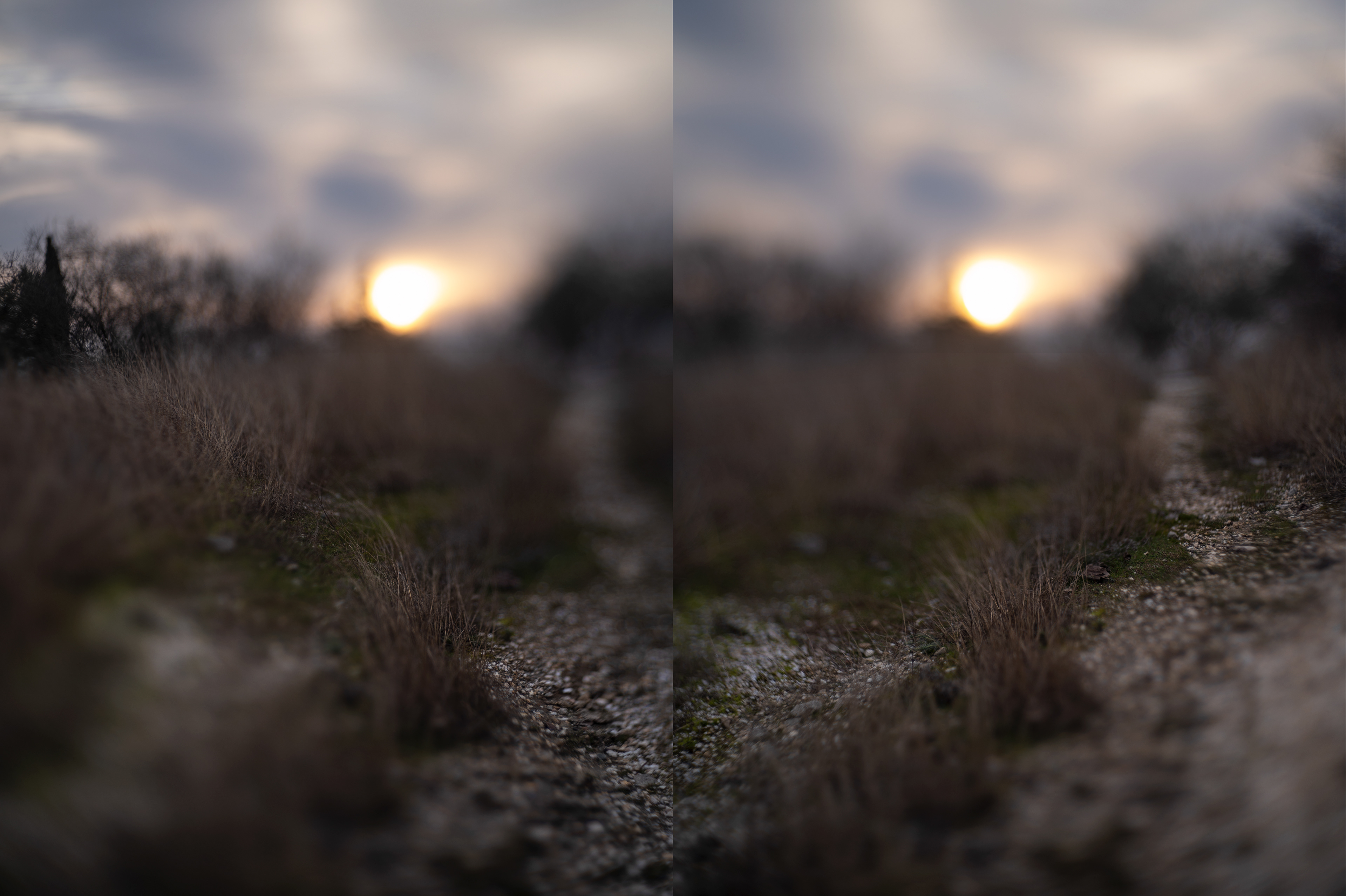

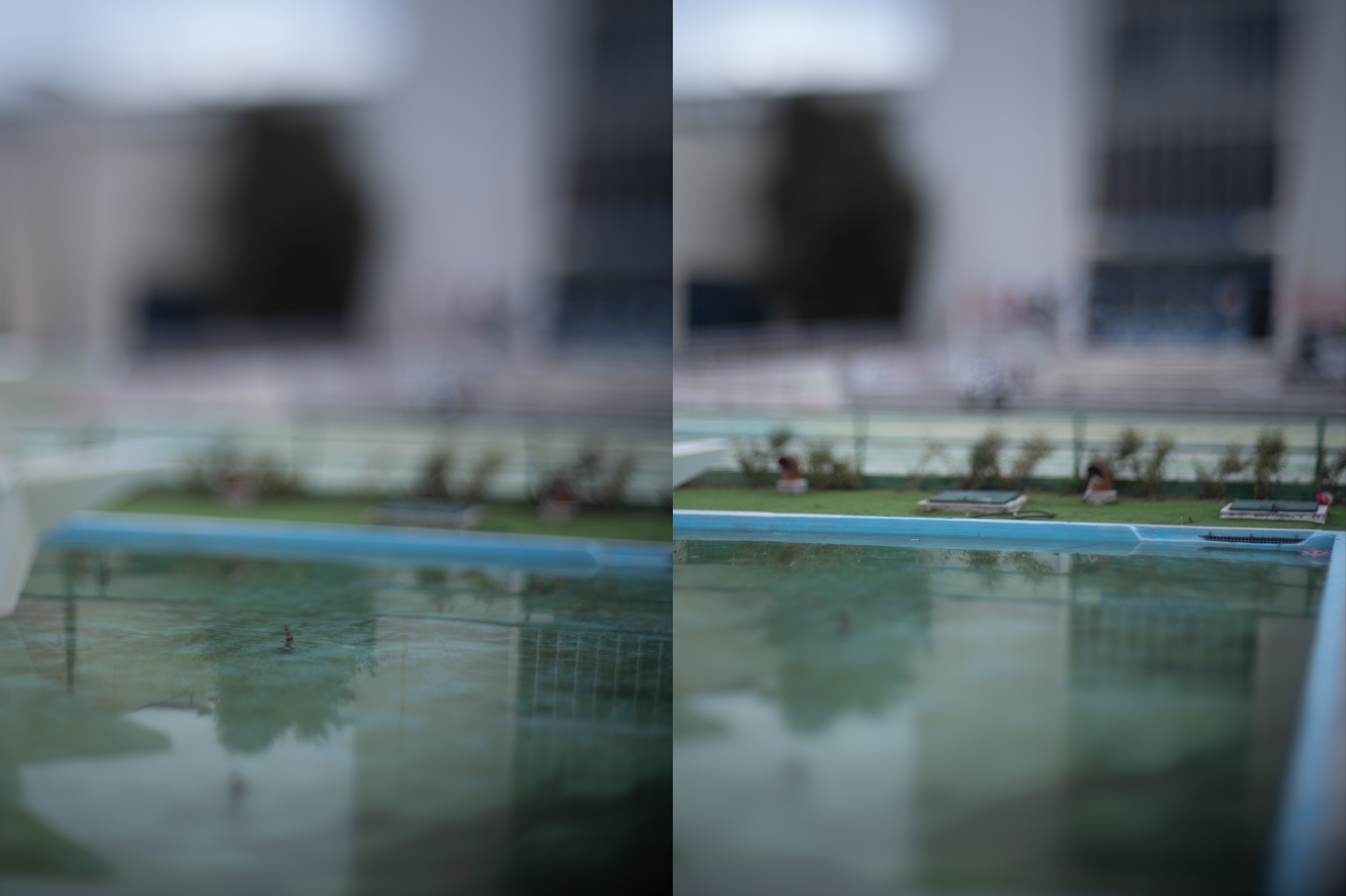

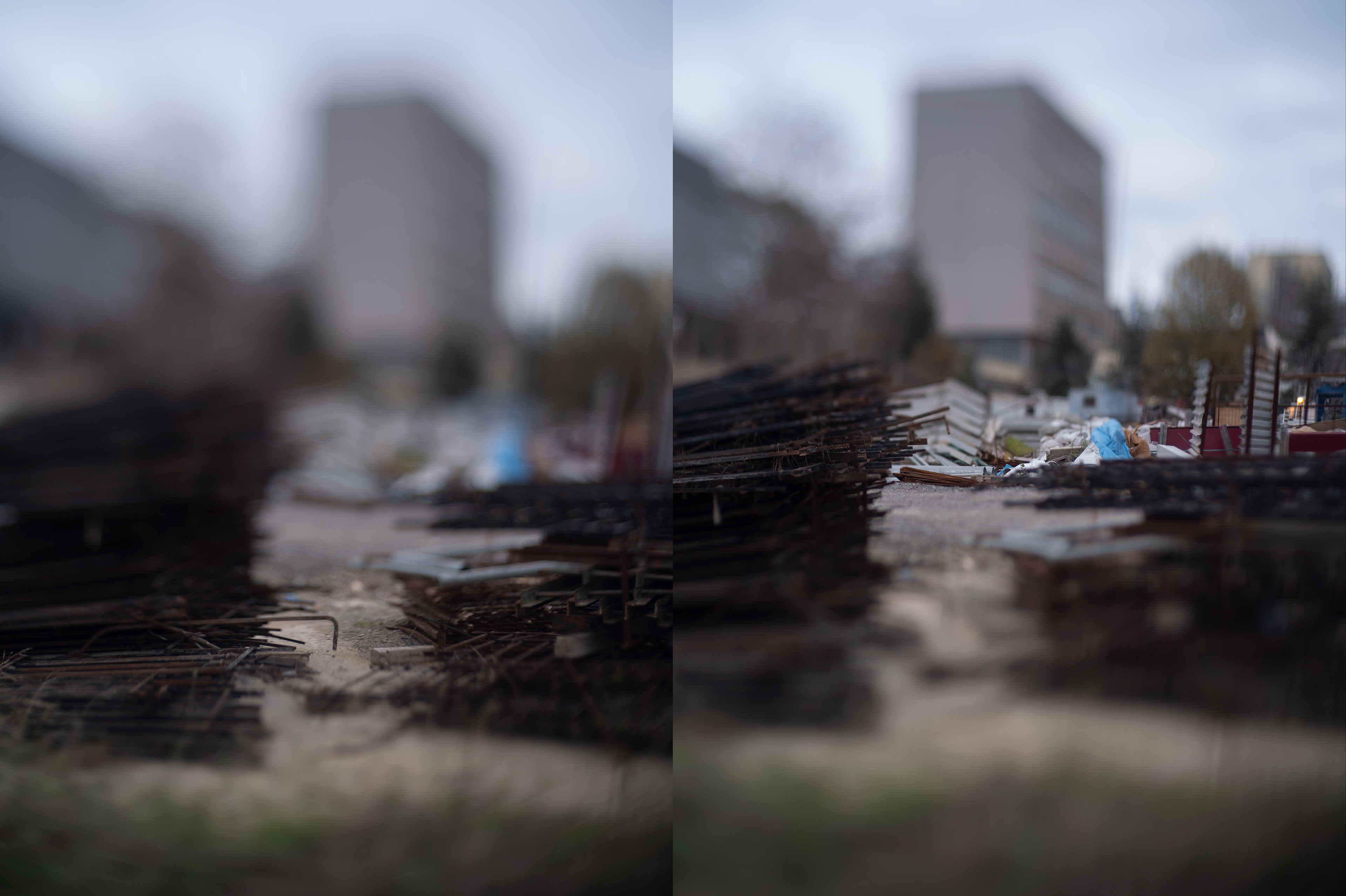
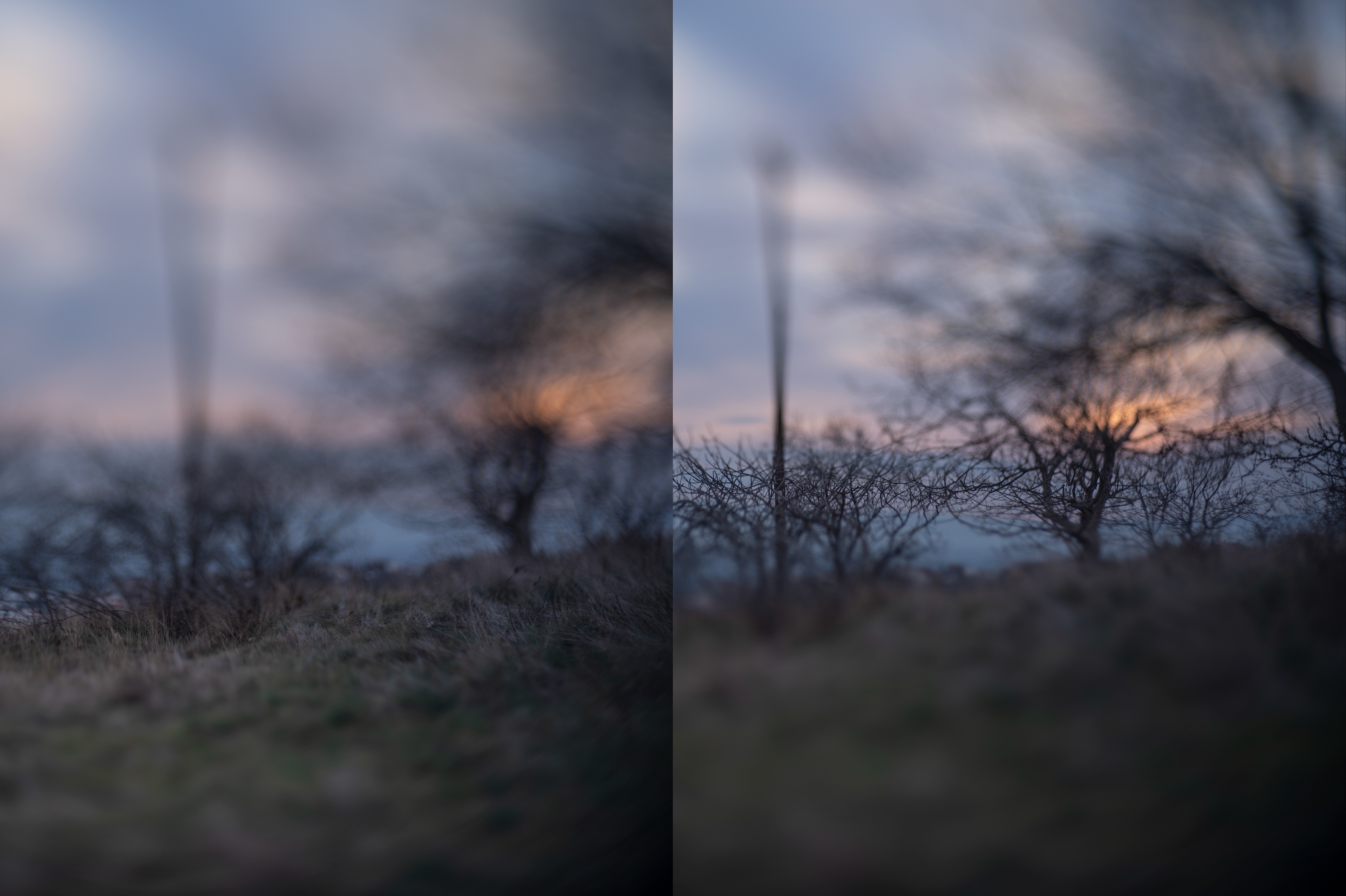
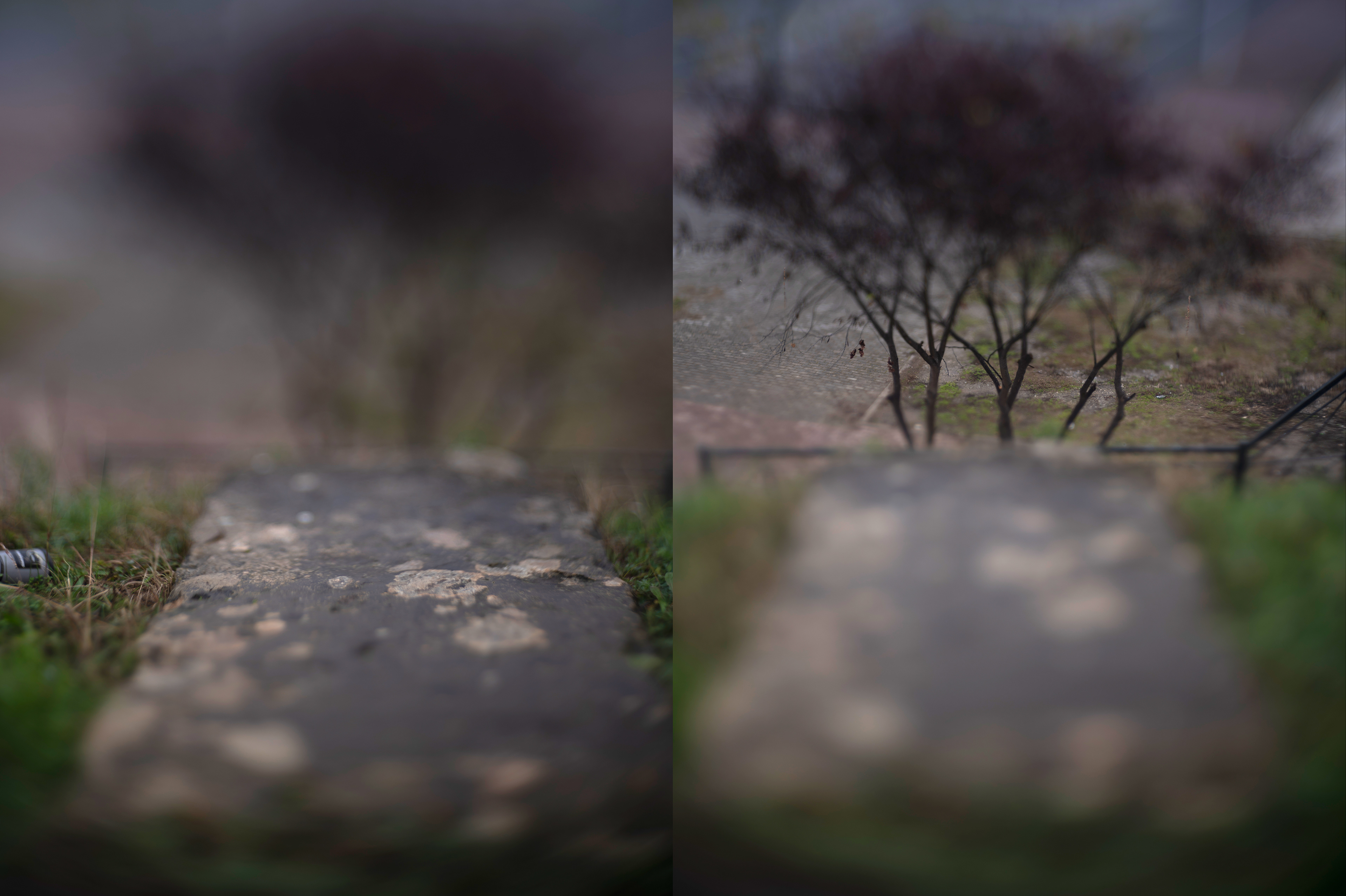
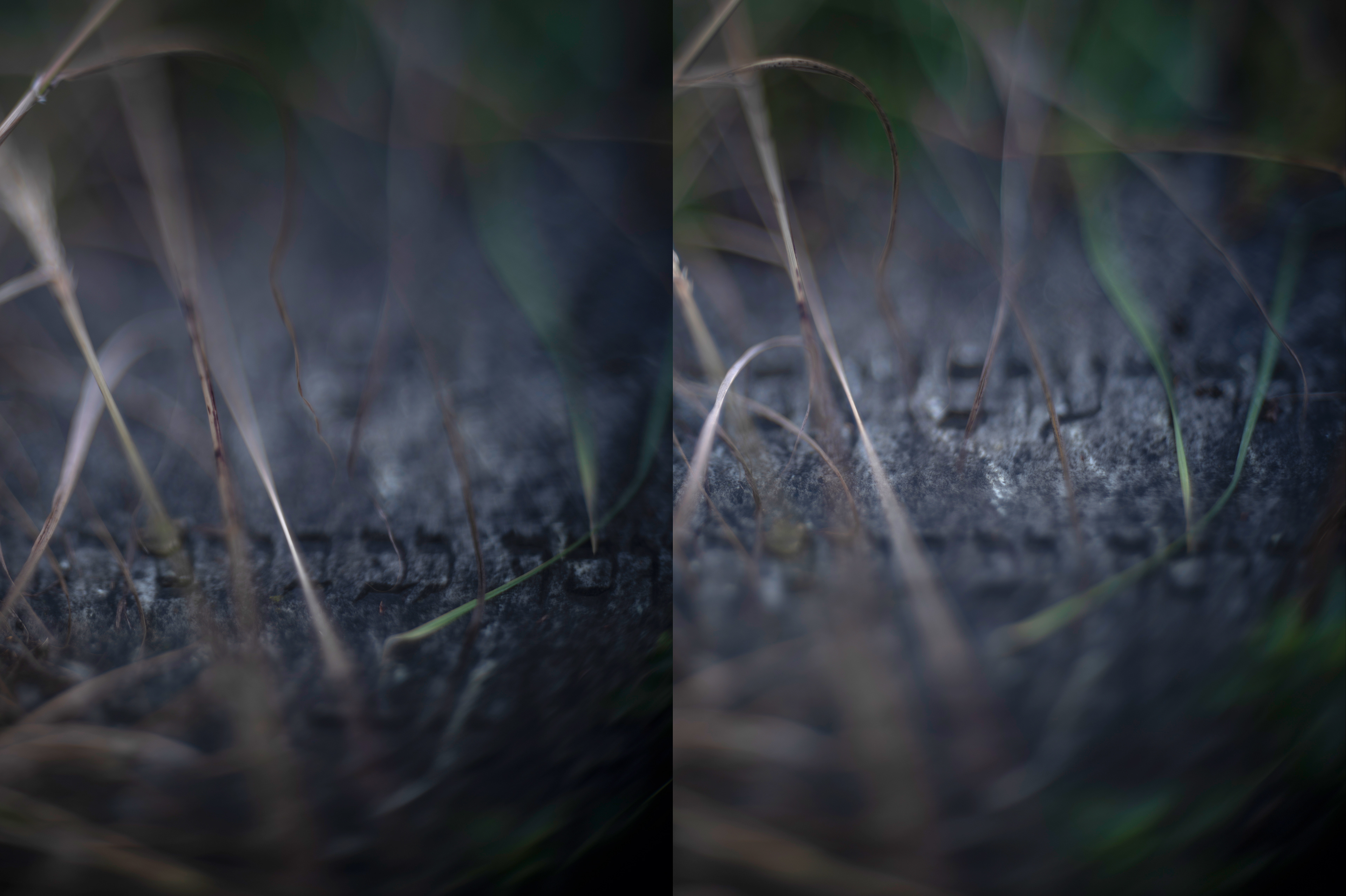
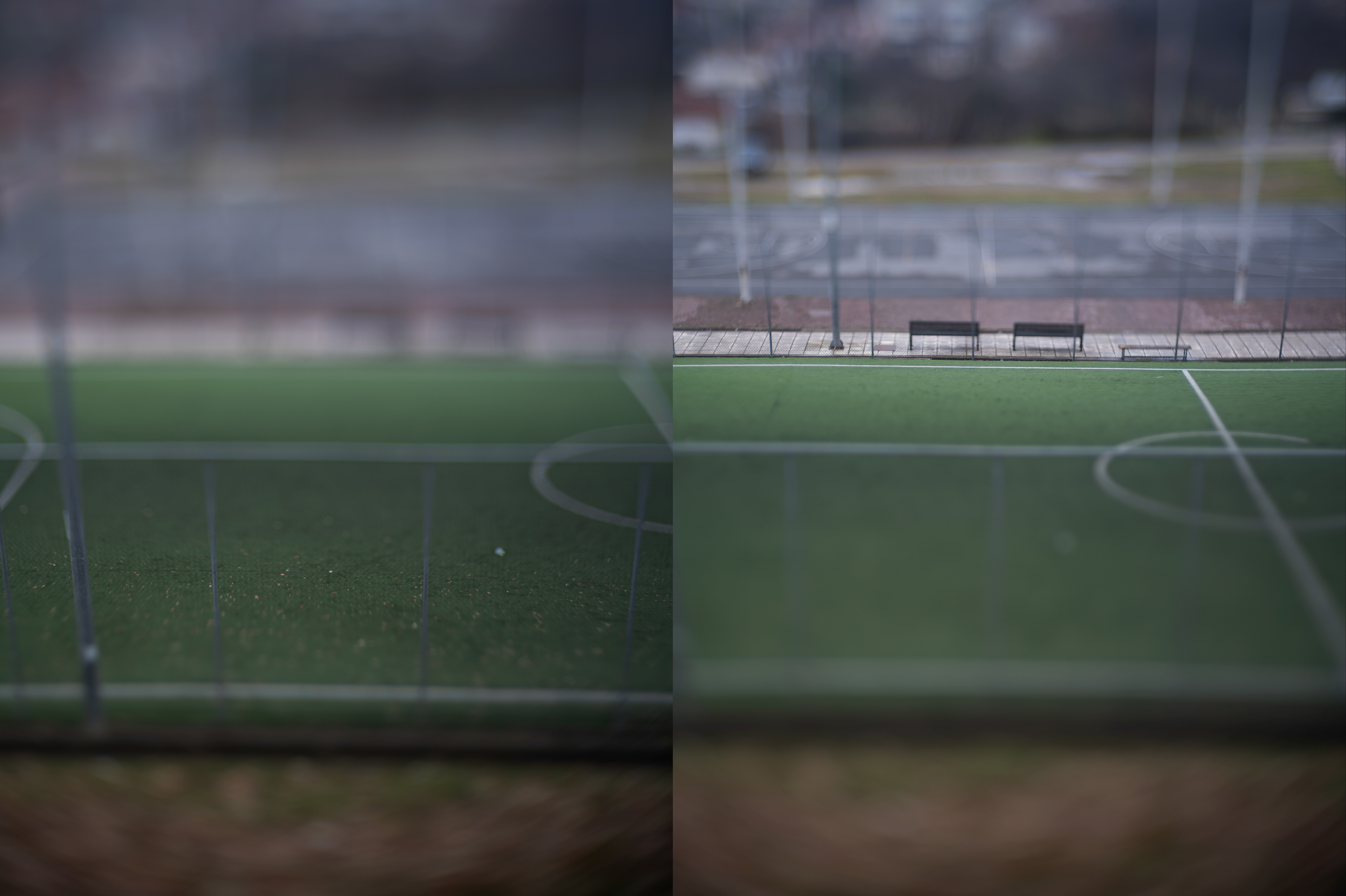
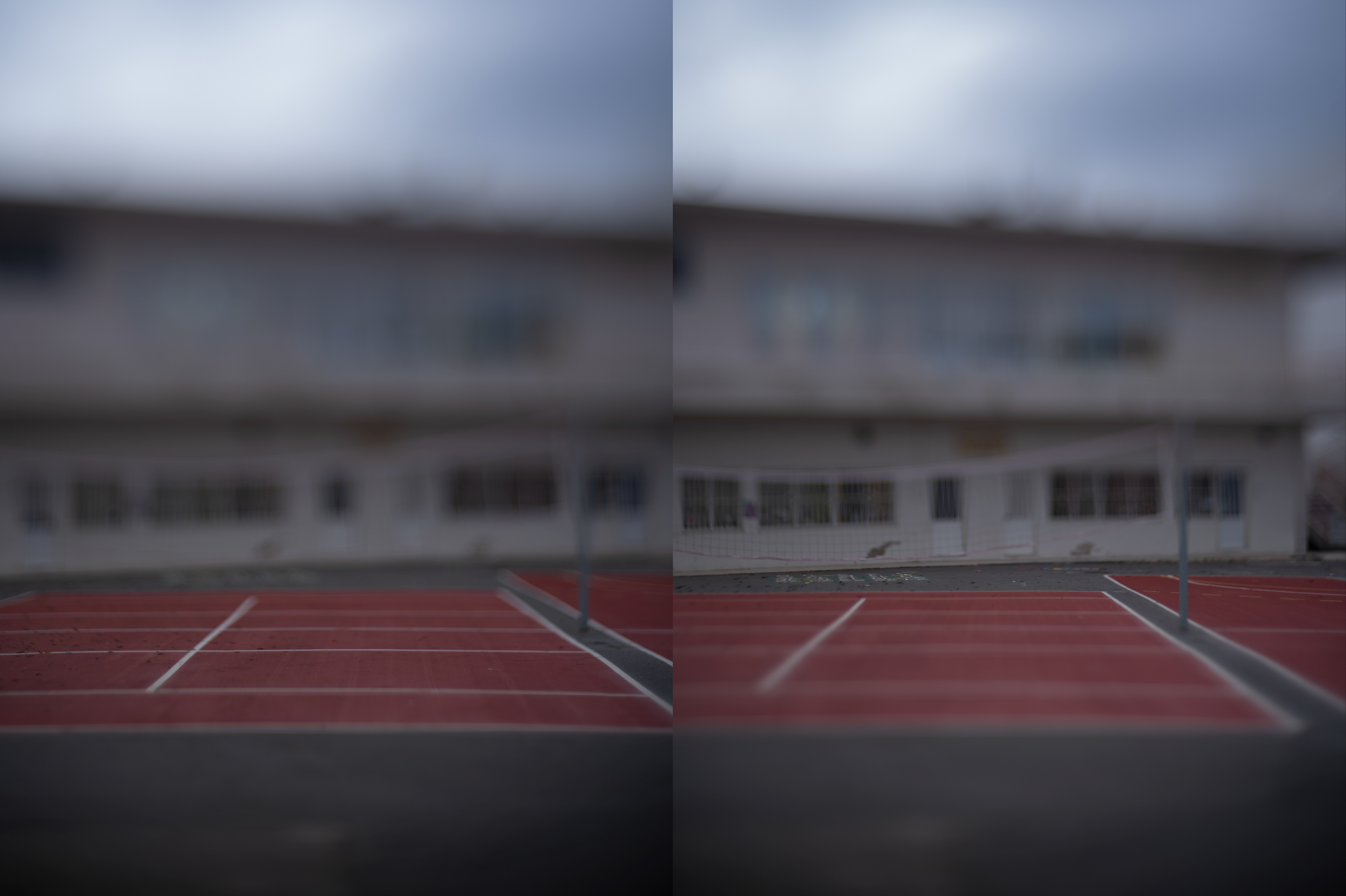
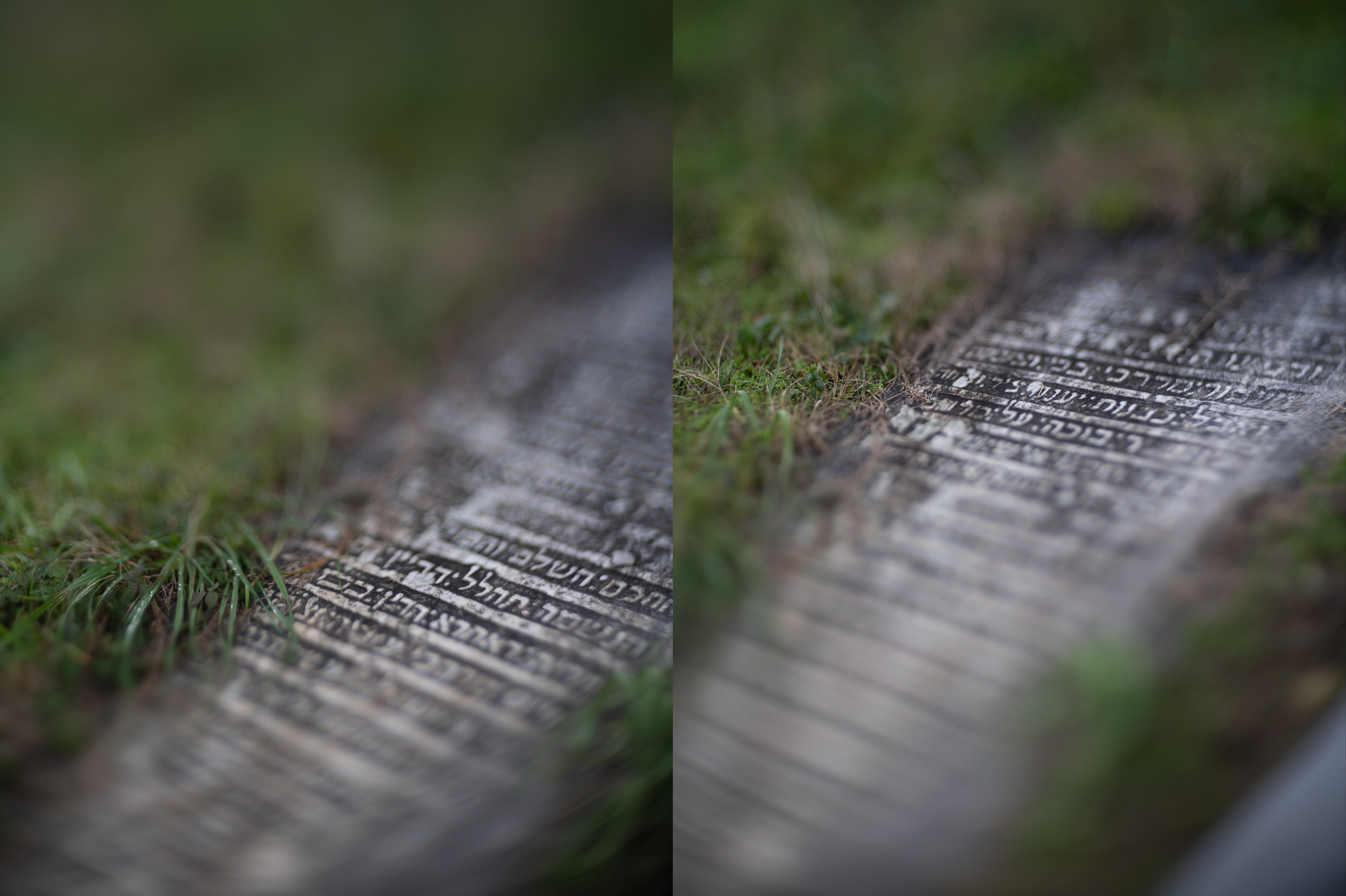

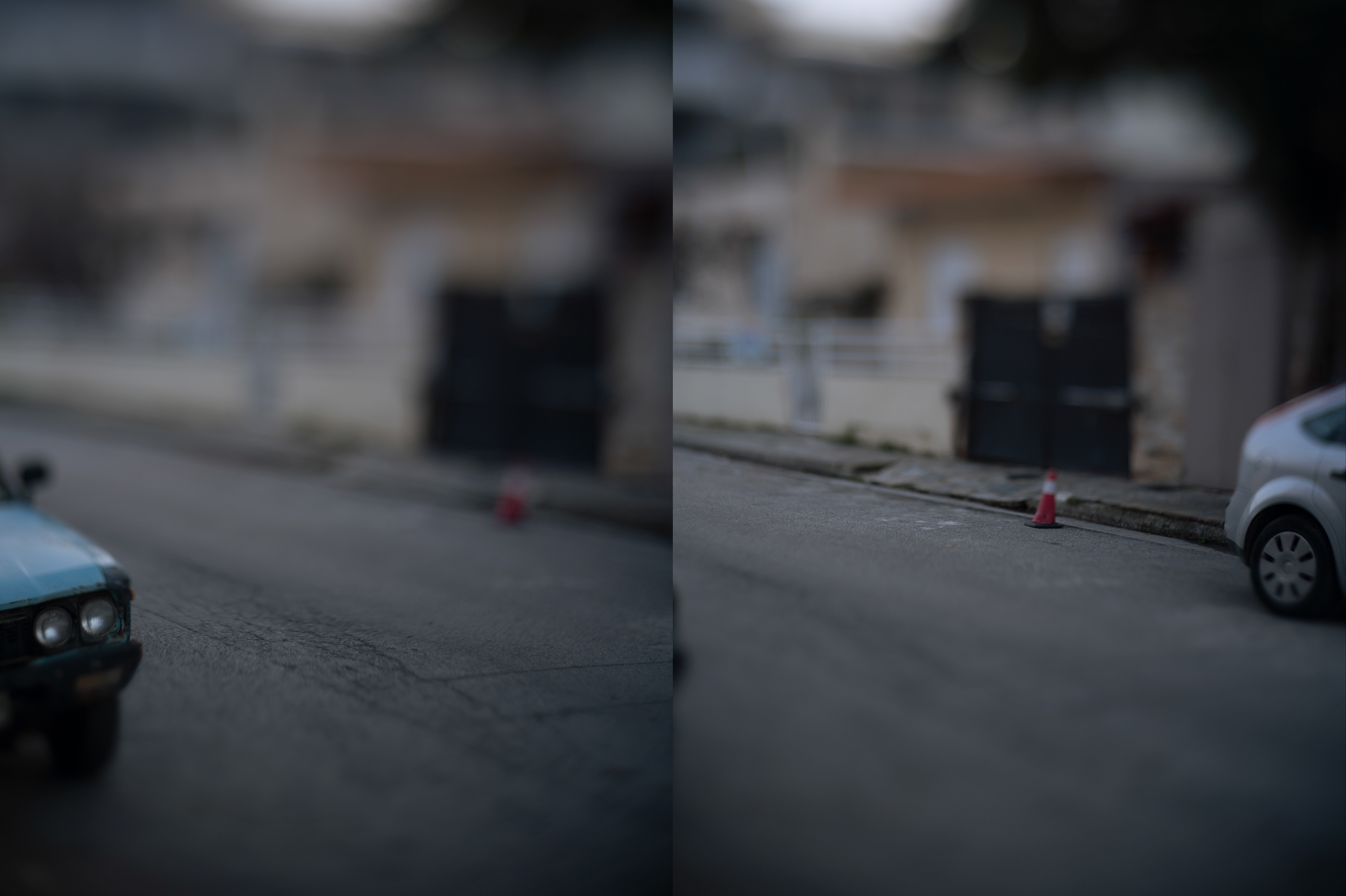

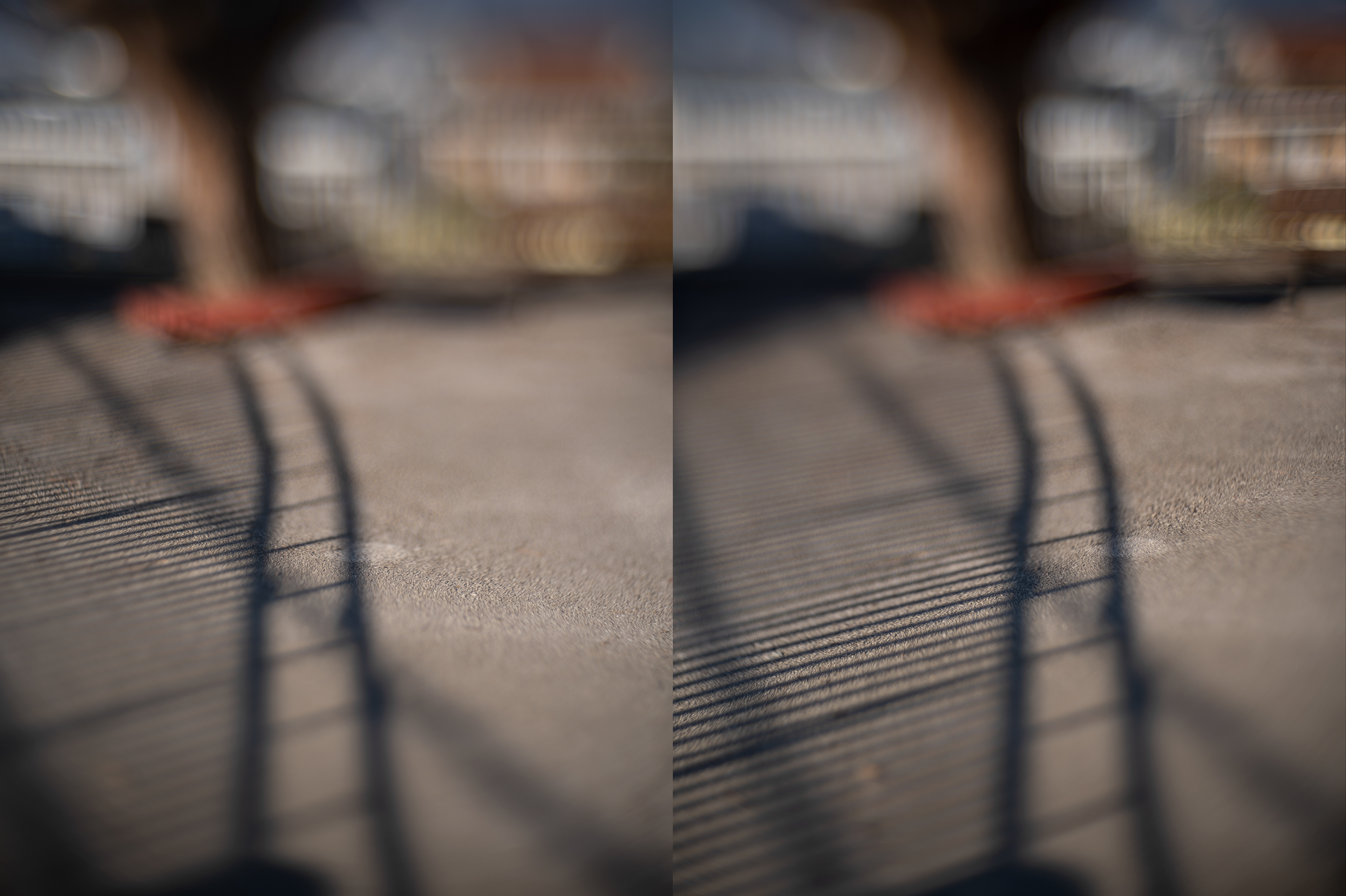

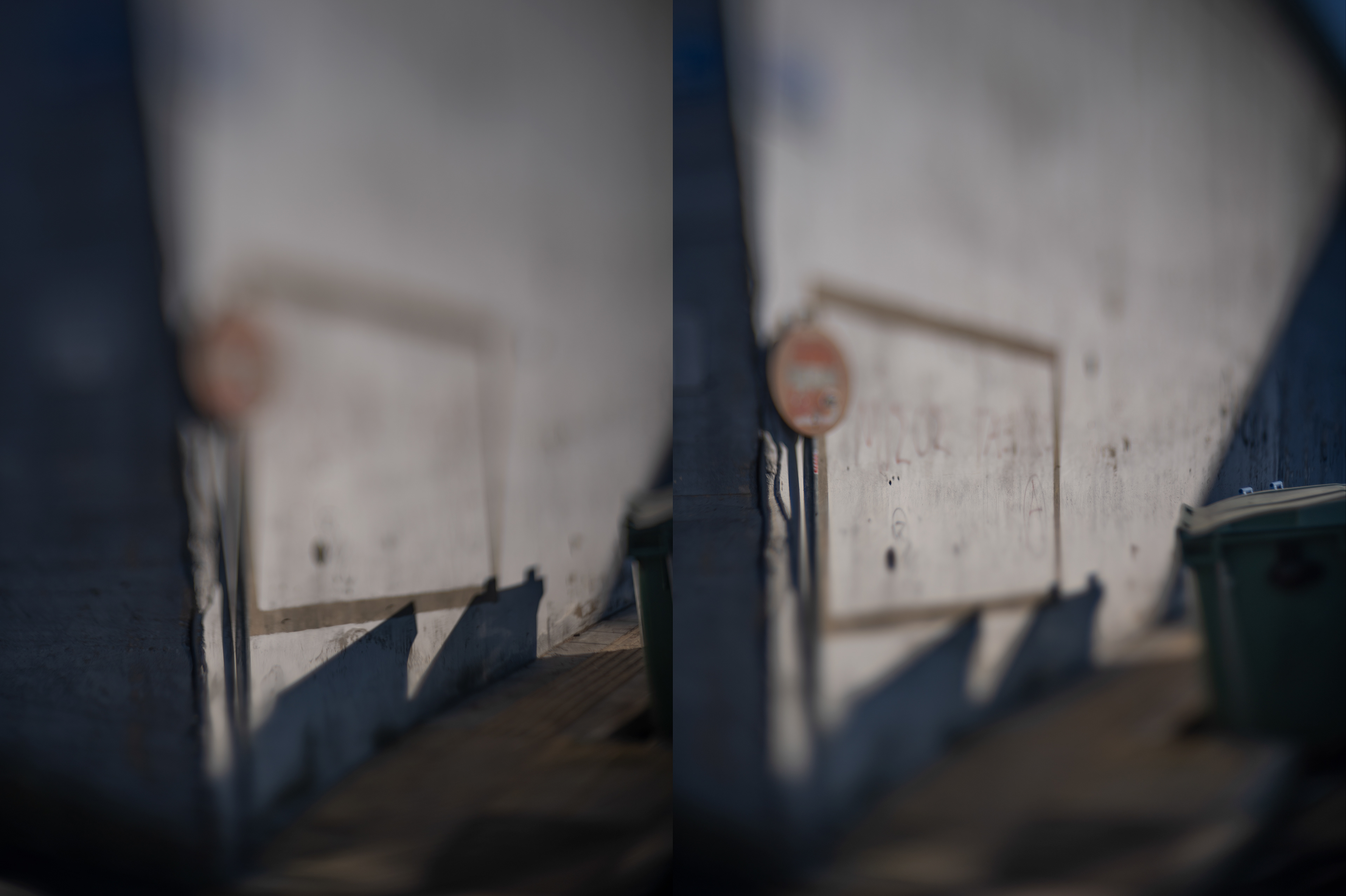
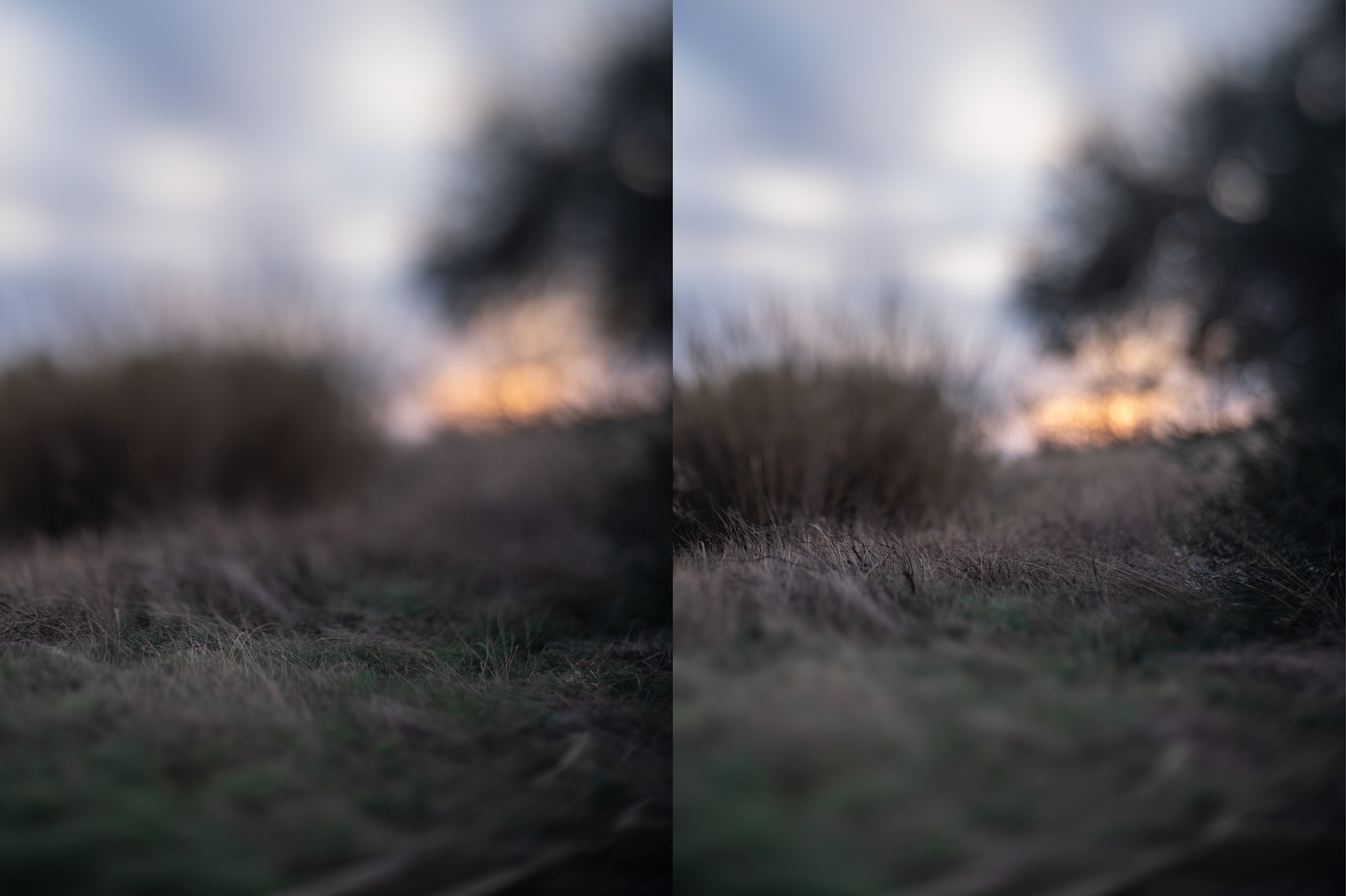

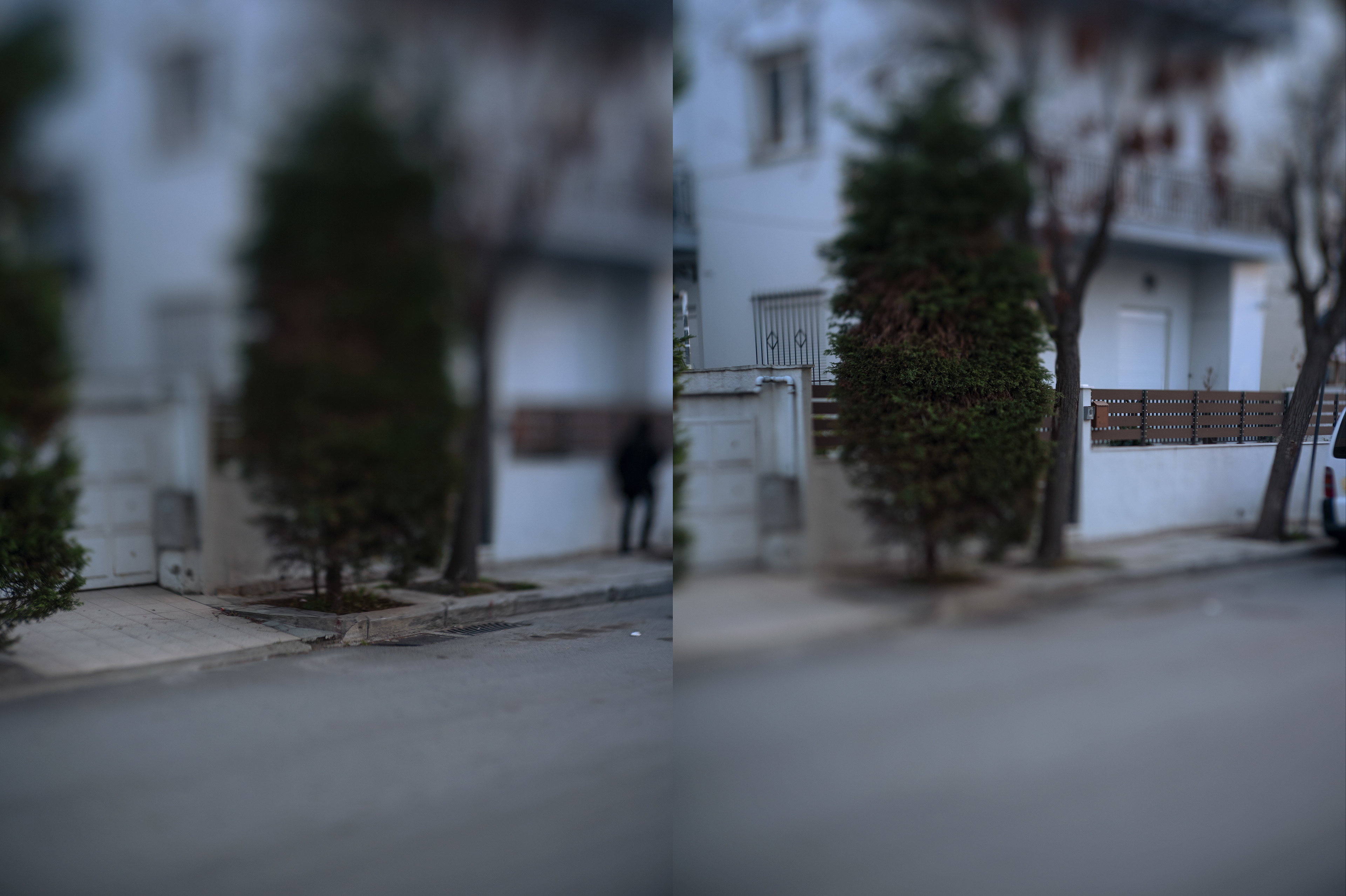
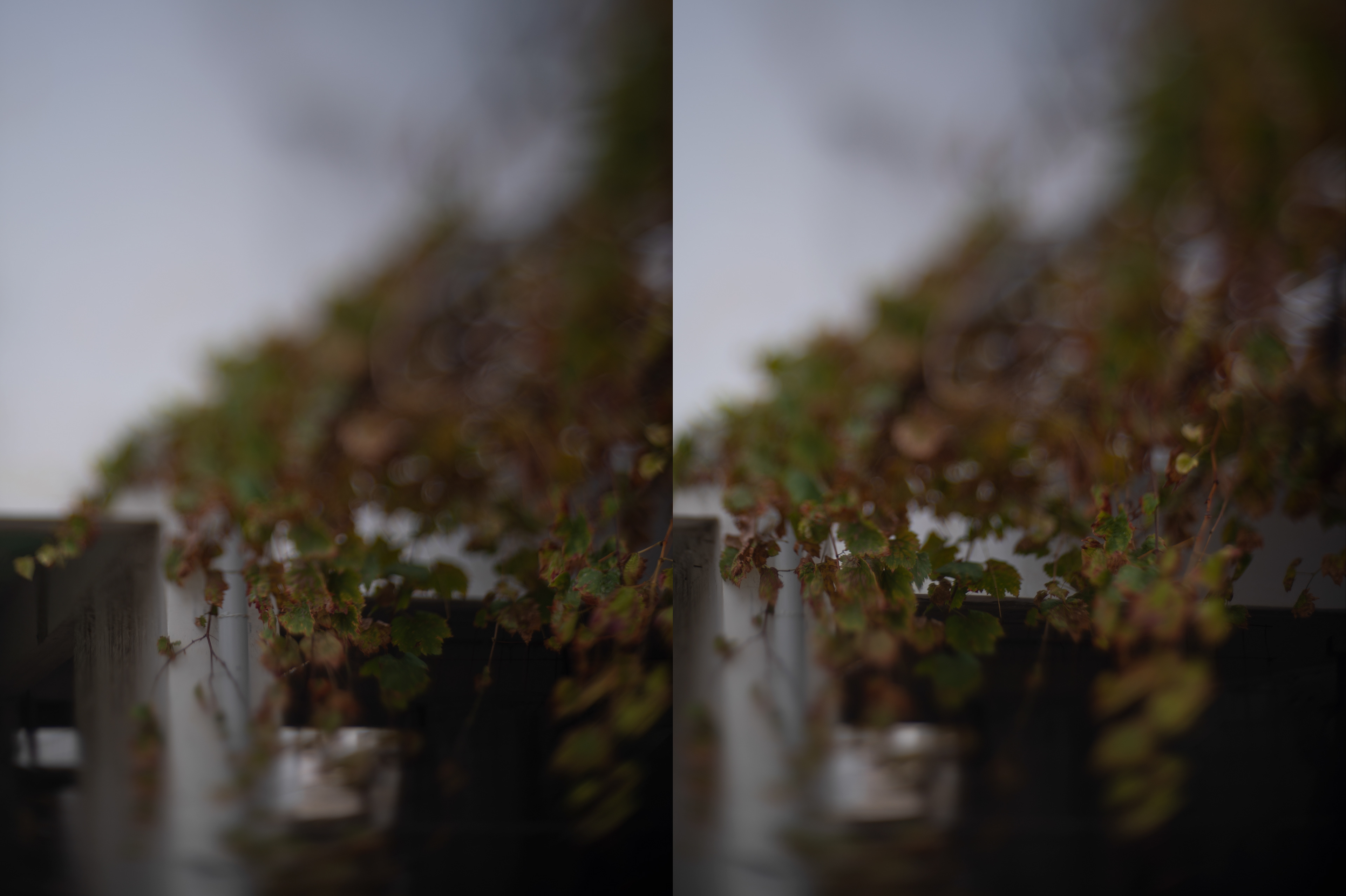
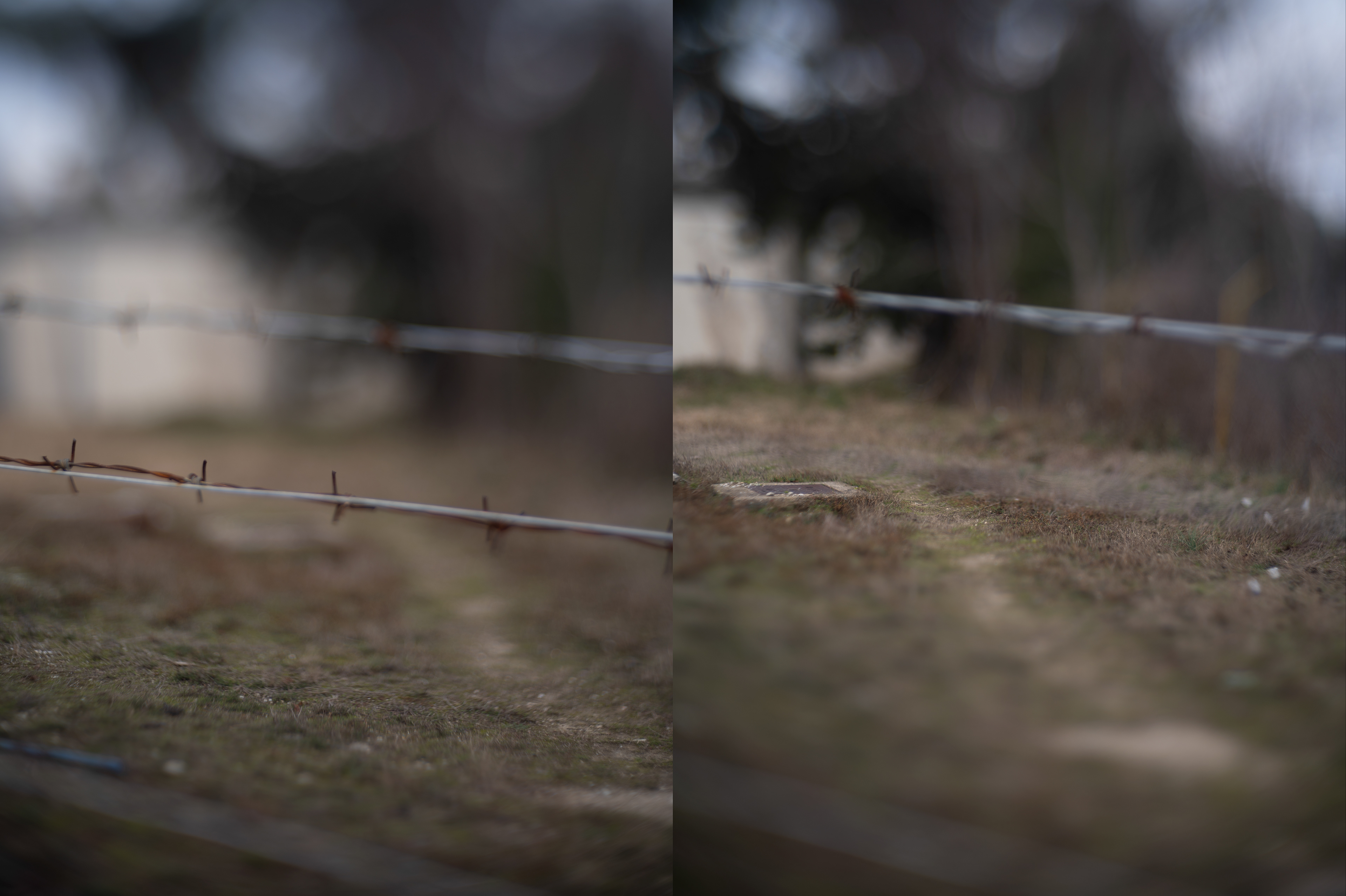
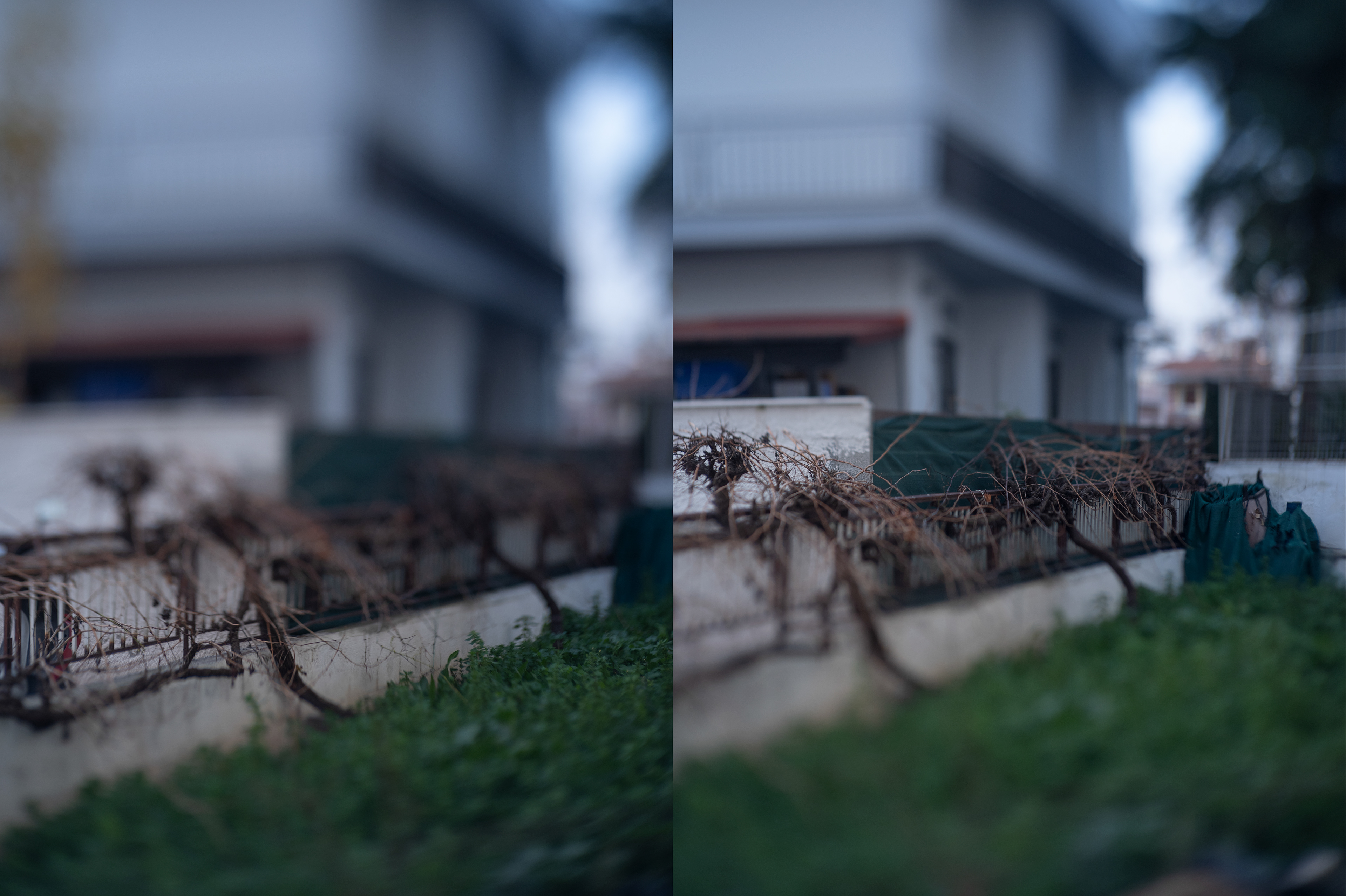
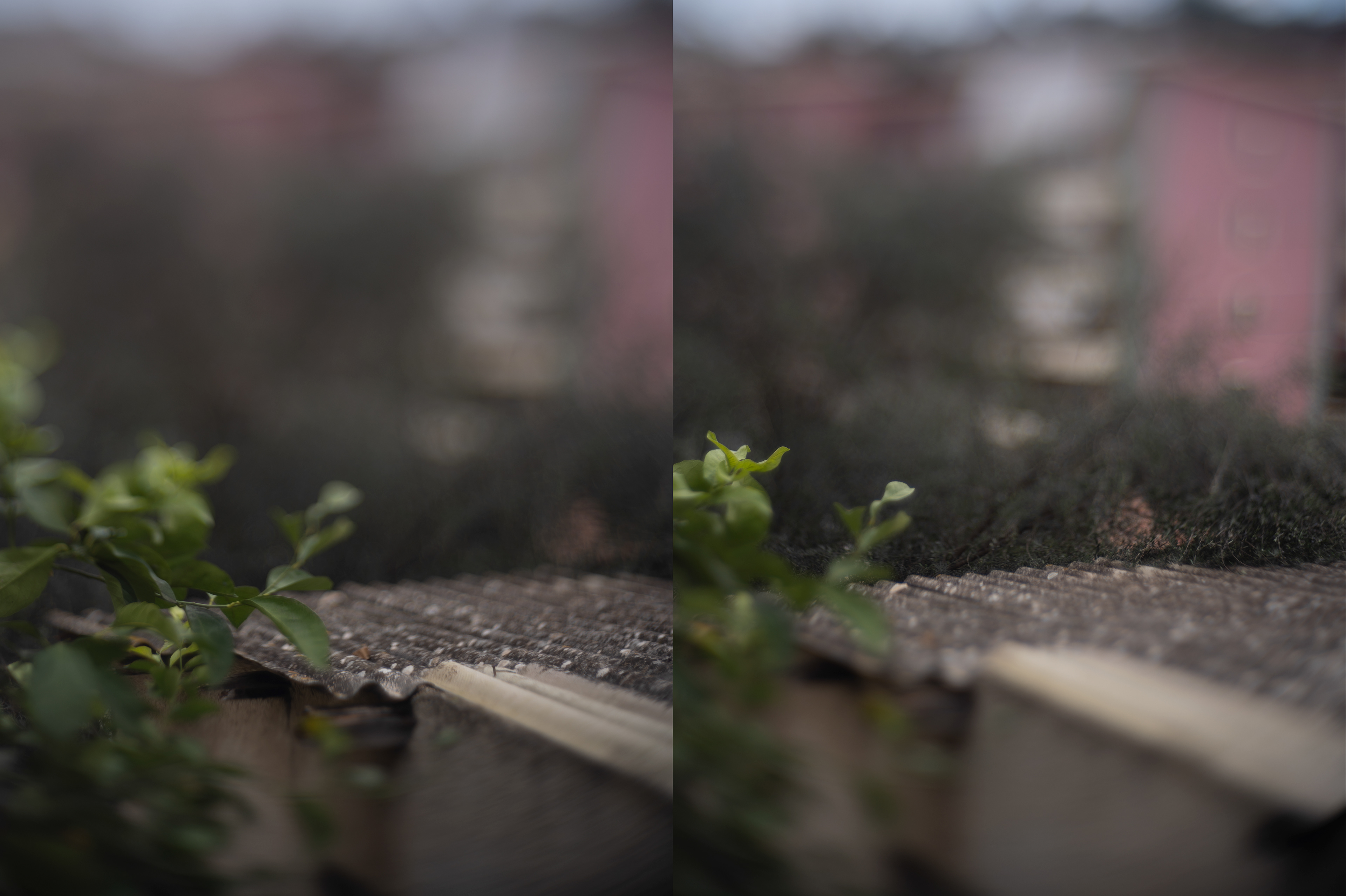
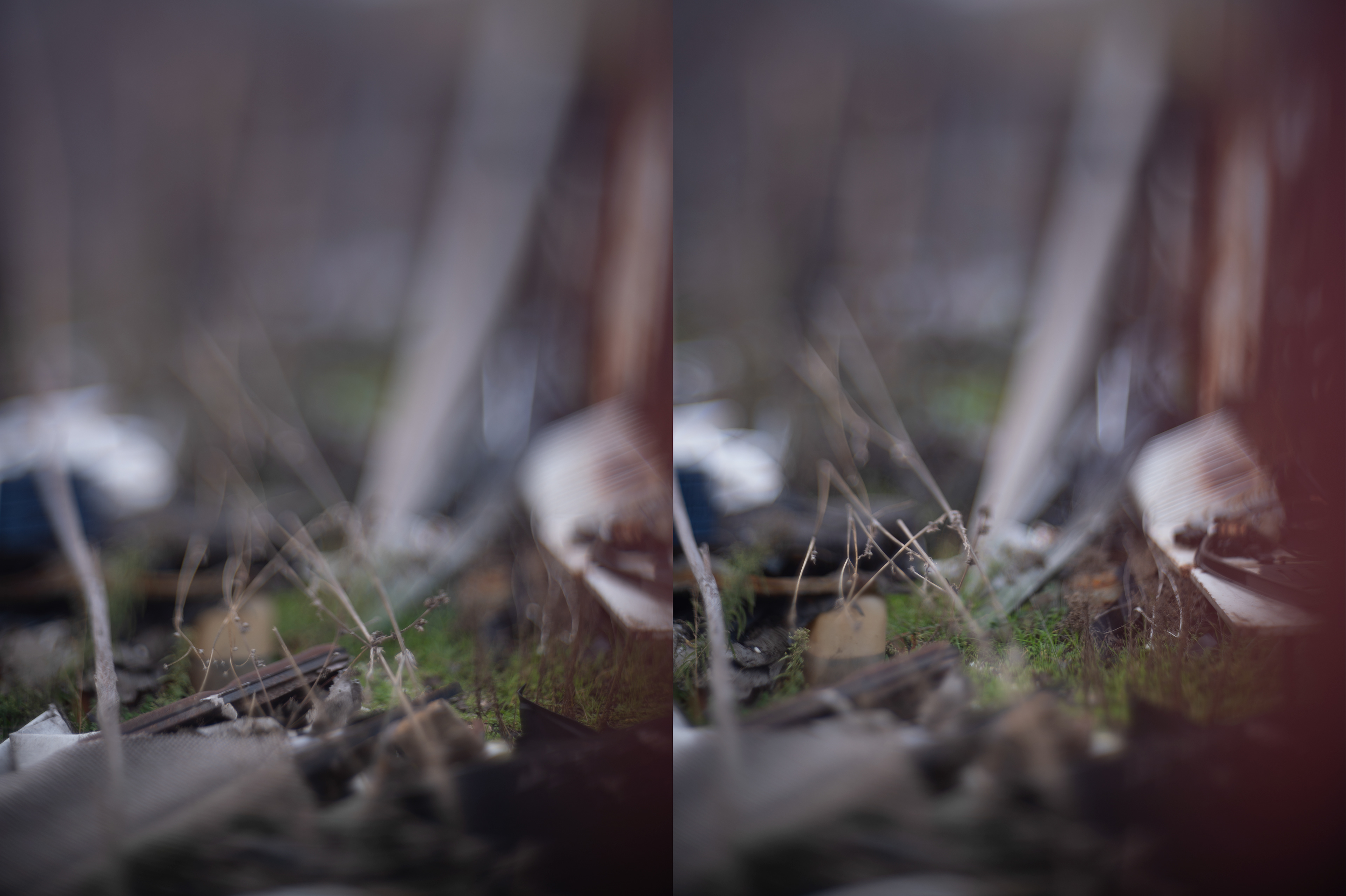
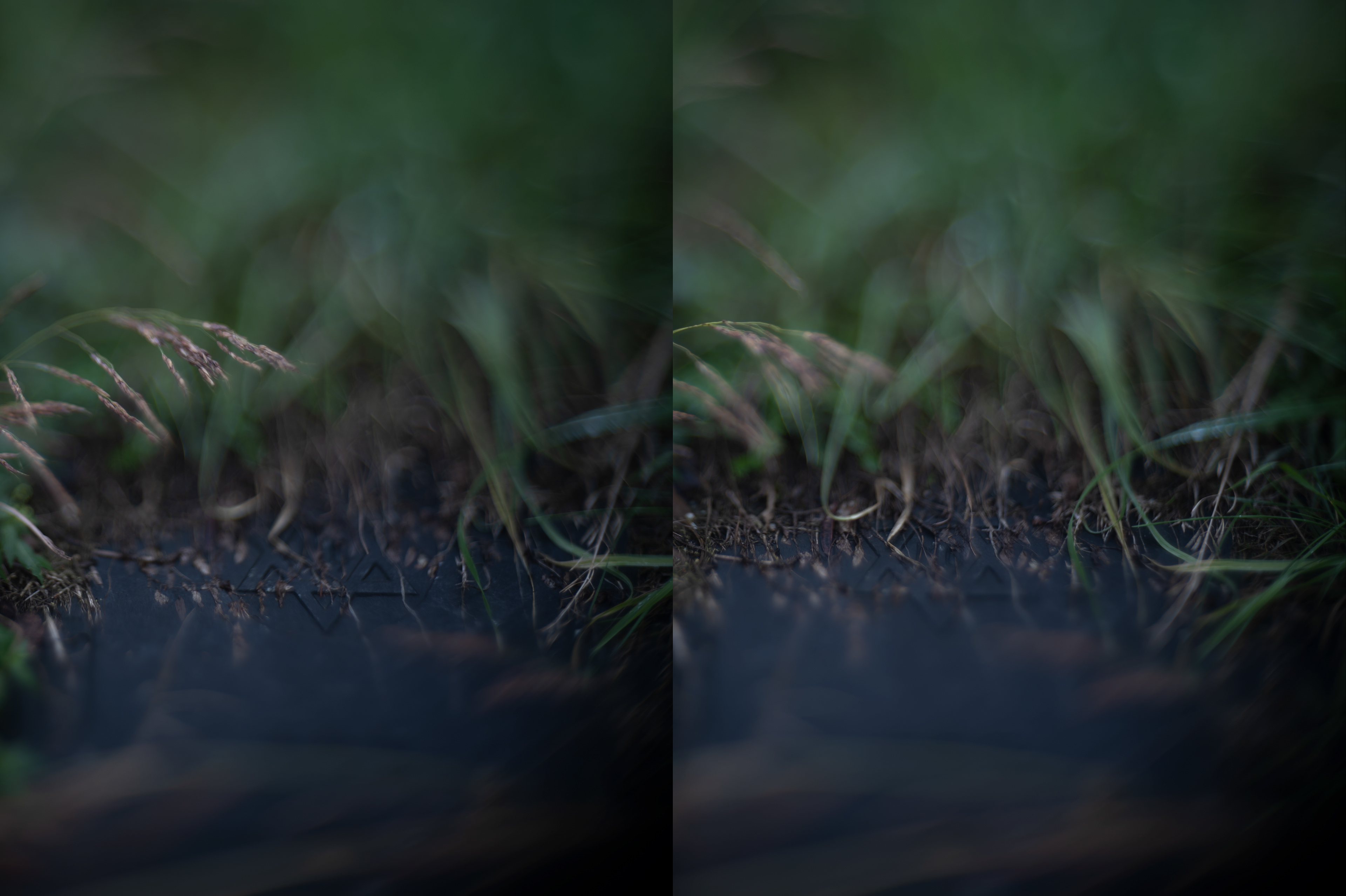
5. Elegy for the Tanaïs
A poem of remembrance for the Greek-owned German-requisitioned cargo ship sunk by a British torpedo on June 9, 1944, carrying approximately 500 captives being transported to Auschwitz, including members of the Cretan resistance, Italian prisoners of war, and the last of Crete’s Jews. The photographs were made at Chania’s seafront.

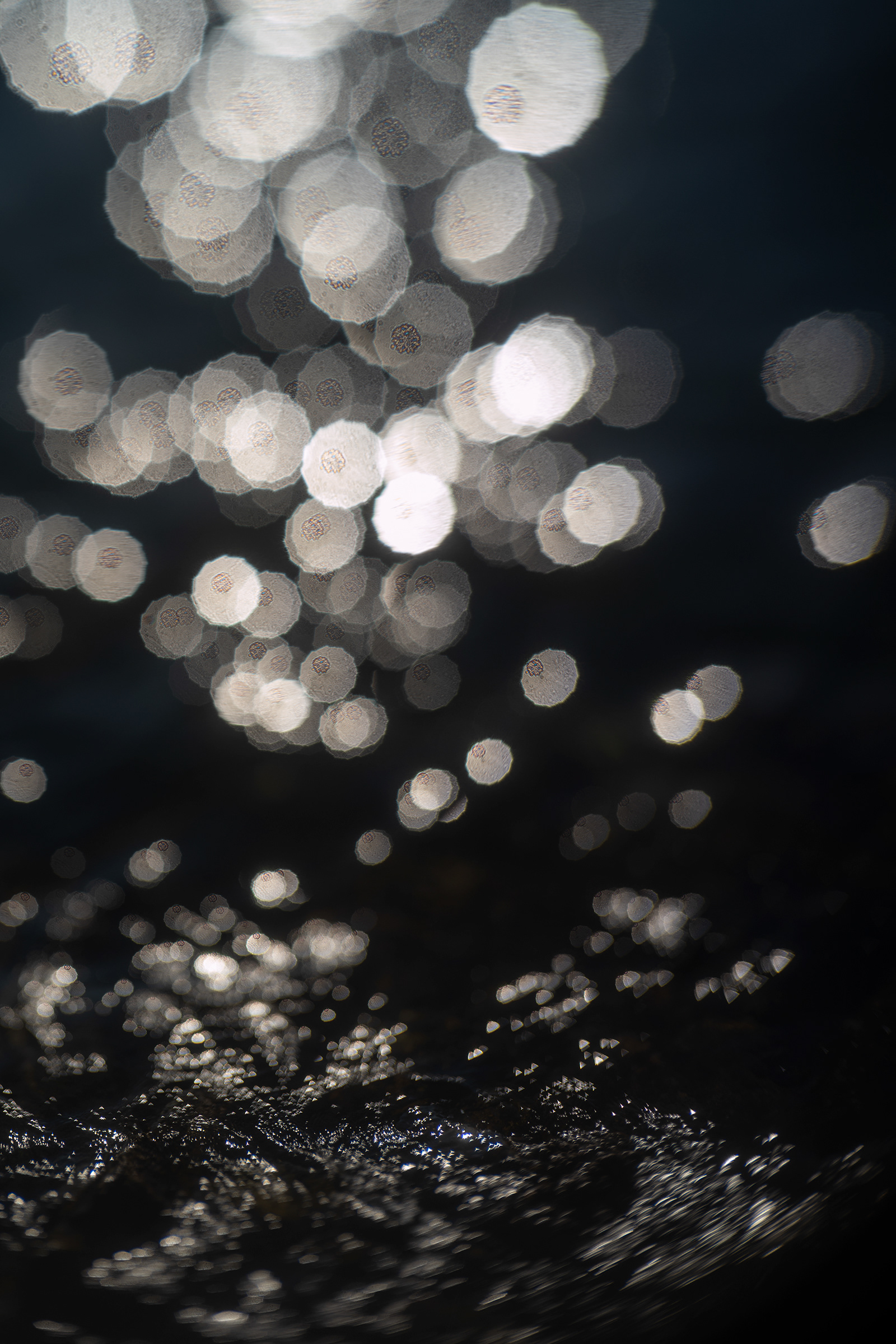
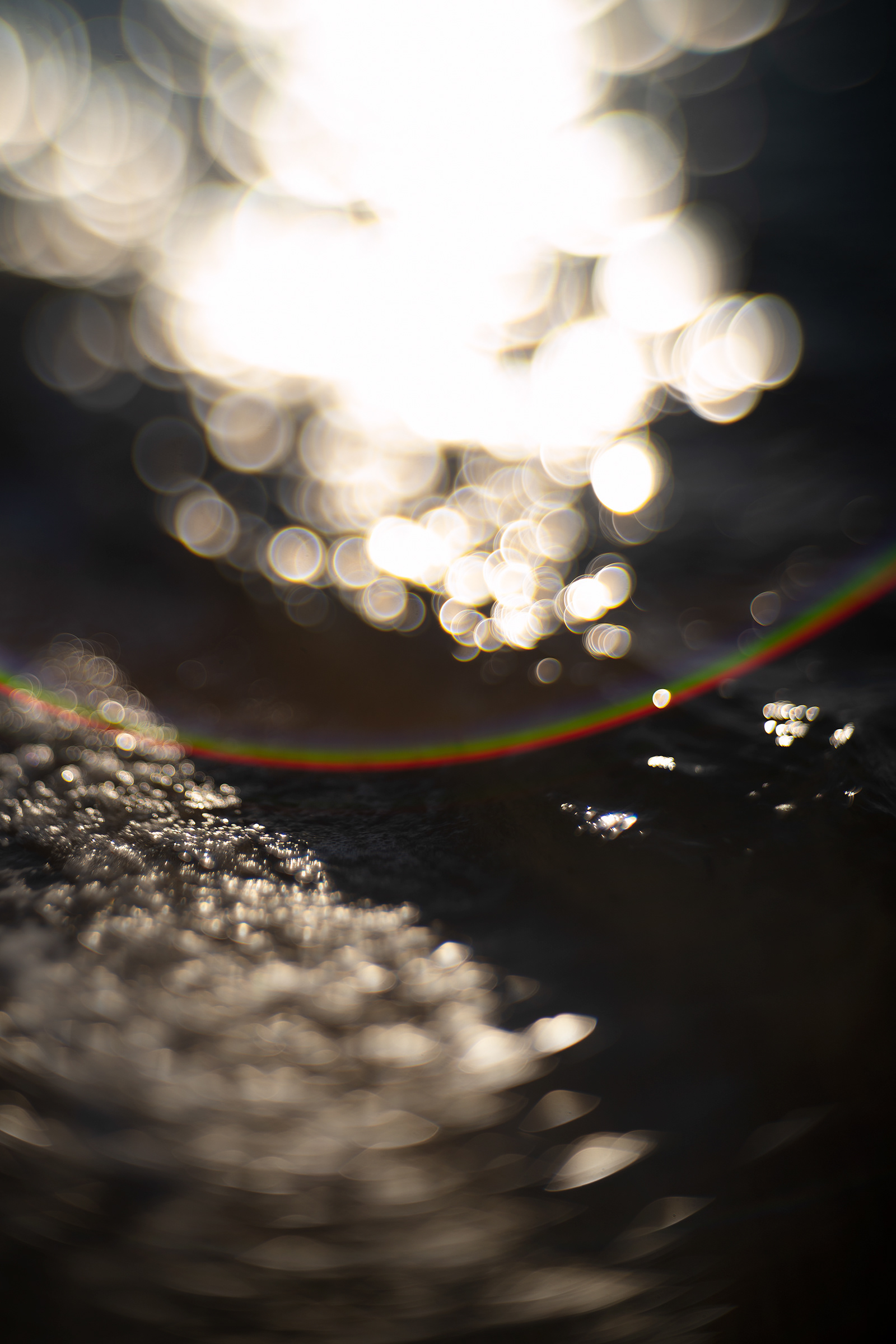

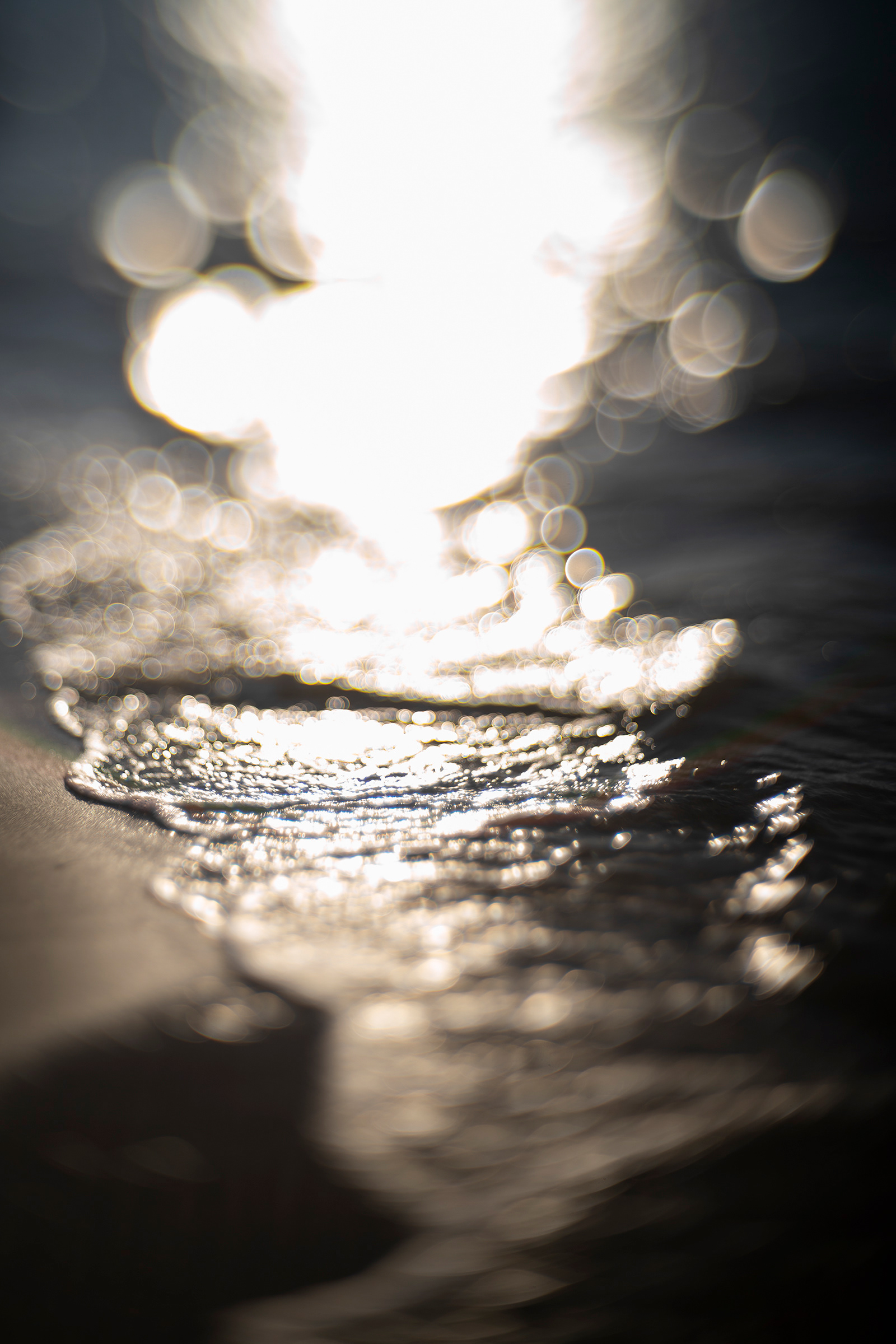
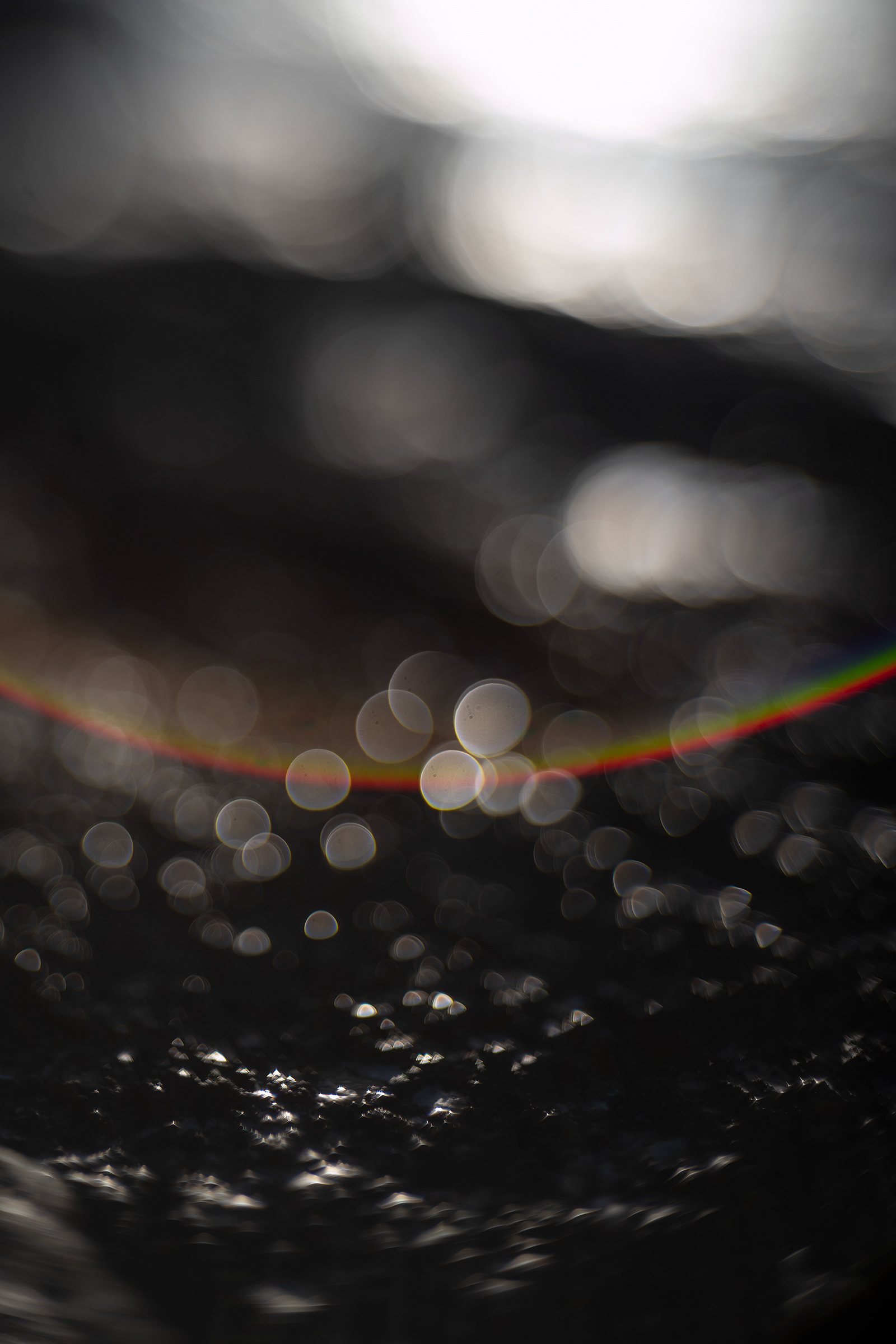

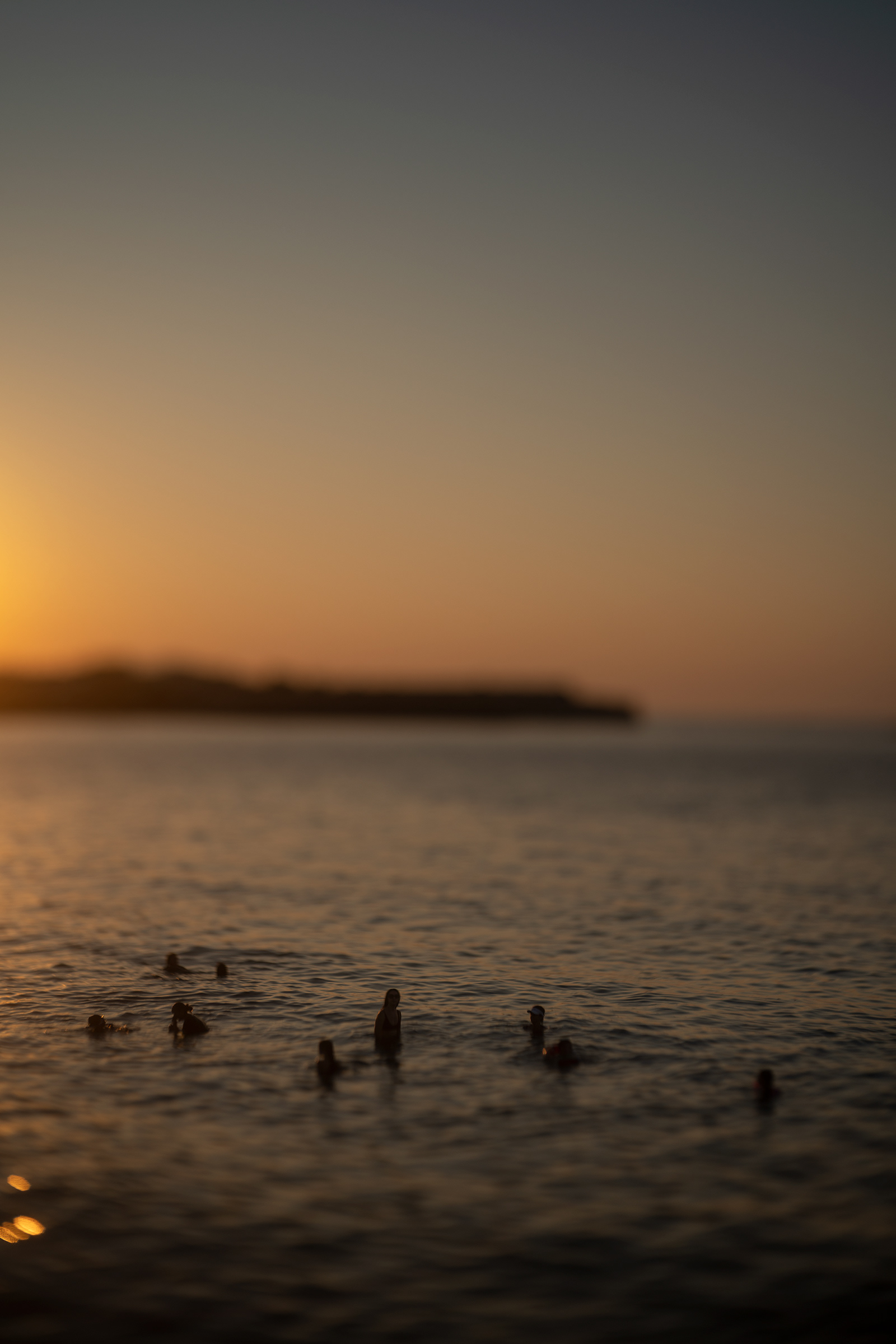
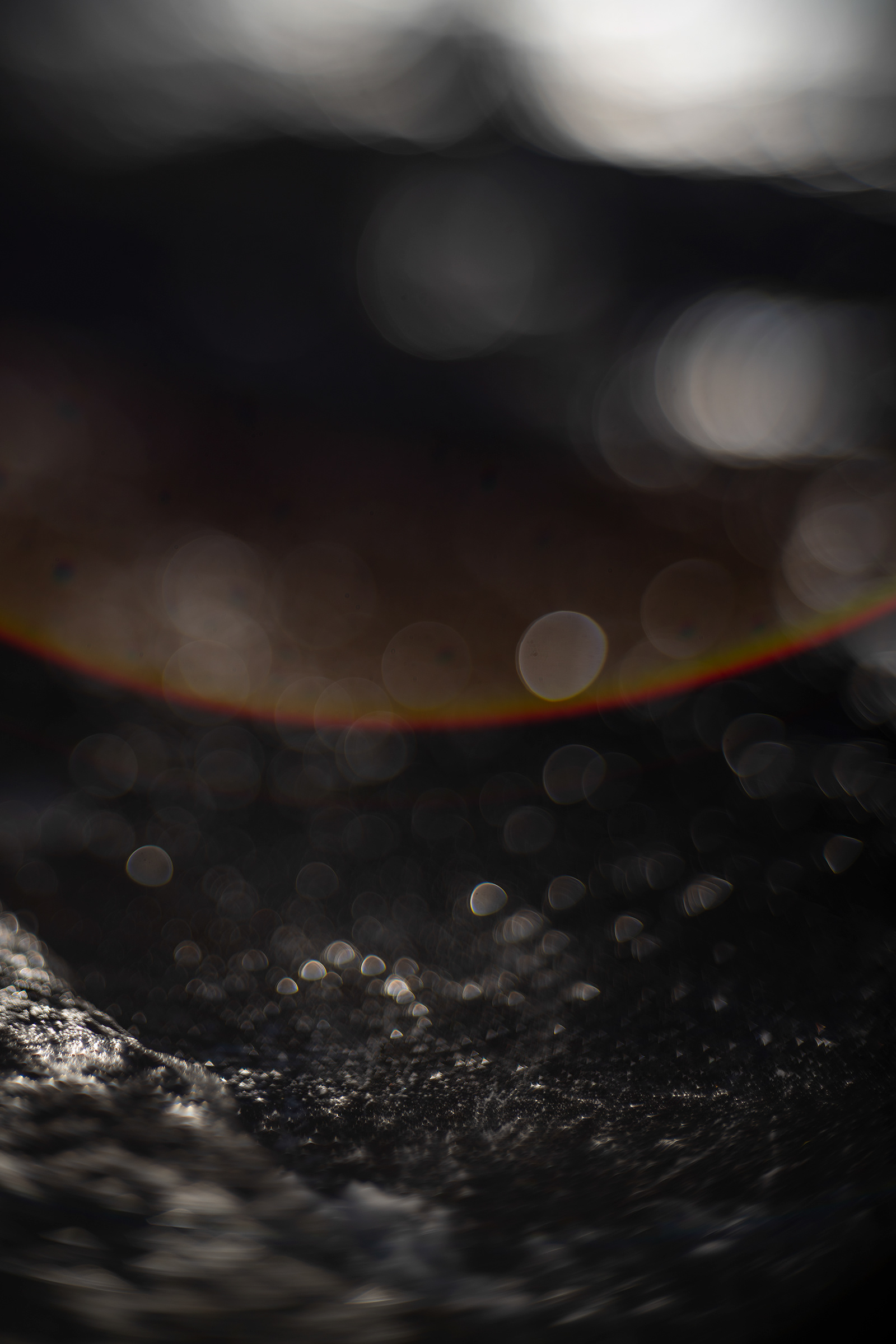

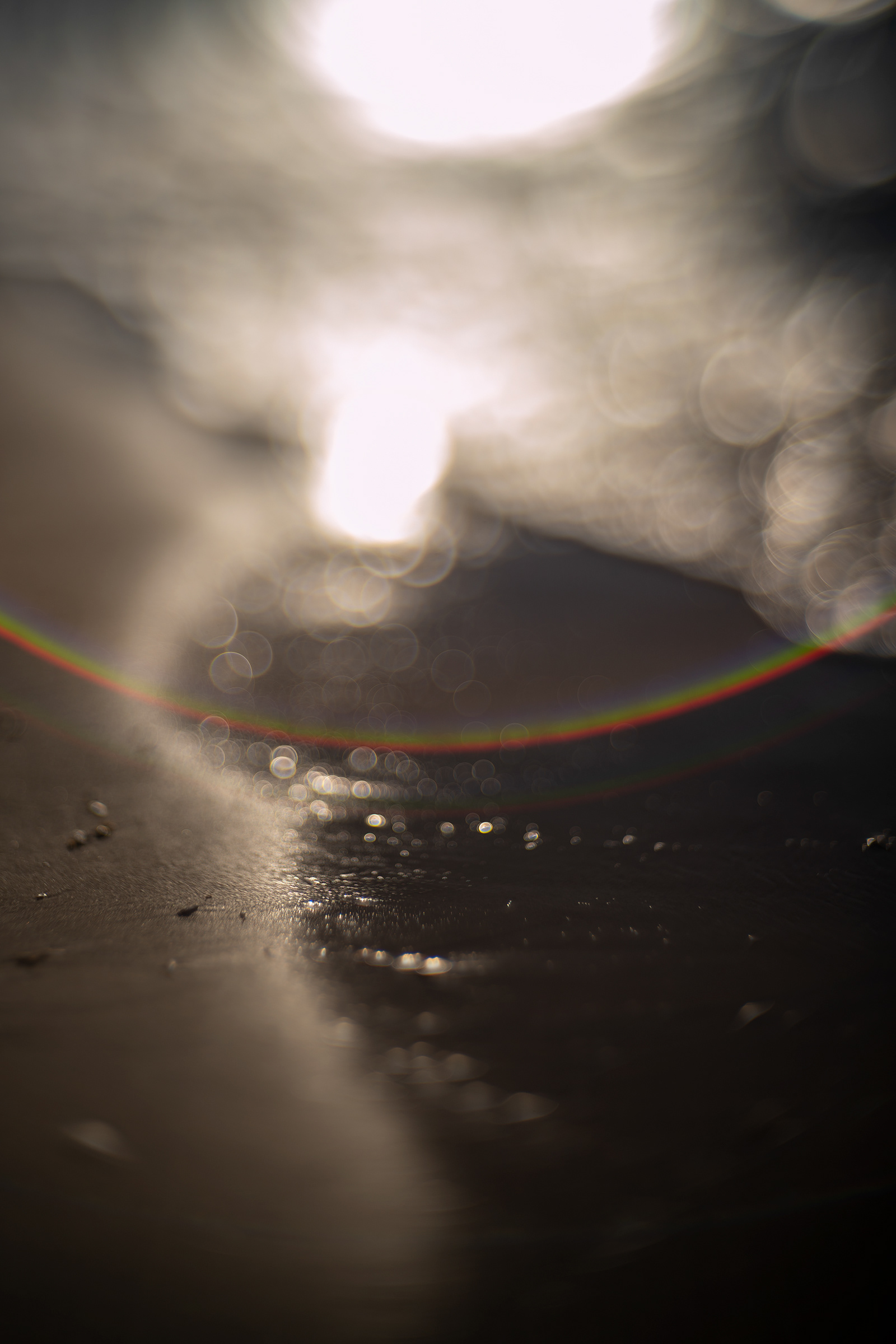

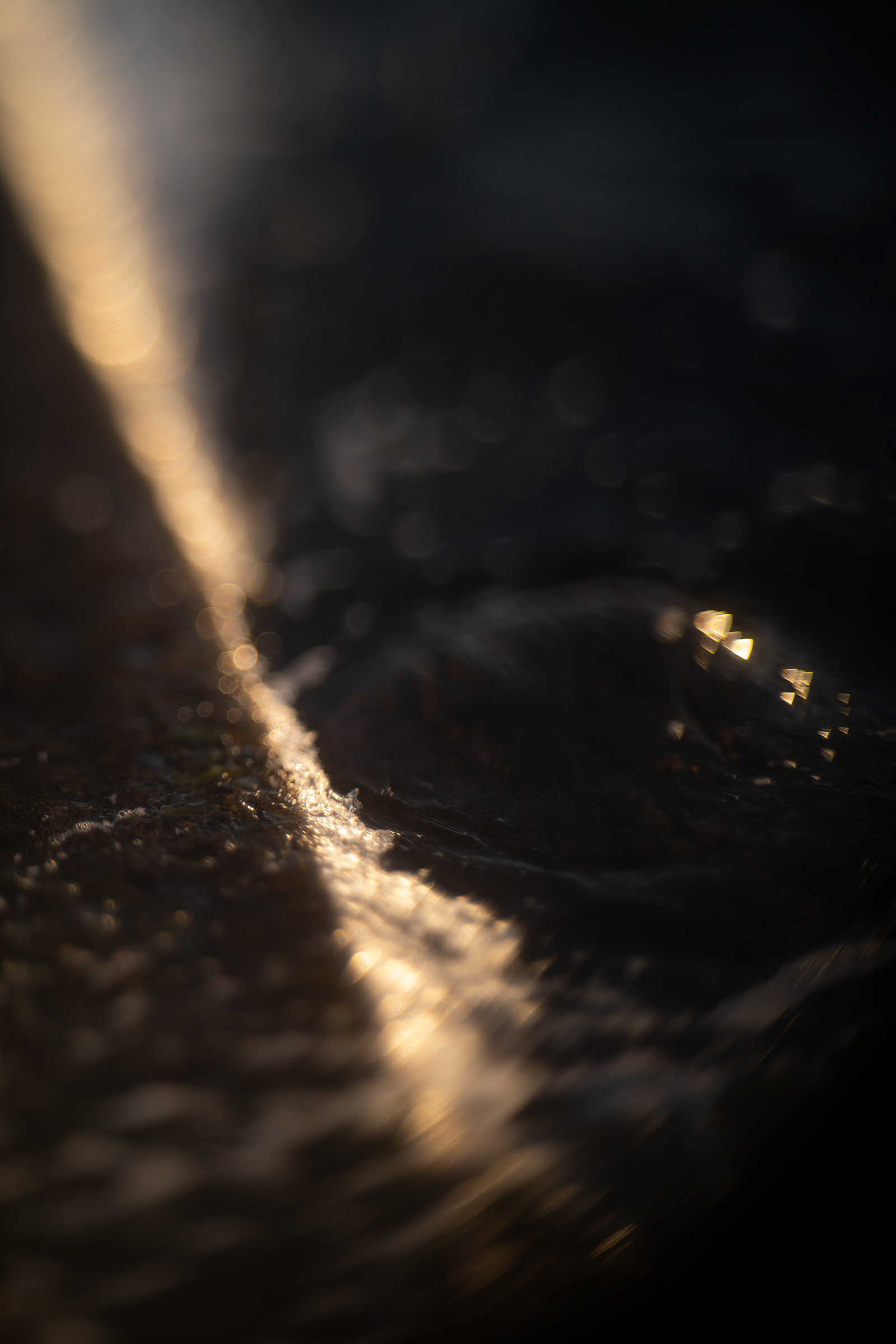
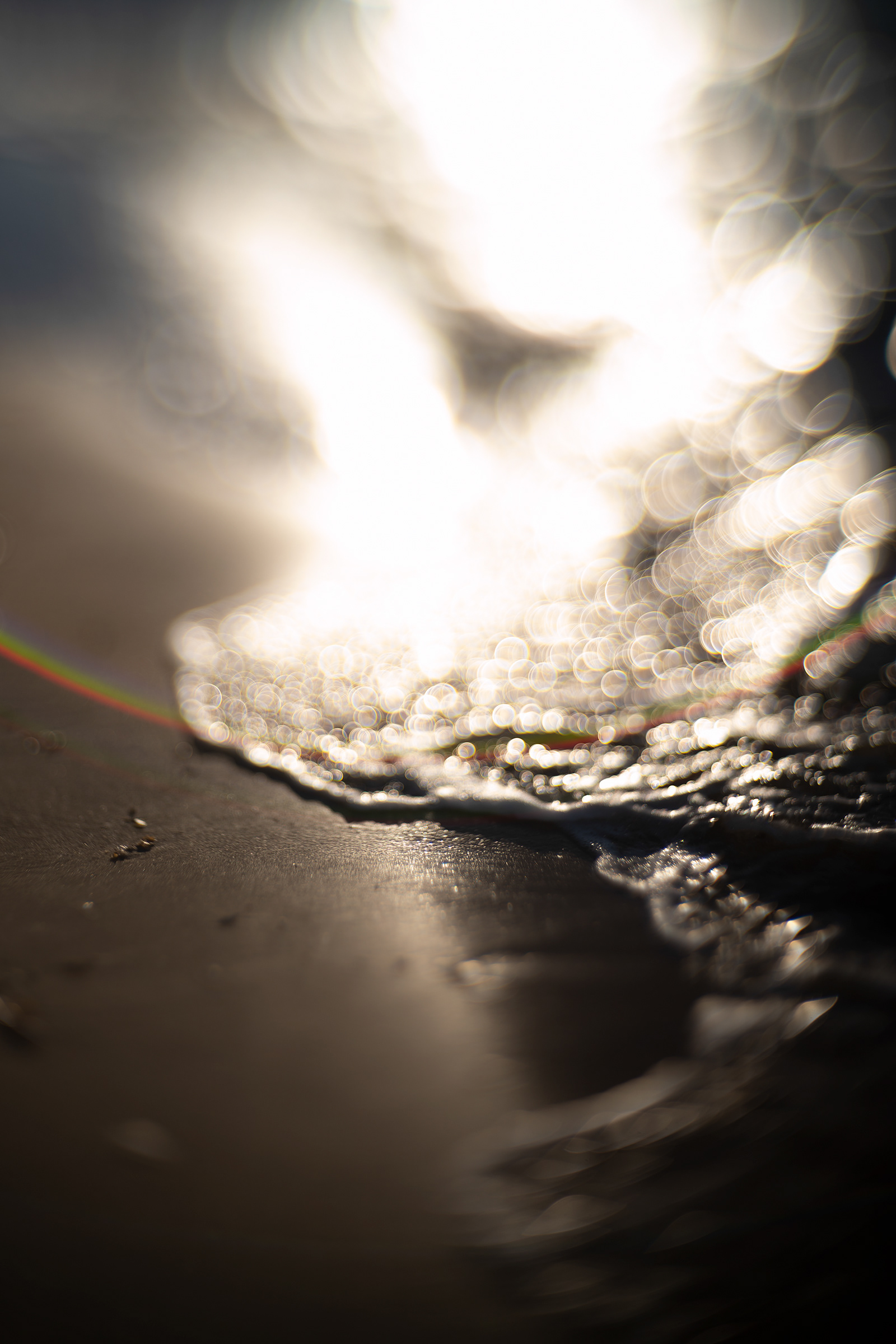
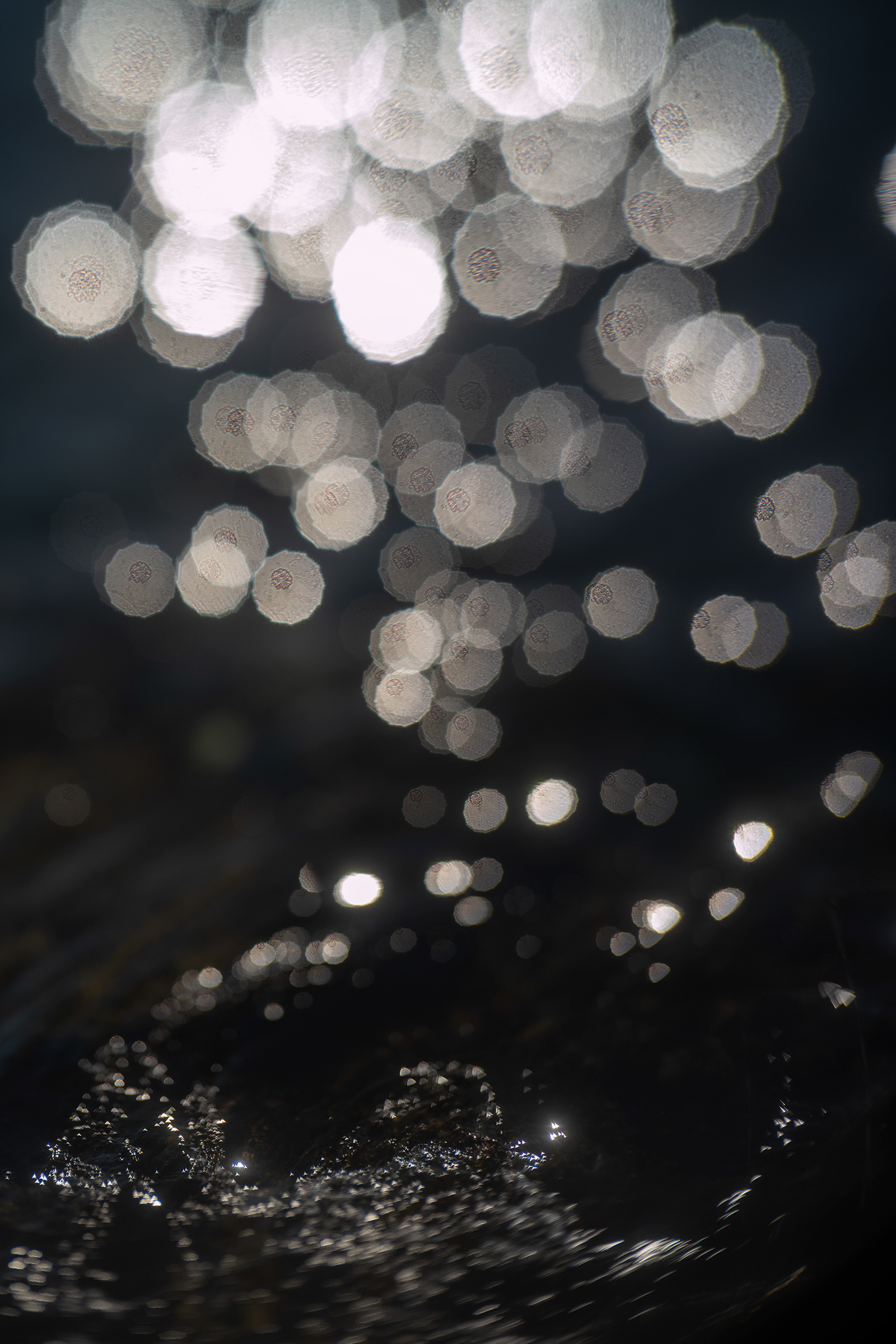
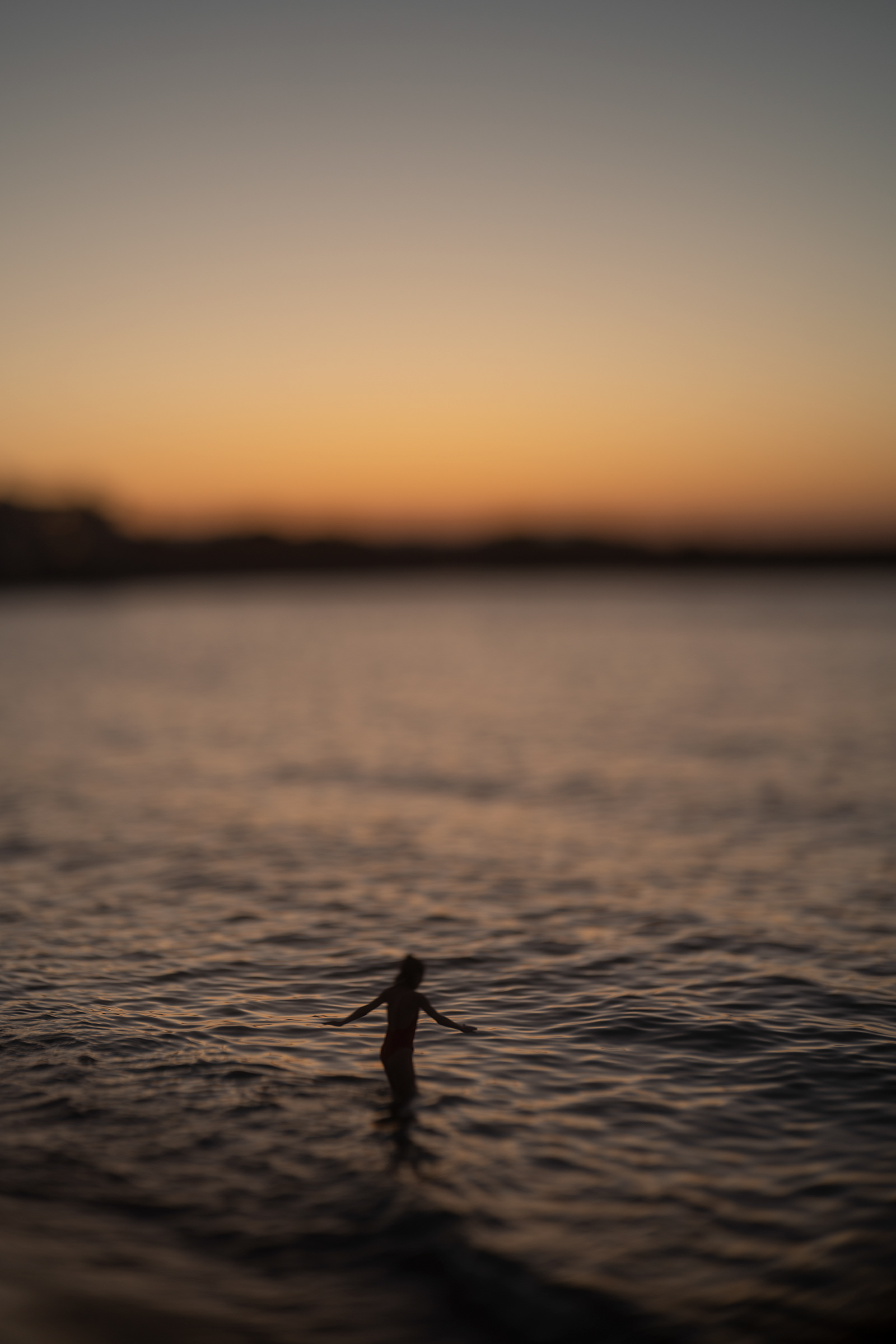
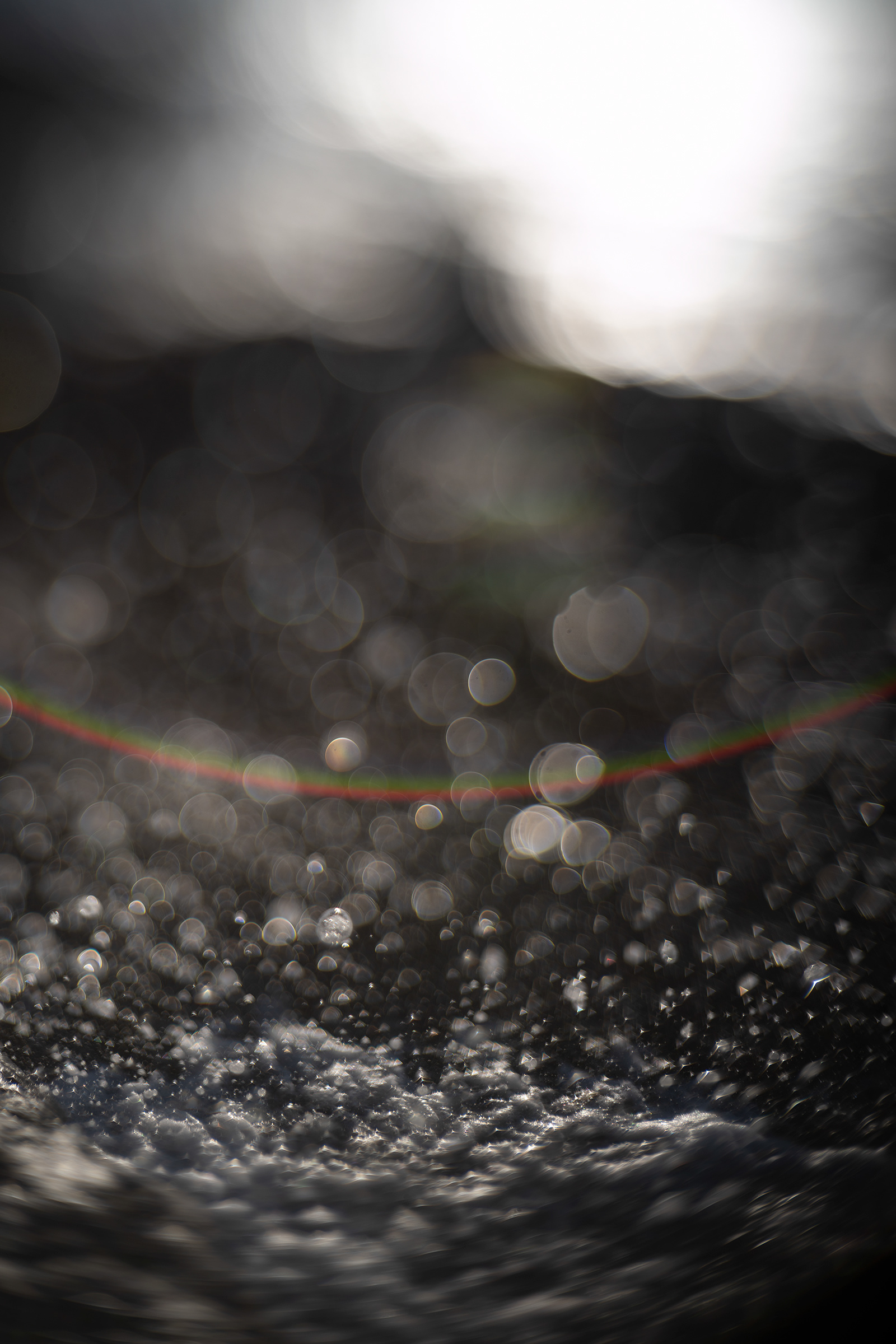

Technical notes:
I made these photographs using a Leica SL2-S digital camera, plus a Zeiss Sonnar 50mm f/1.5 lens, made in 1953 for a Zeiss Contax rangefinder. I adapted the lens idiosyncratically by attaching it to a large format lens board fitted with a home-made light shield, which—with practice—allowed me to develop a freehand method for camera movements. The aesthetics of these photographs are similar to what I developed over many years with the 4x5 view camera, namely the visual dialectics of a narrow focal corridor running through—cutting through, wounding—an inchoate visual field. (I write in some detail about the philosophical aspects of this kind of visual thinking in my 2021 book, Alive and Destroyed: A Meditation on the Holocaust in Time.)
“Elegy for the Now-Bodied Now” uses this form to make a stereo elegy. Seen as a diptych, the photographs set forth an exchange between complementary observations—a kind of relay or perpetual re-encounter of not-quite-likeness. Seen through a conventional stereo viewer, in which one eye sees only one image, these photographs trigger an involuntary neurological response in which the brain attempts to synthesize them into a single mental image, following the ordinary neurology of seeing. In this case, the contributing images disallow such synthesis, instead inducing an experience of what neuroscience calls “binocular rivalry.” The effect is different from person to person; I would call it something like recognition vitalized toward irrecognition. By forcing the brain to grapple with an insoluble puzzle of comprehension and incomprehension, the photographs transform the body of the viewer into the site of loss.
Each of these elegies consists of dozens of photographs; for symbolic purposes I offer them here in sets of eighteen or thirty-six, prefaced by one. Eighteen: the number that in Hebrew also means the word חי (“chai”), life, aliveness, existence-in-itself—the best word I have to approach the Jewish nothing. Thirty-six: all of that, doubled. One: because eventually, echad.
For DNM / Chania, 2023 & Montreal, 2025